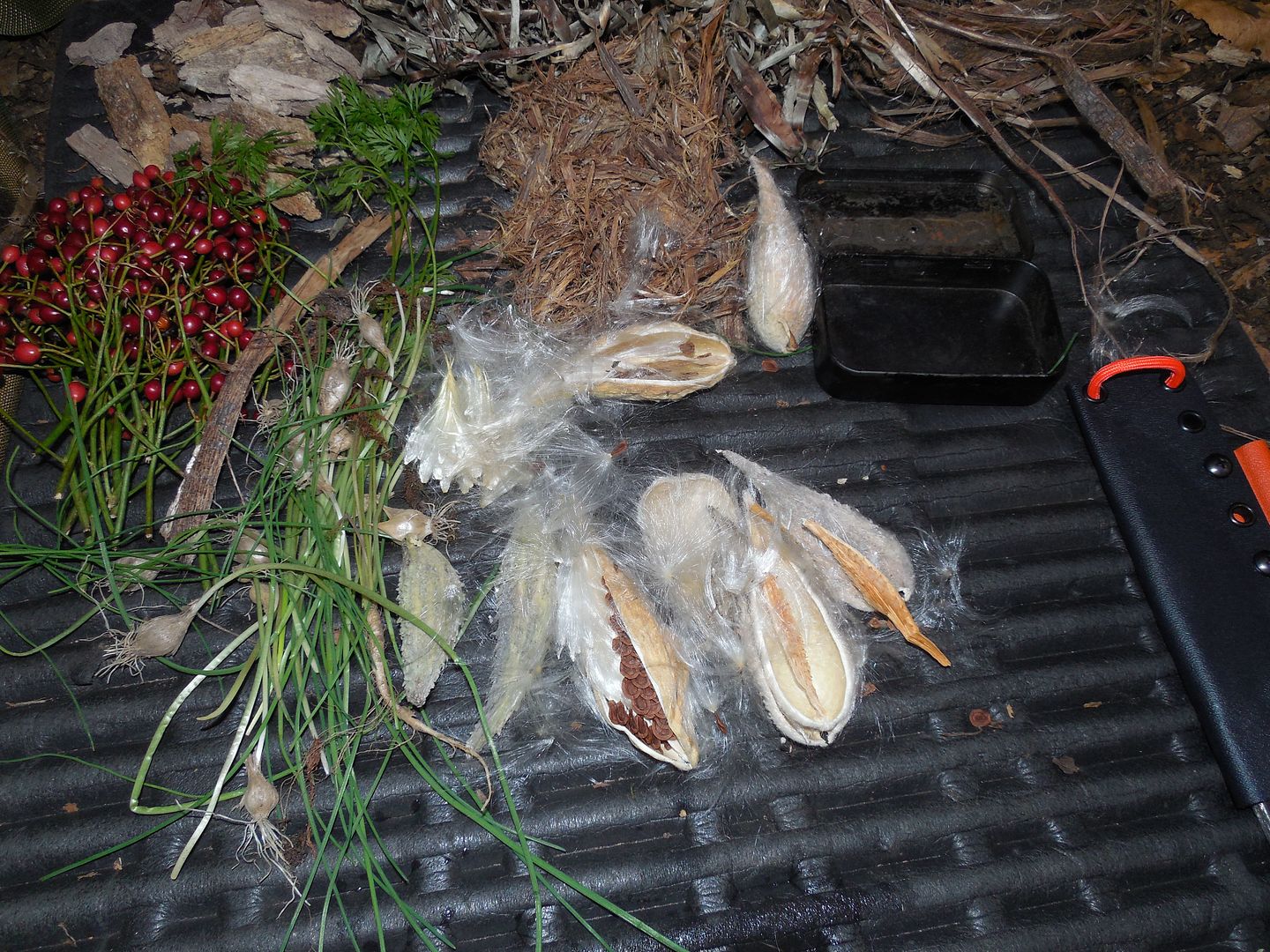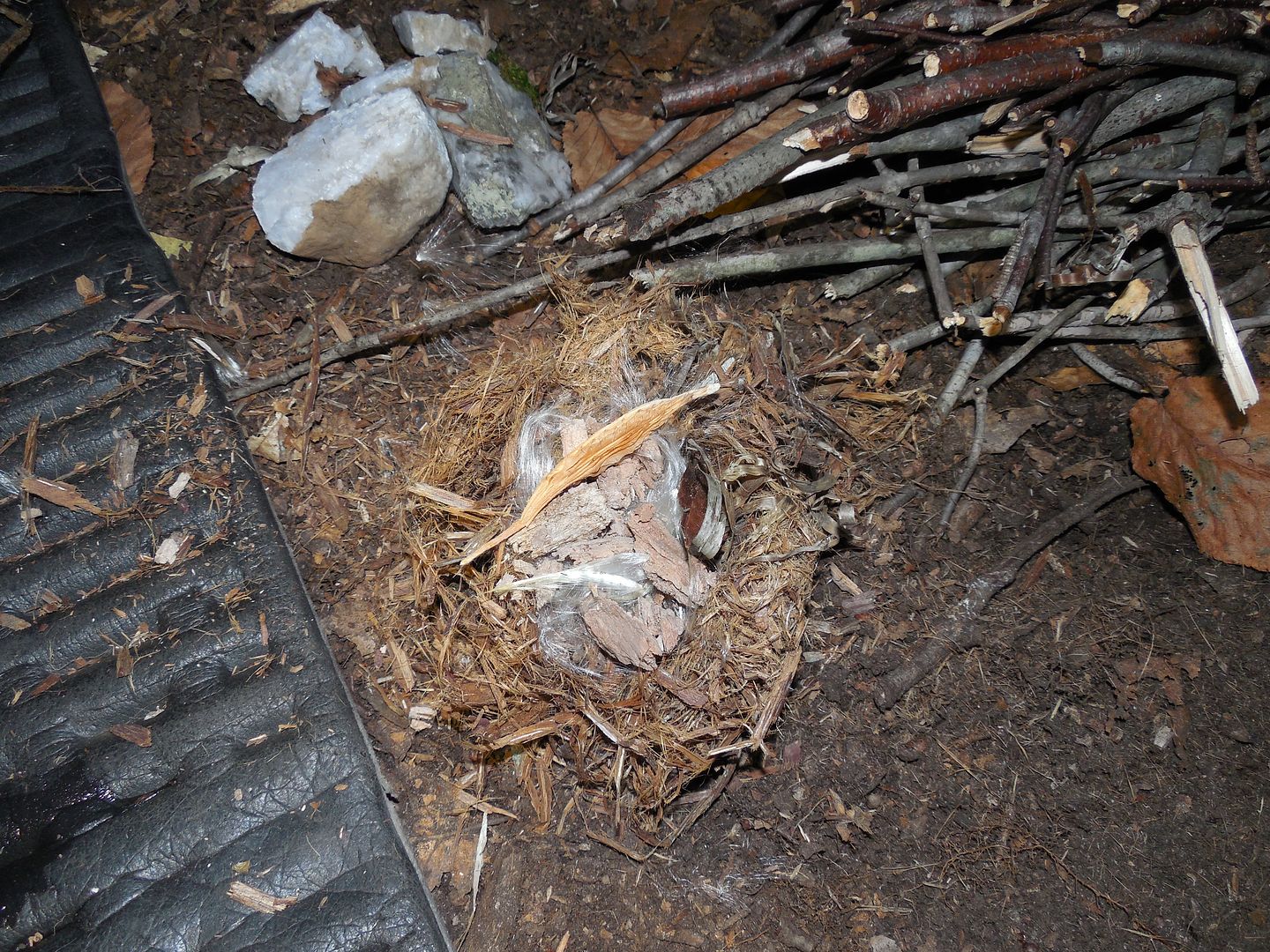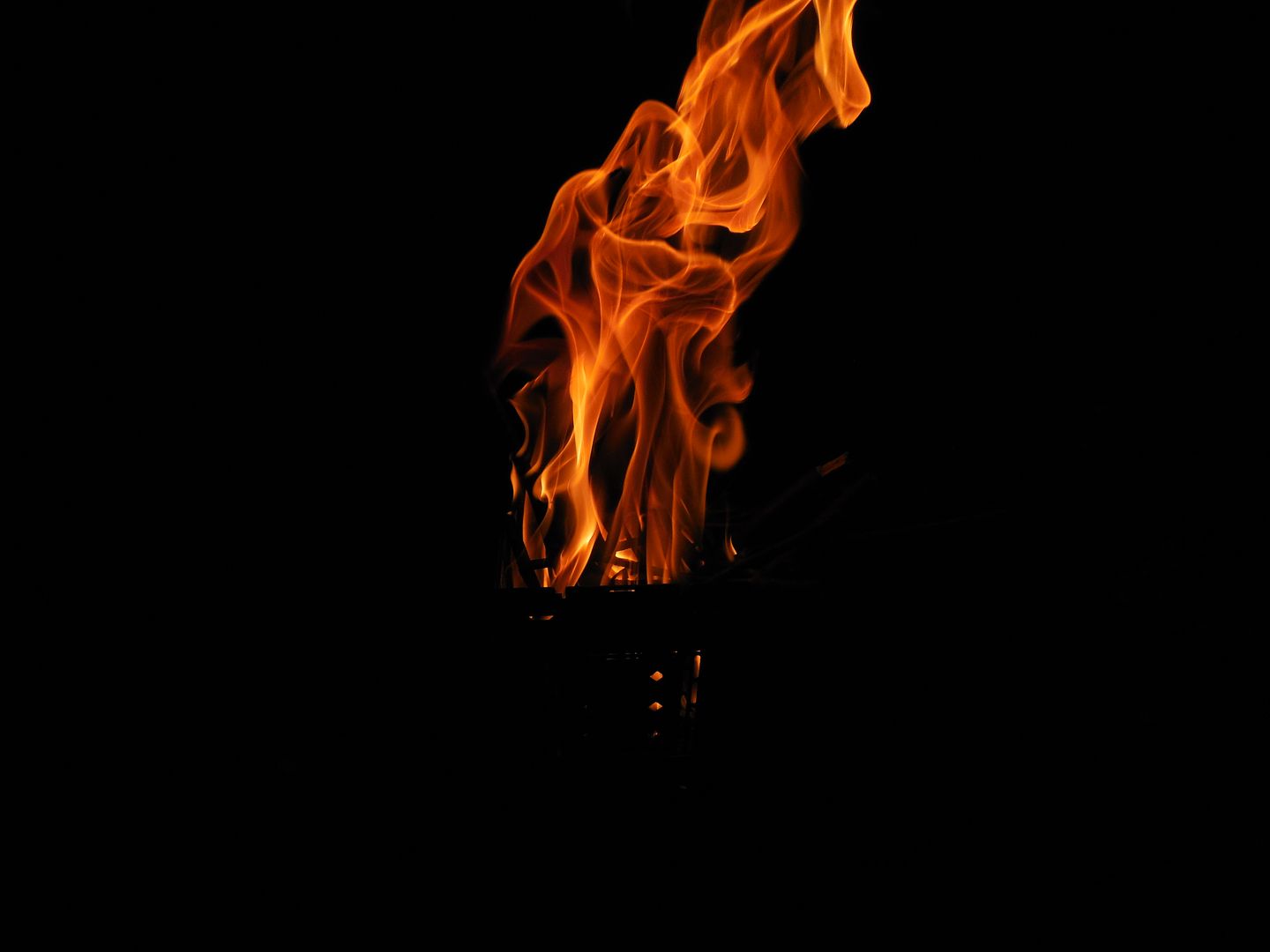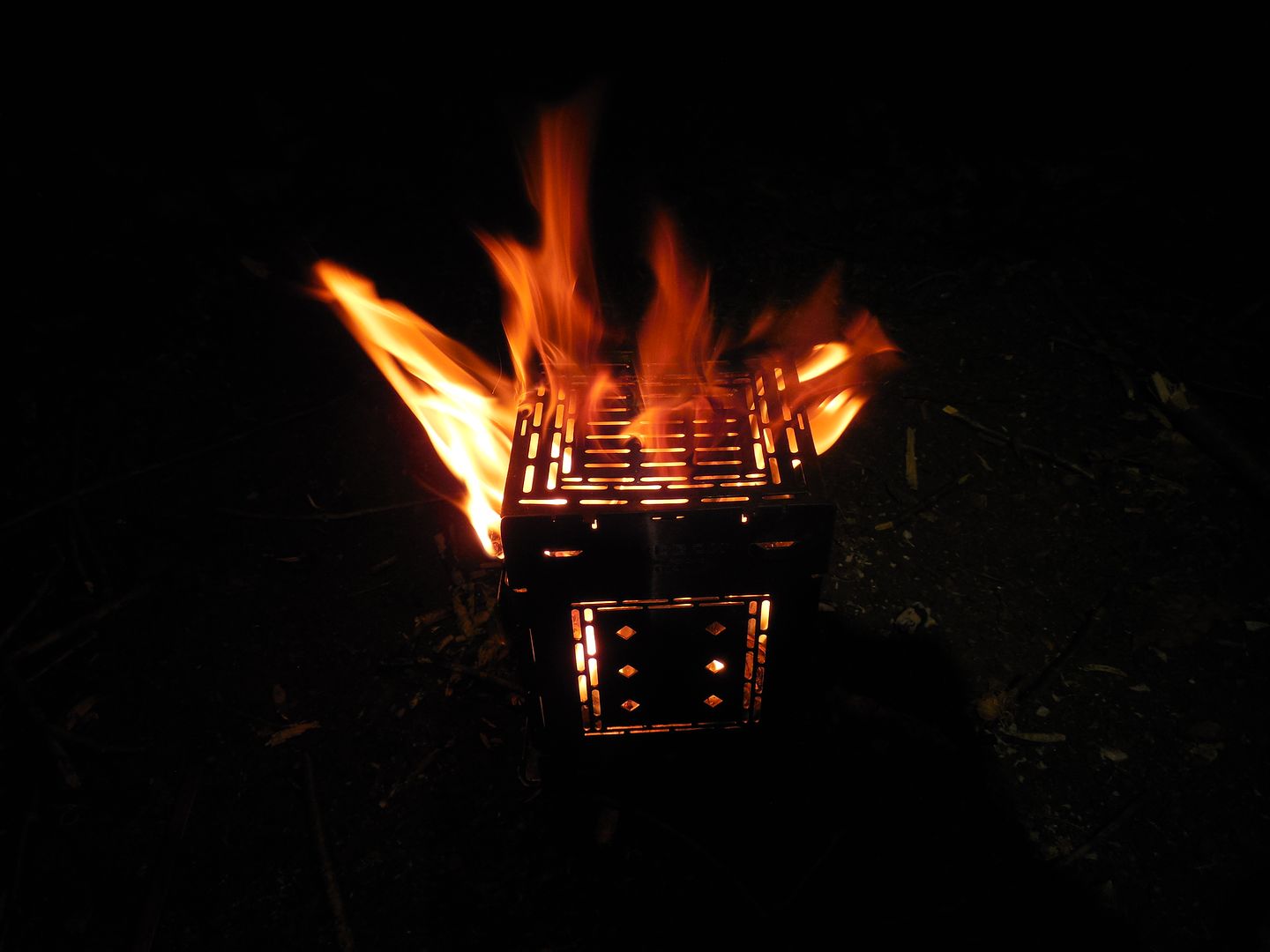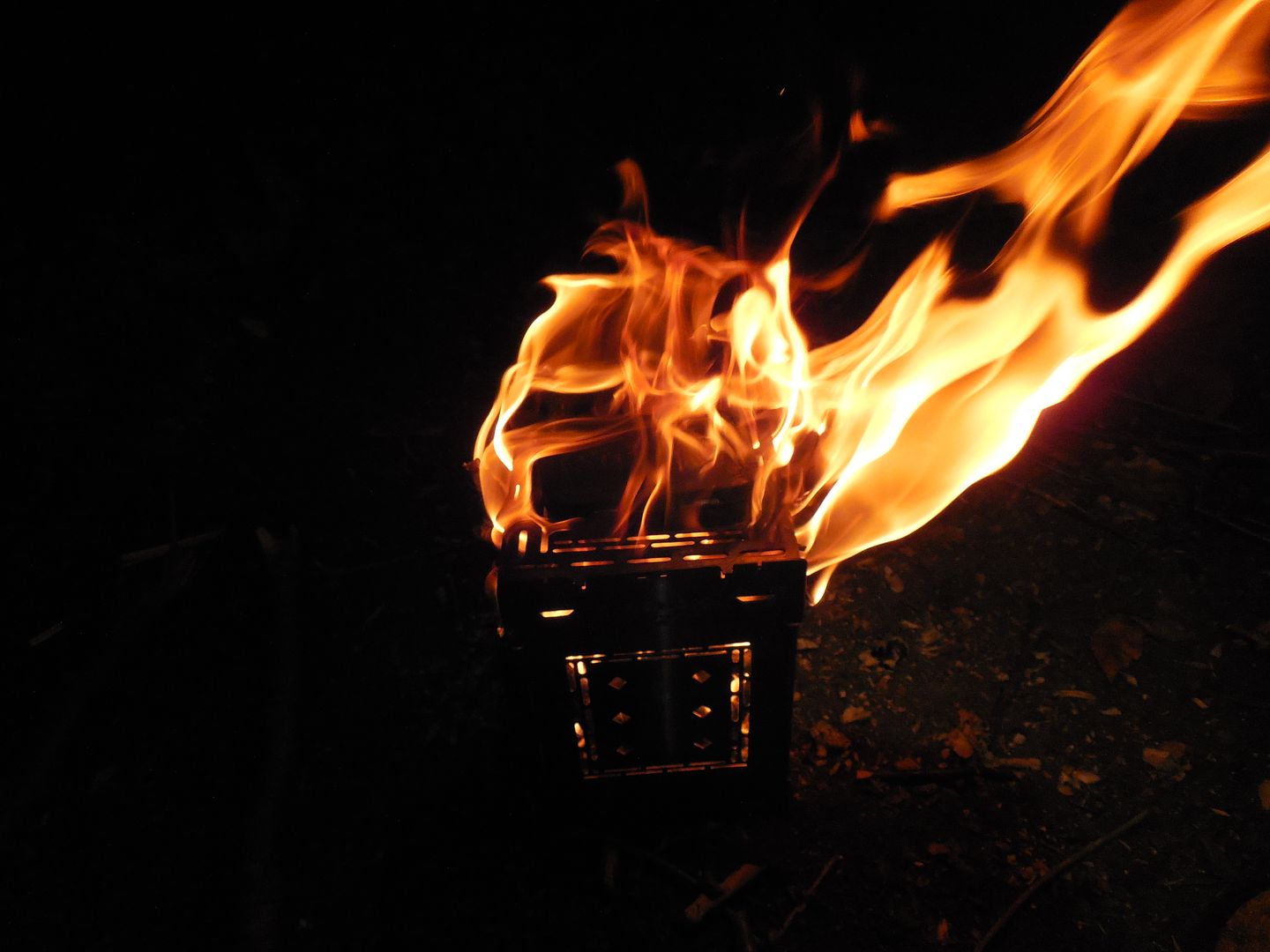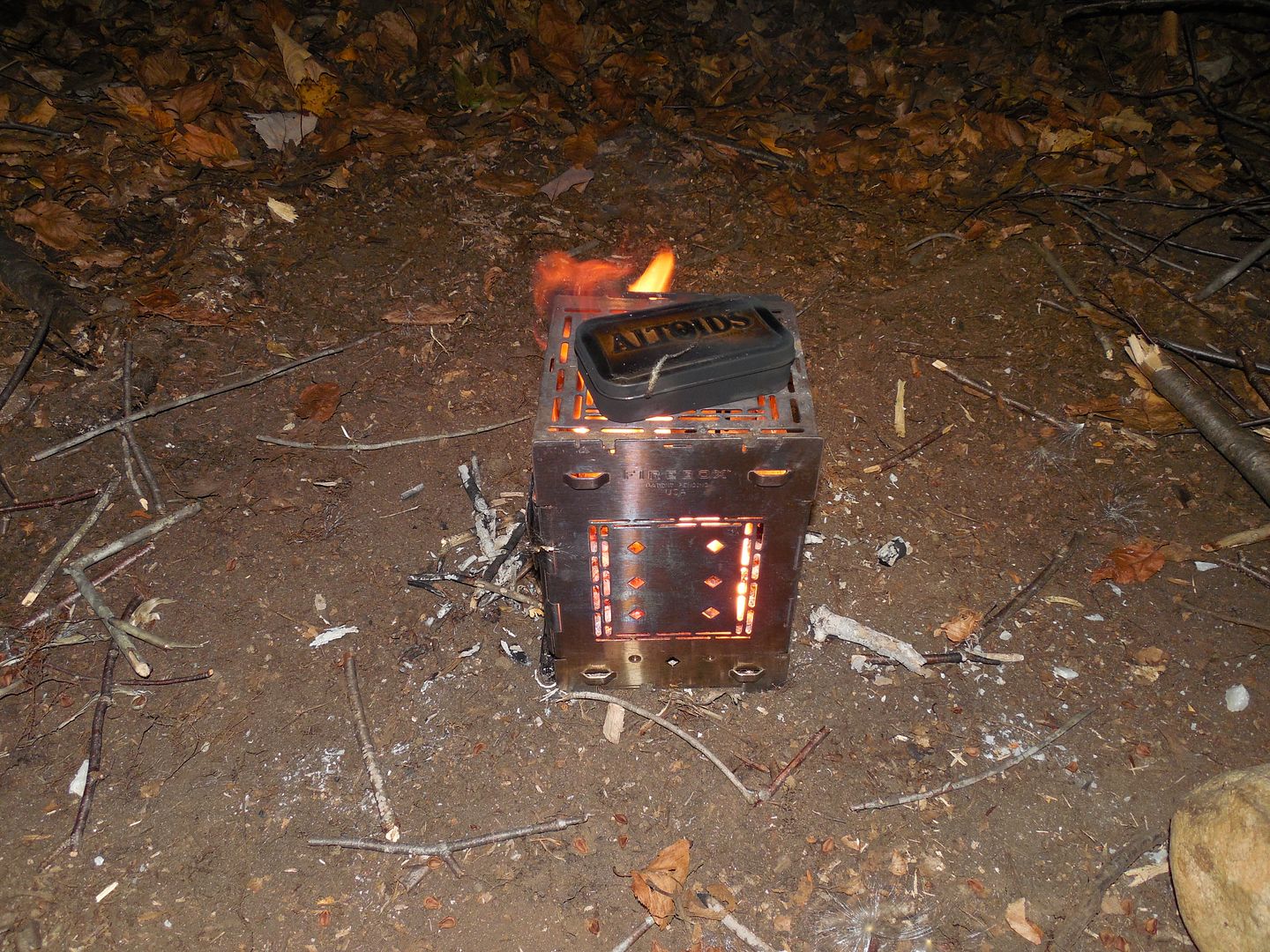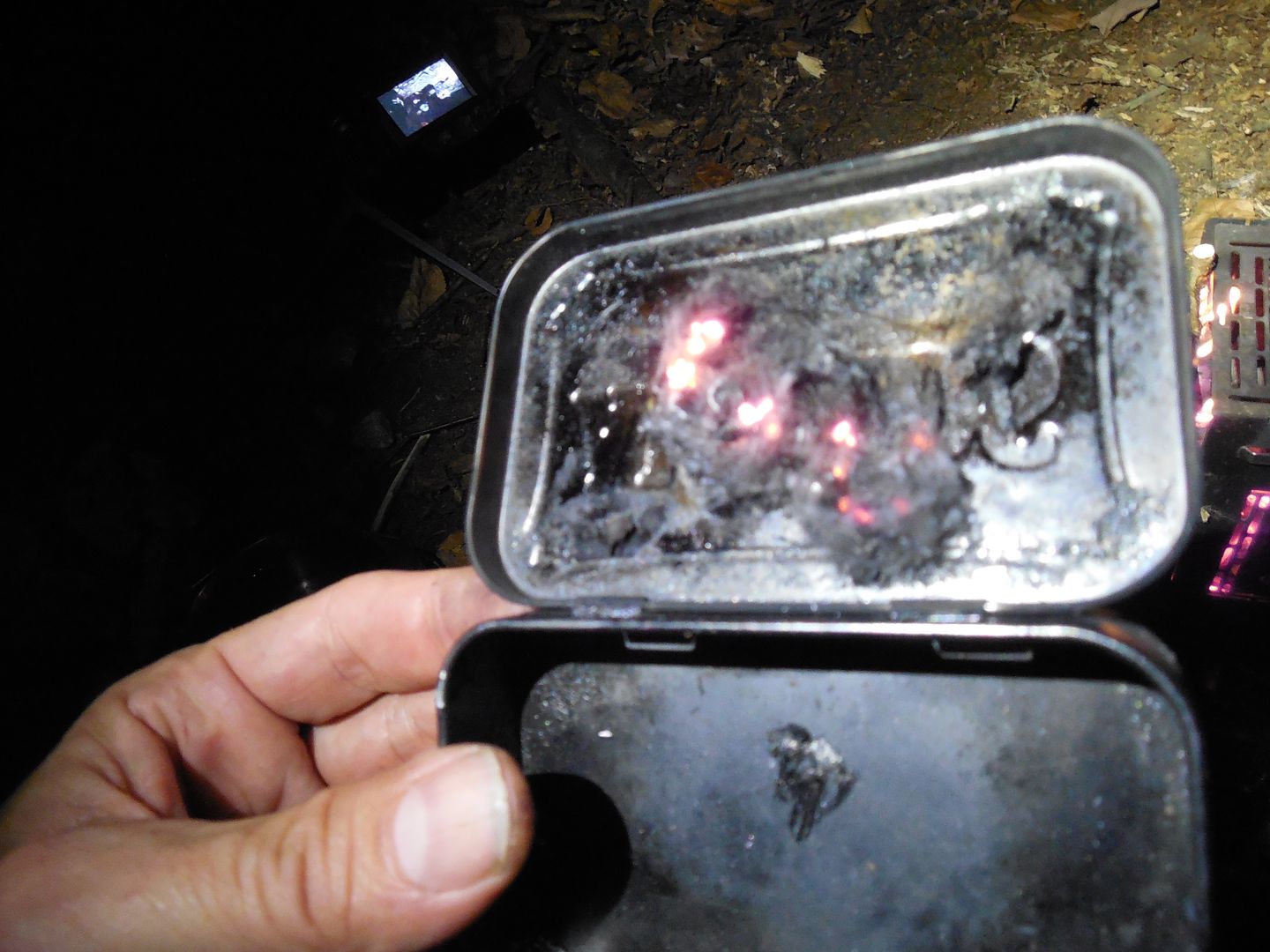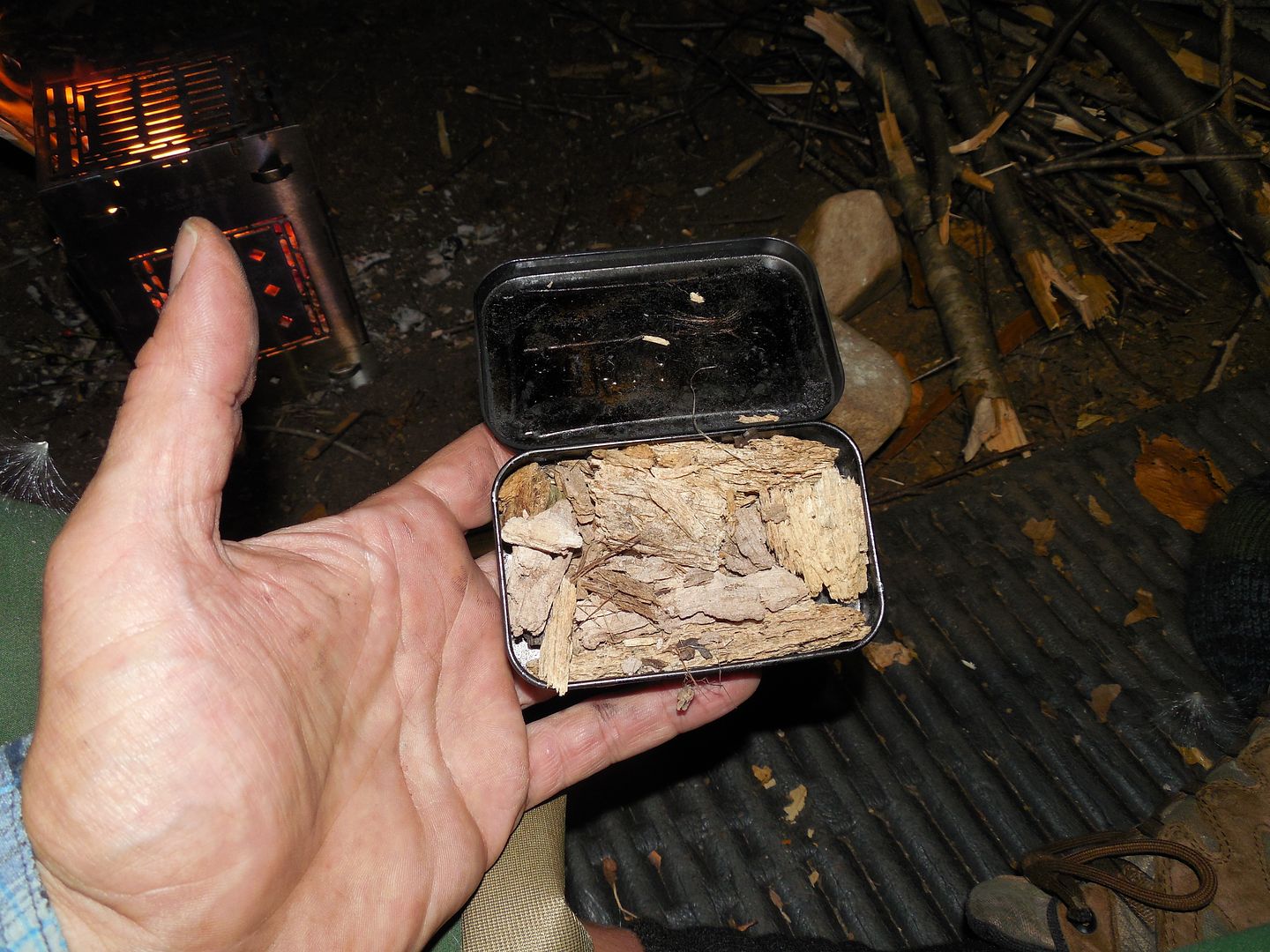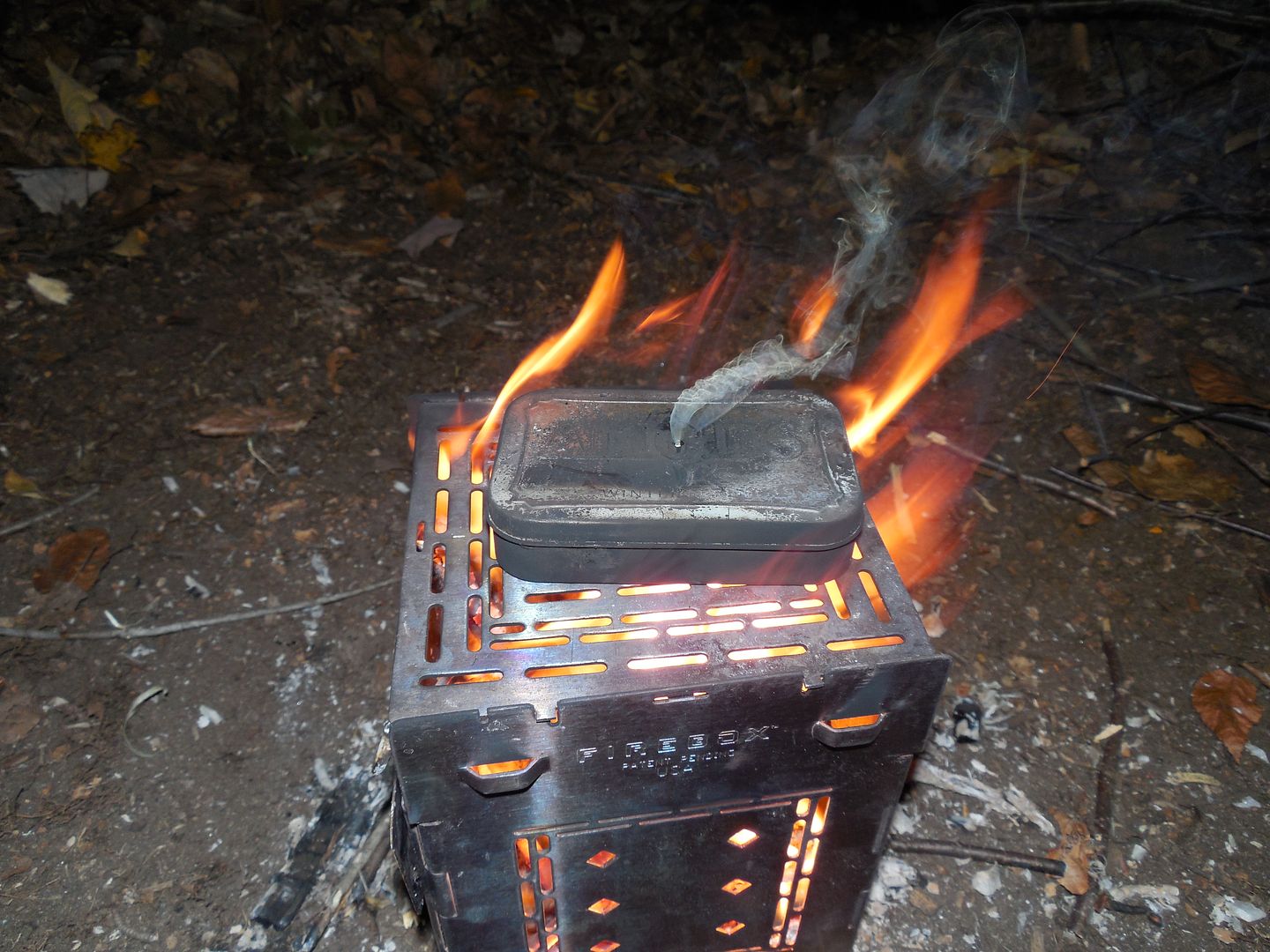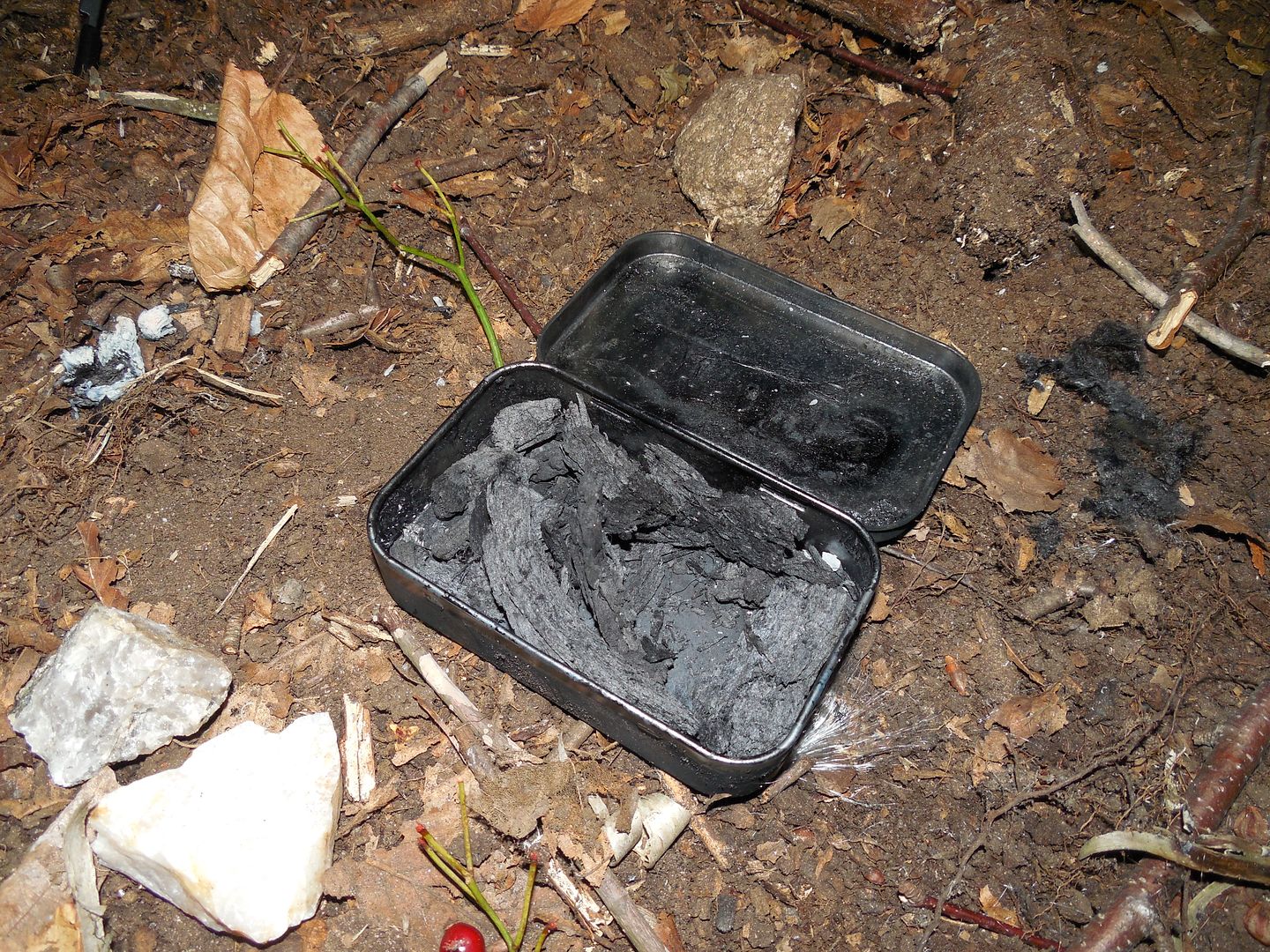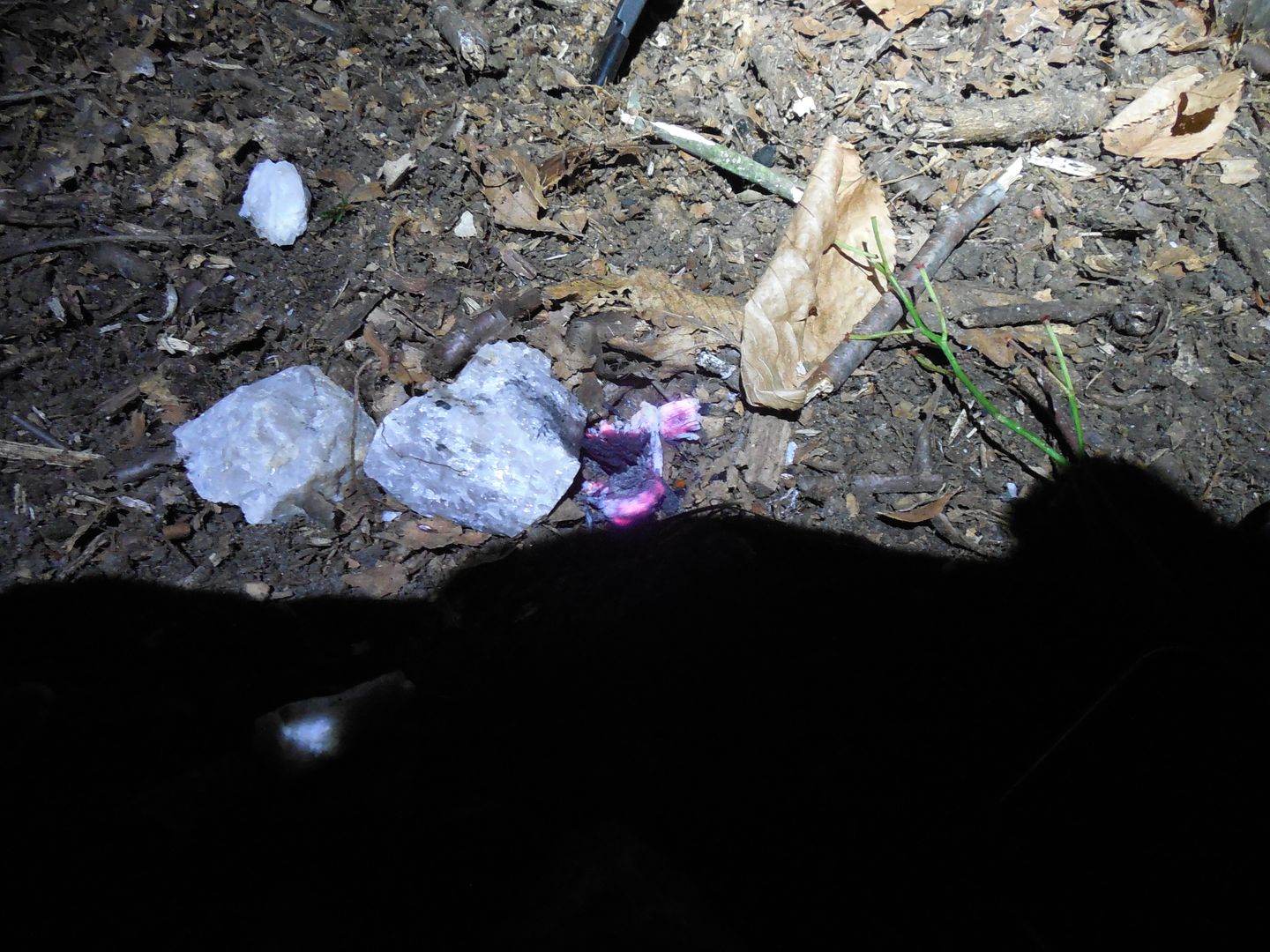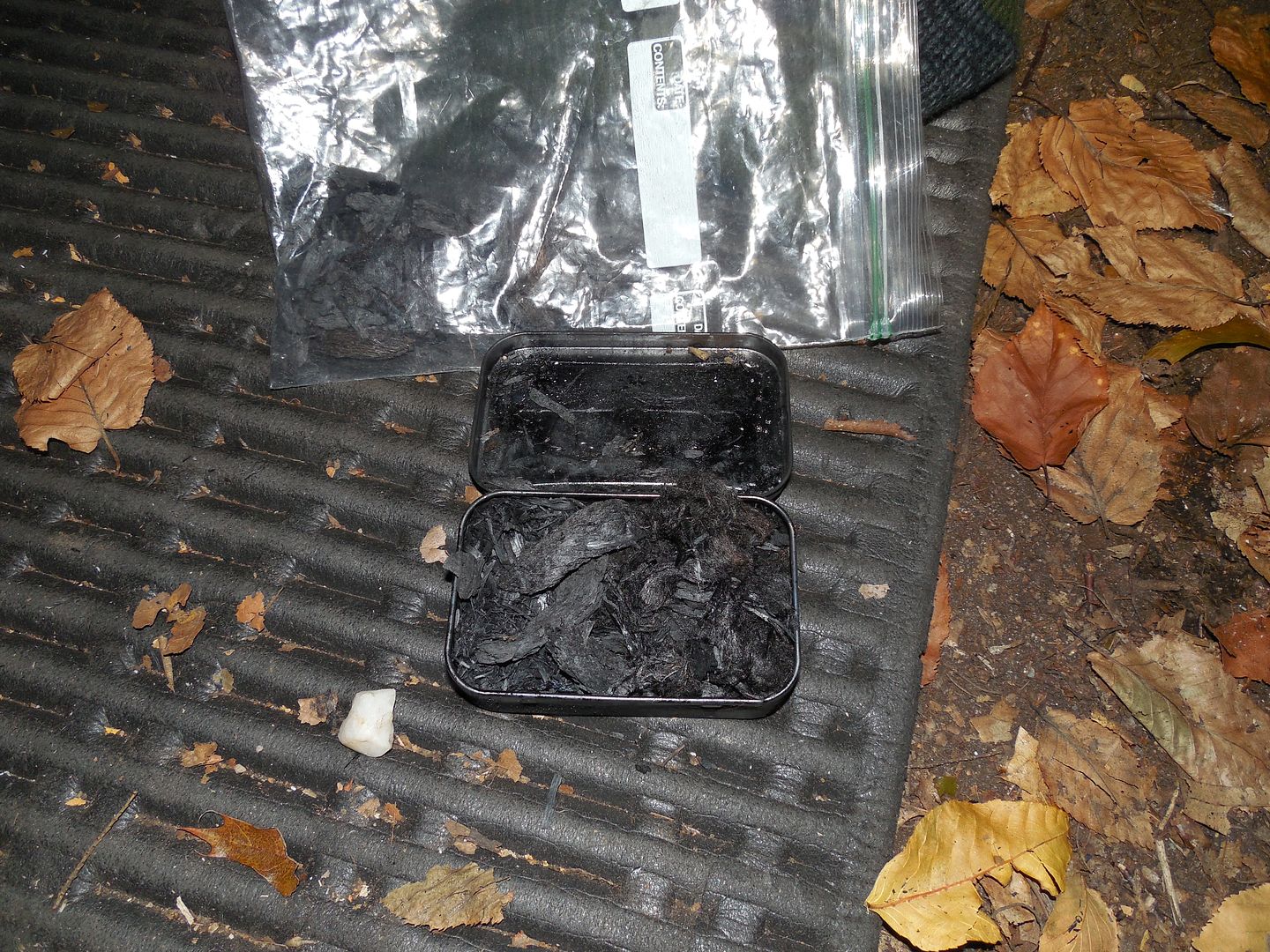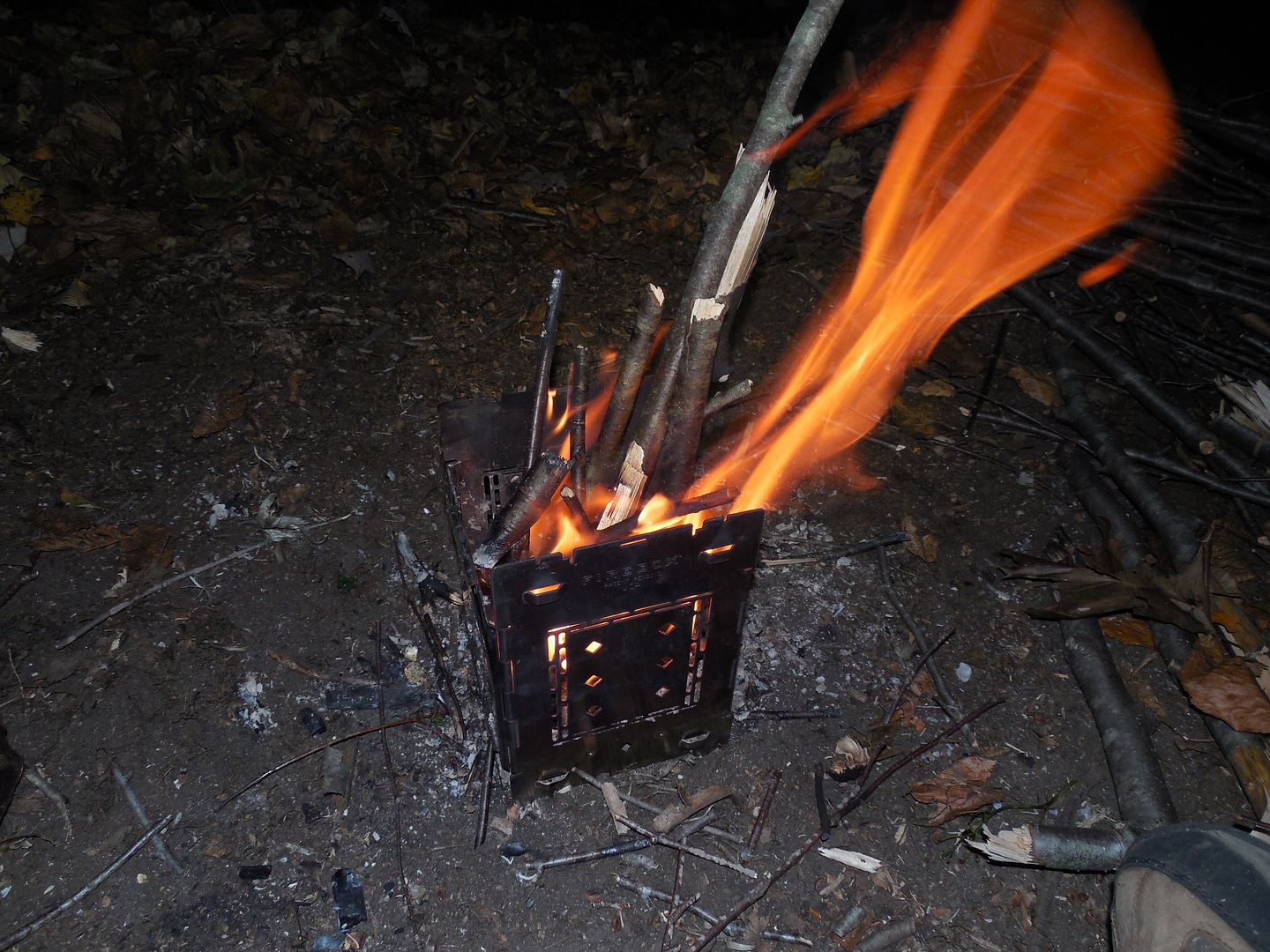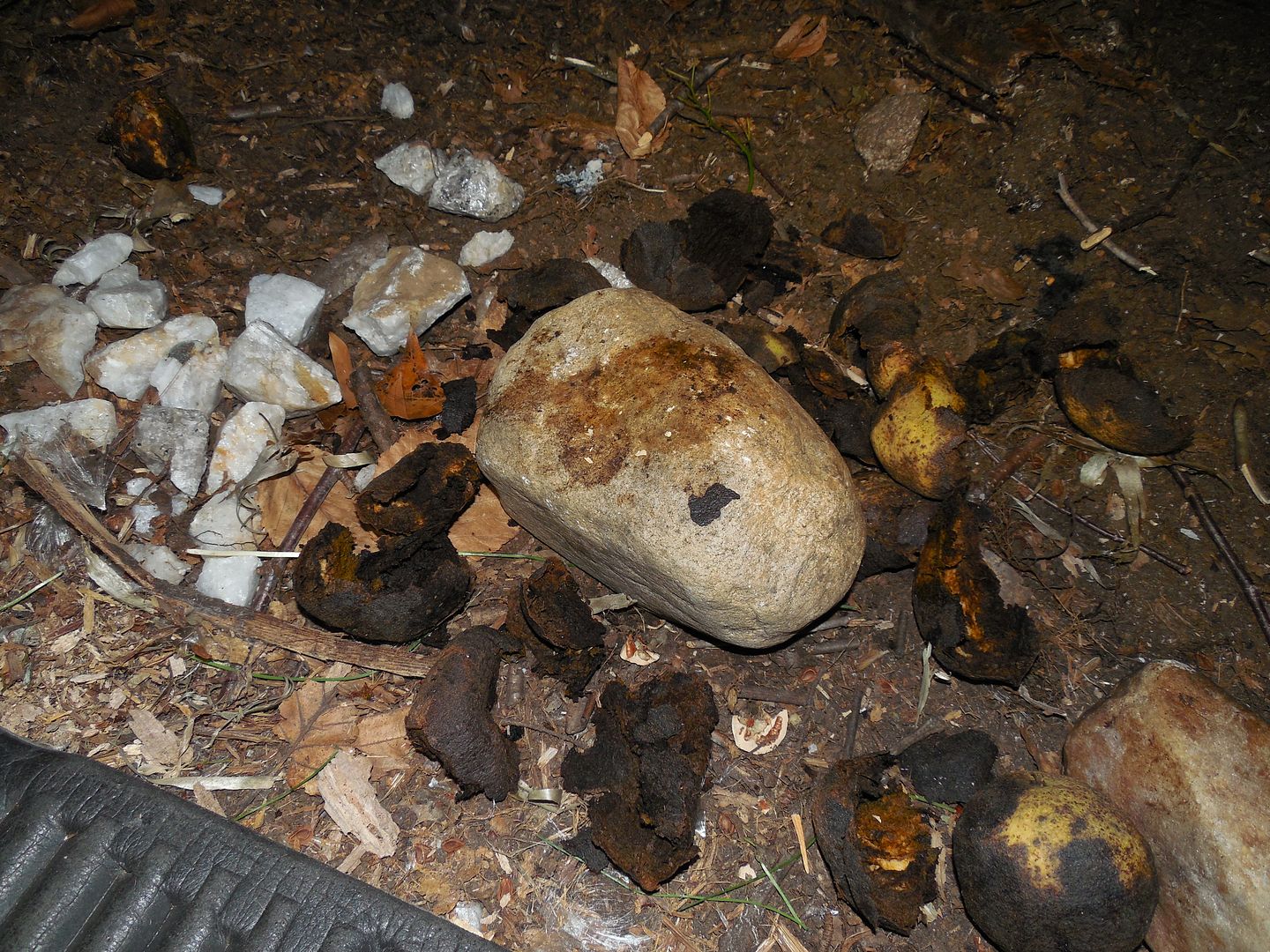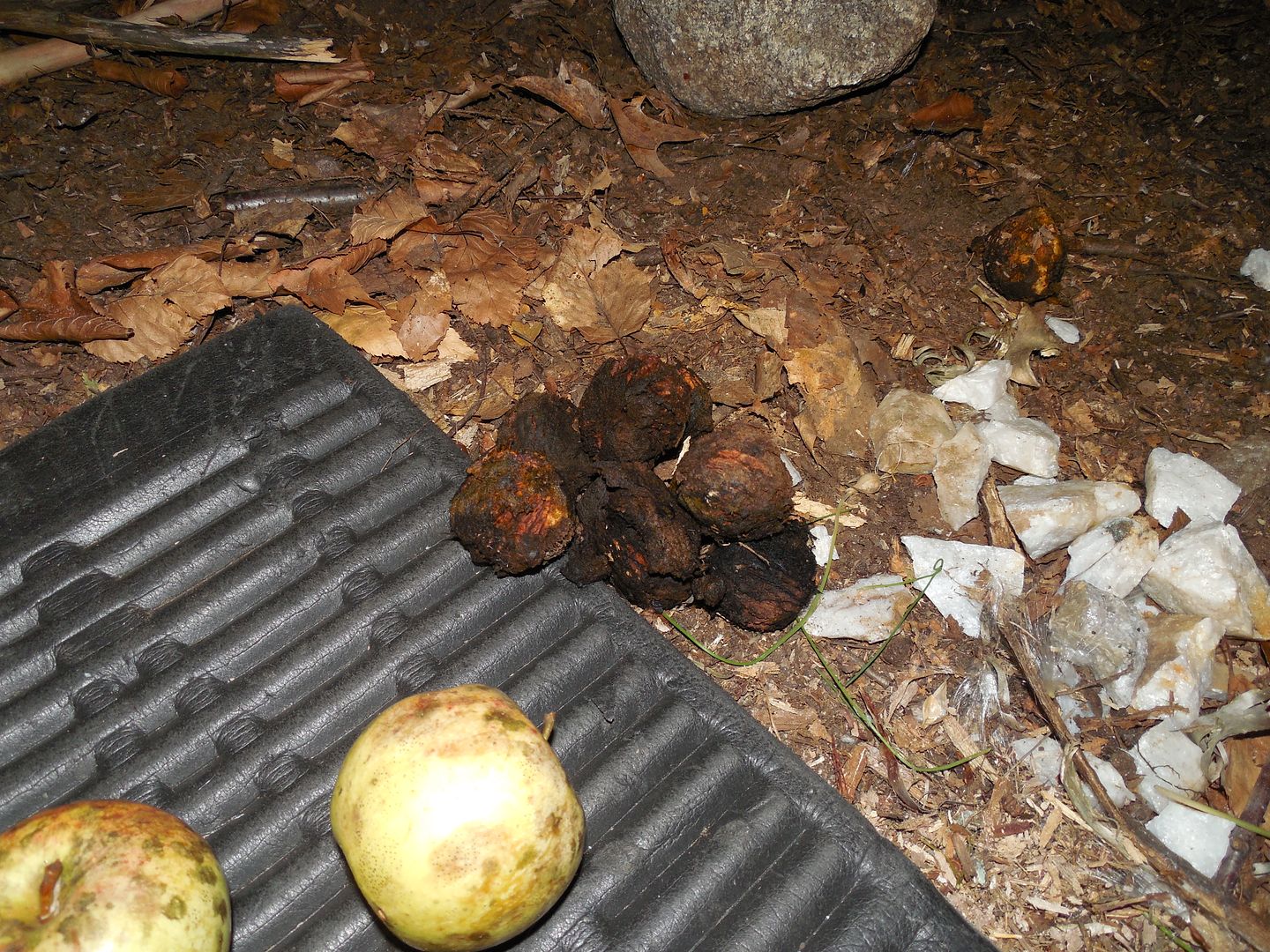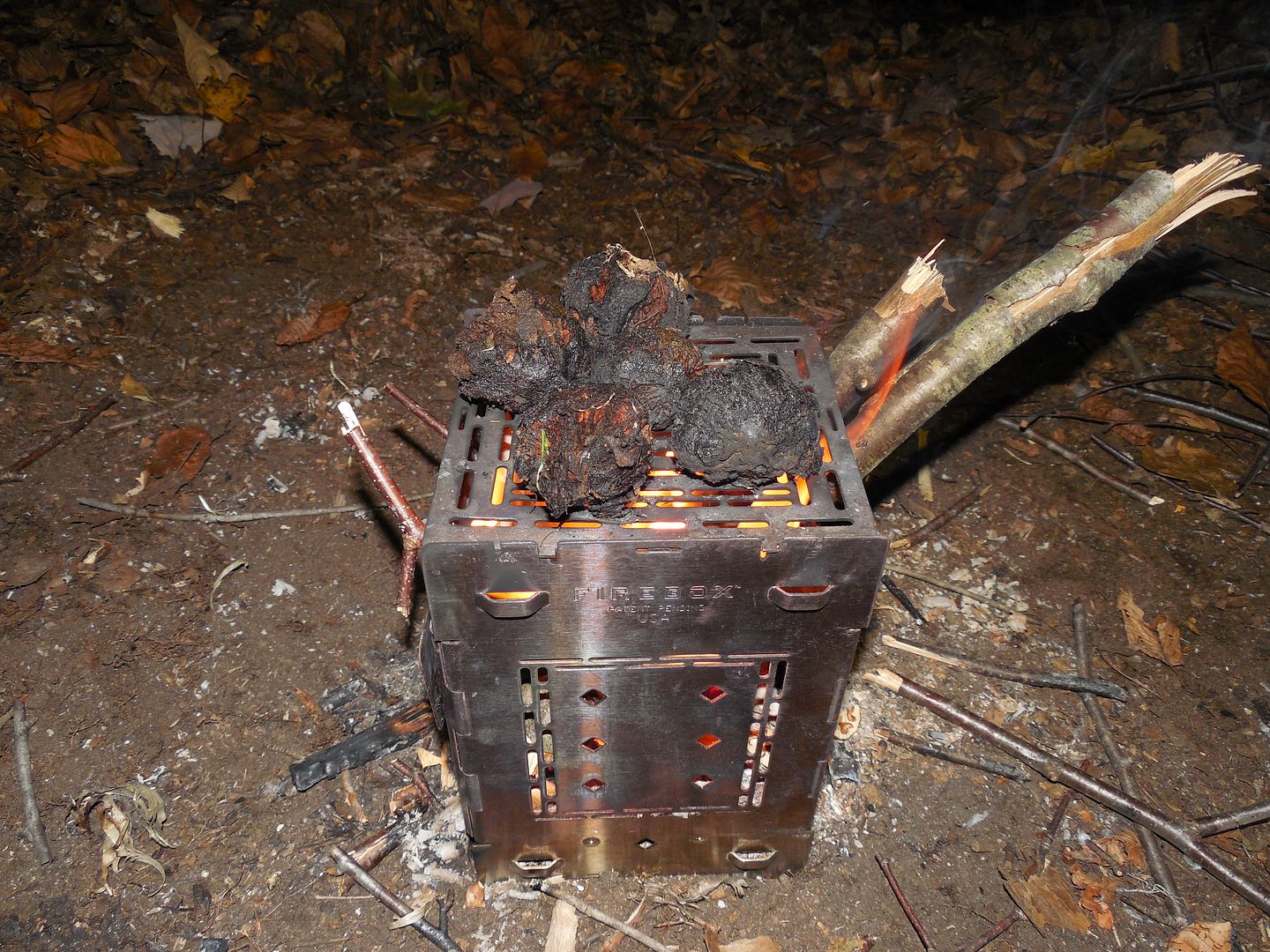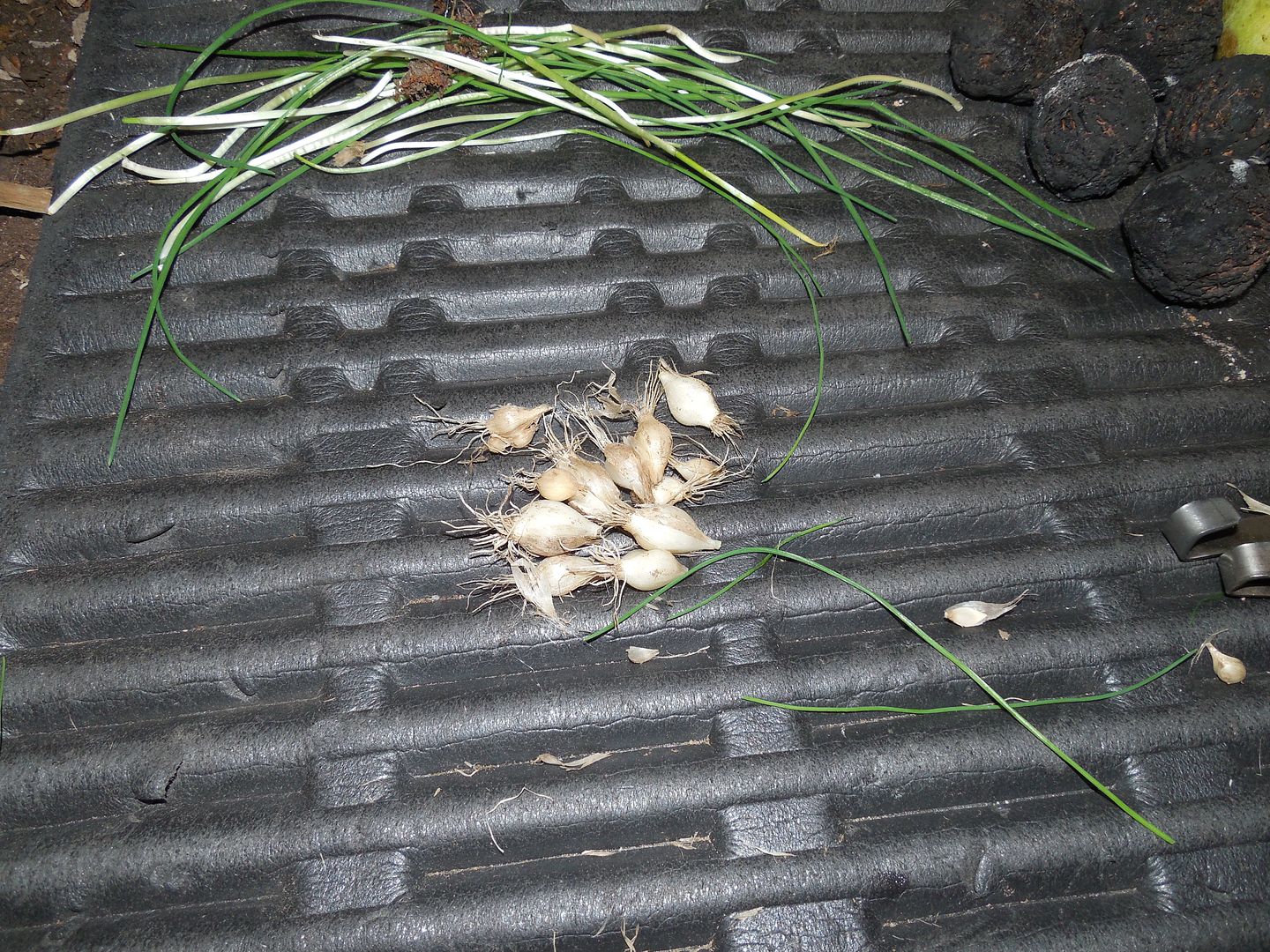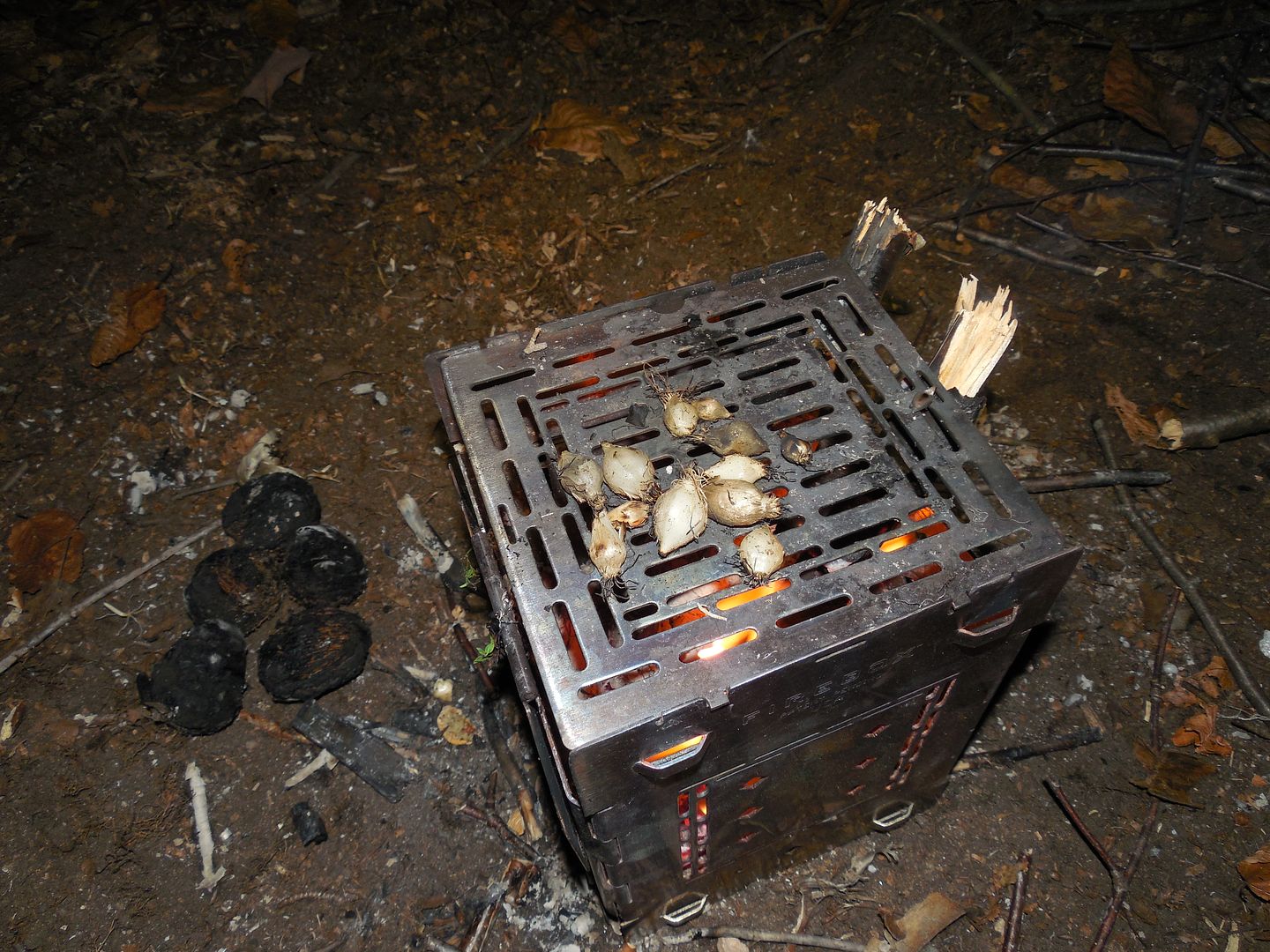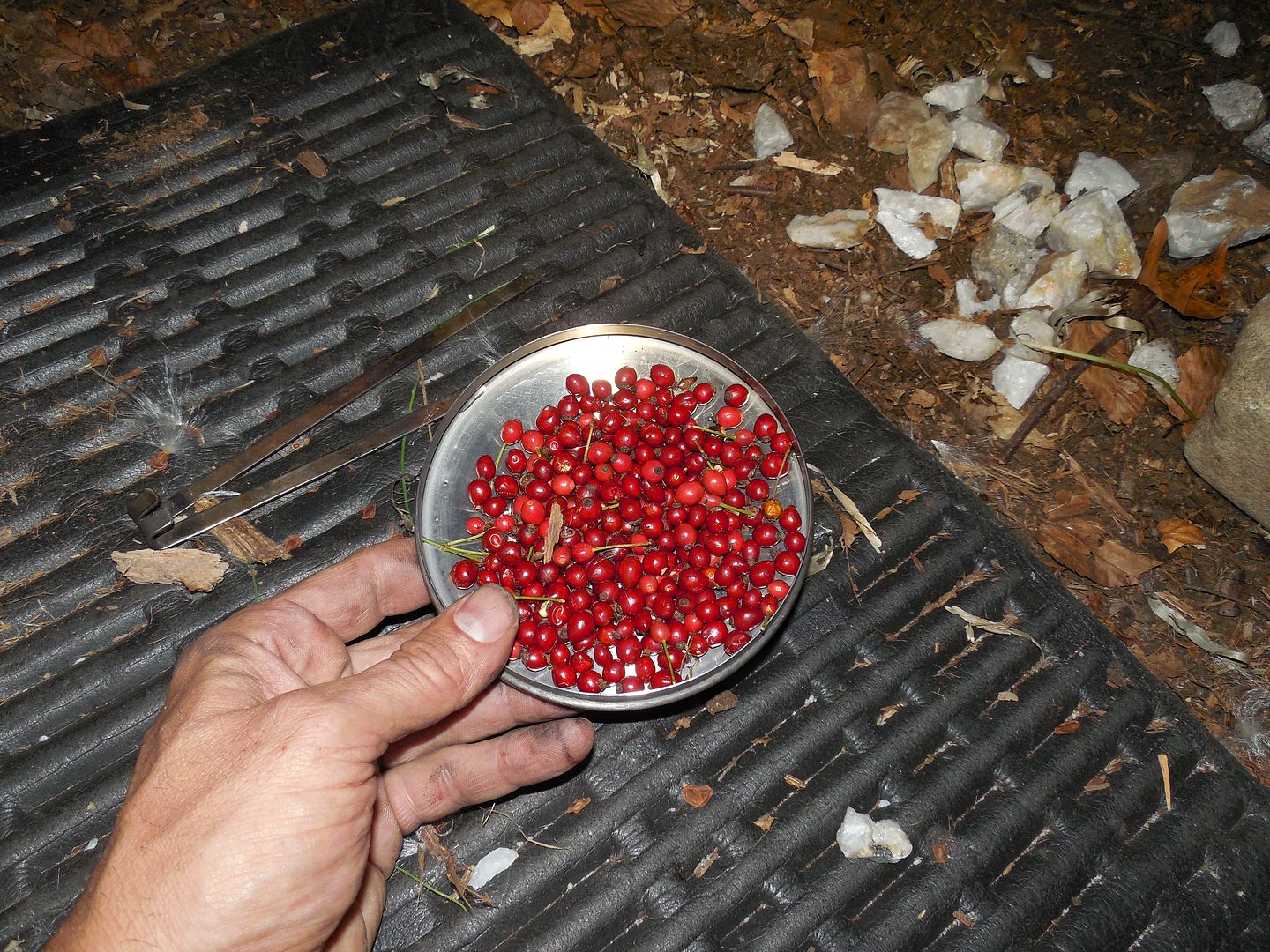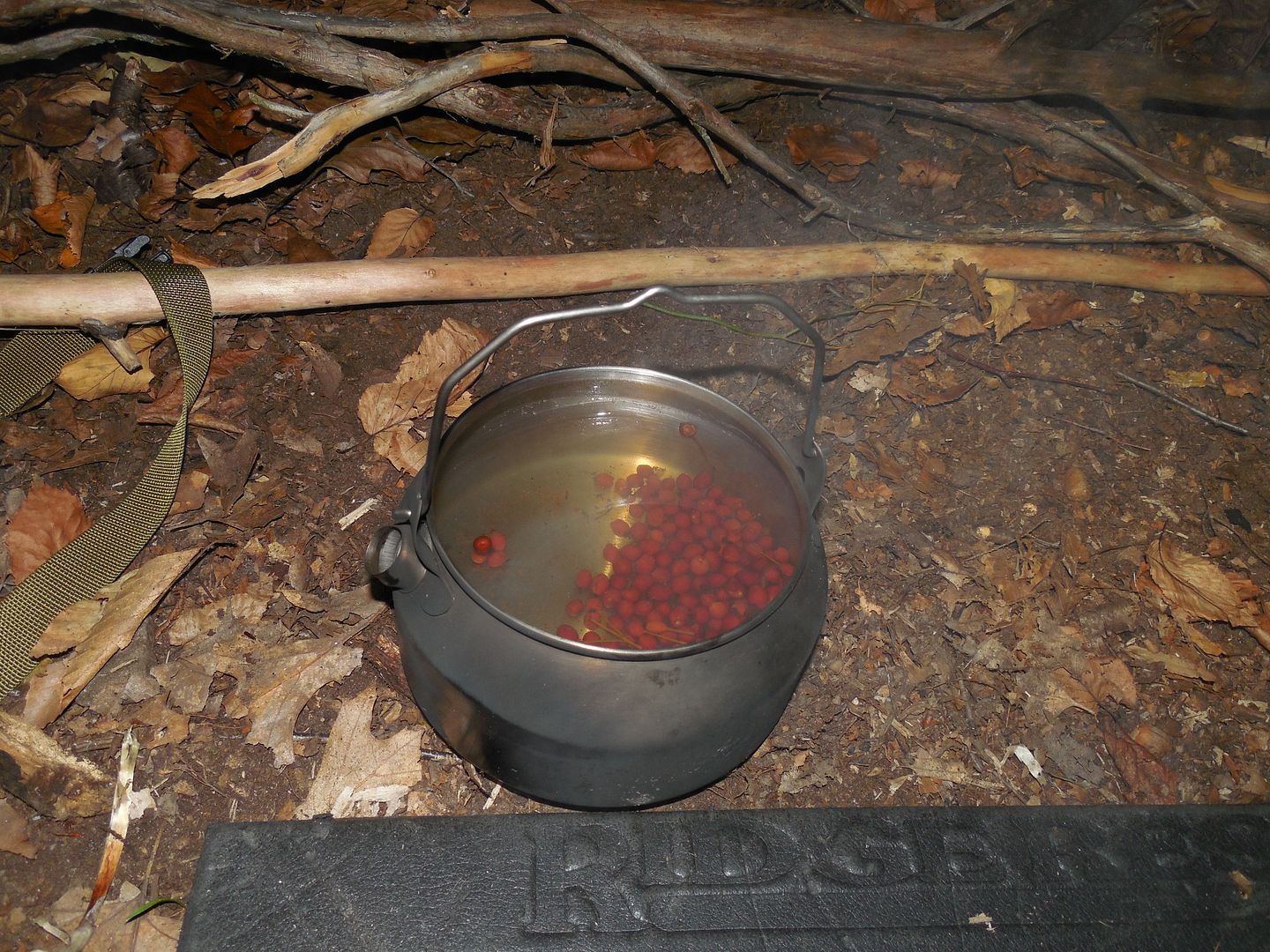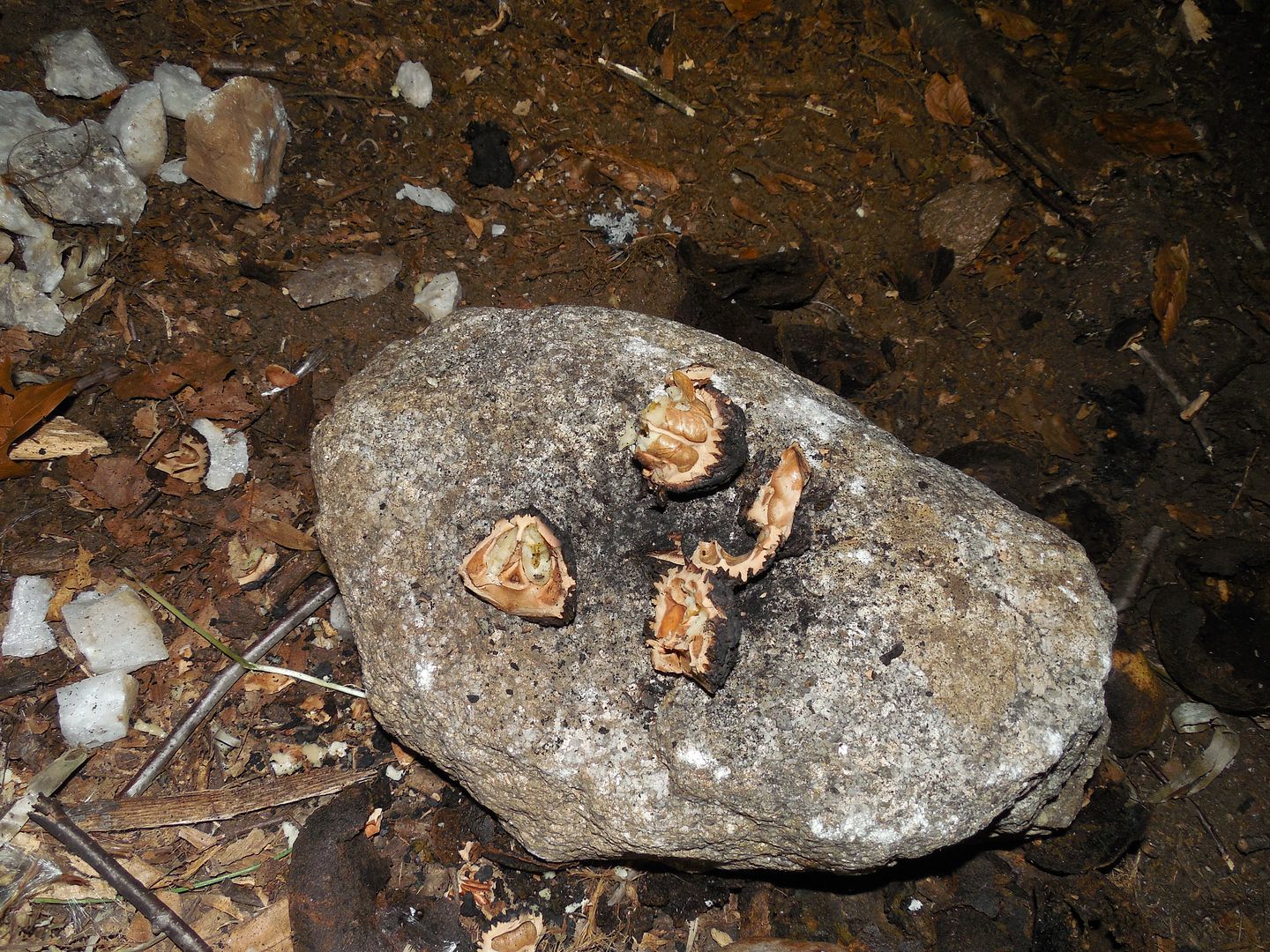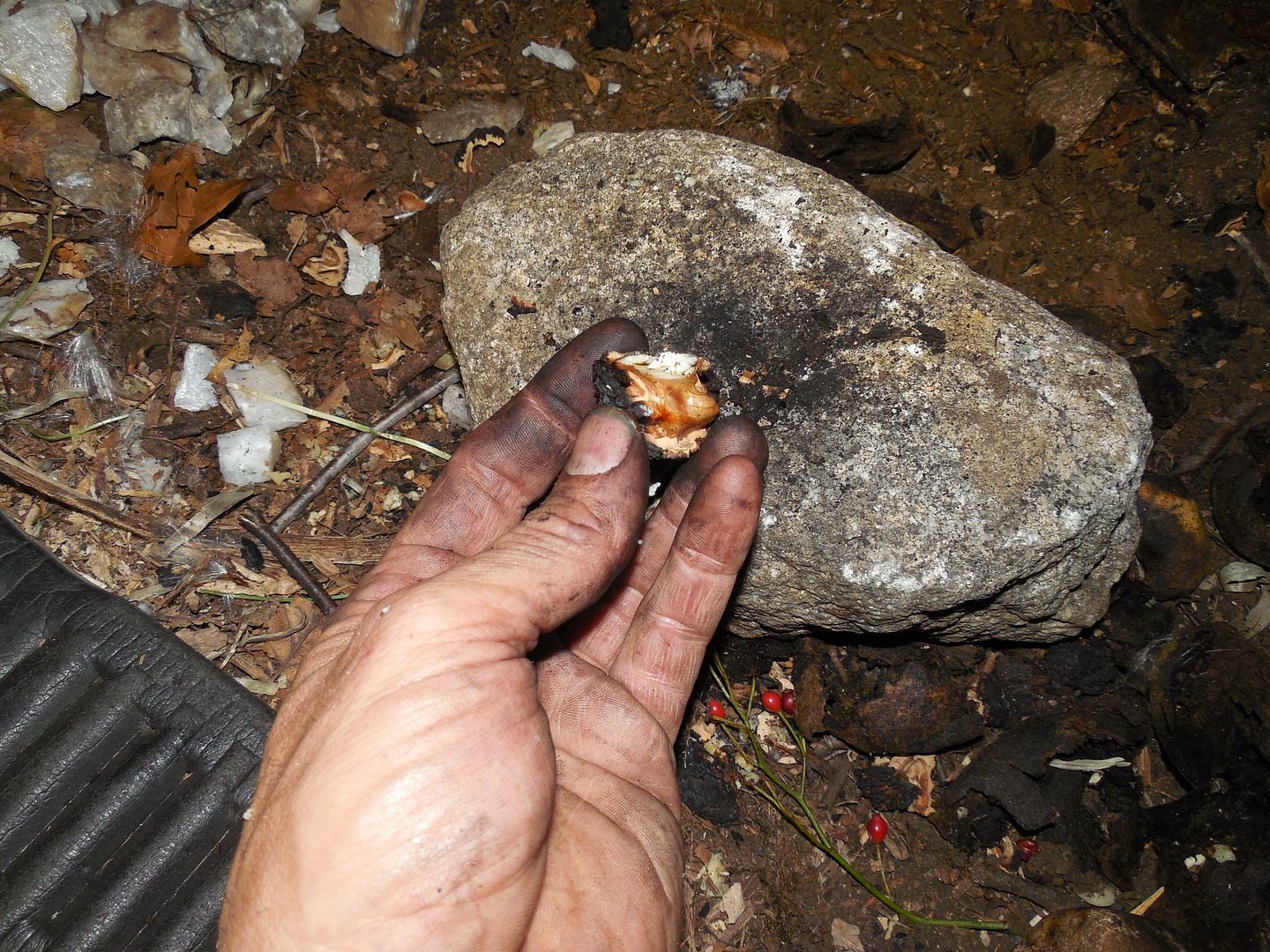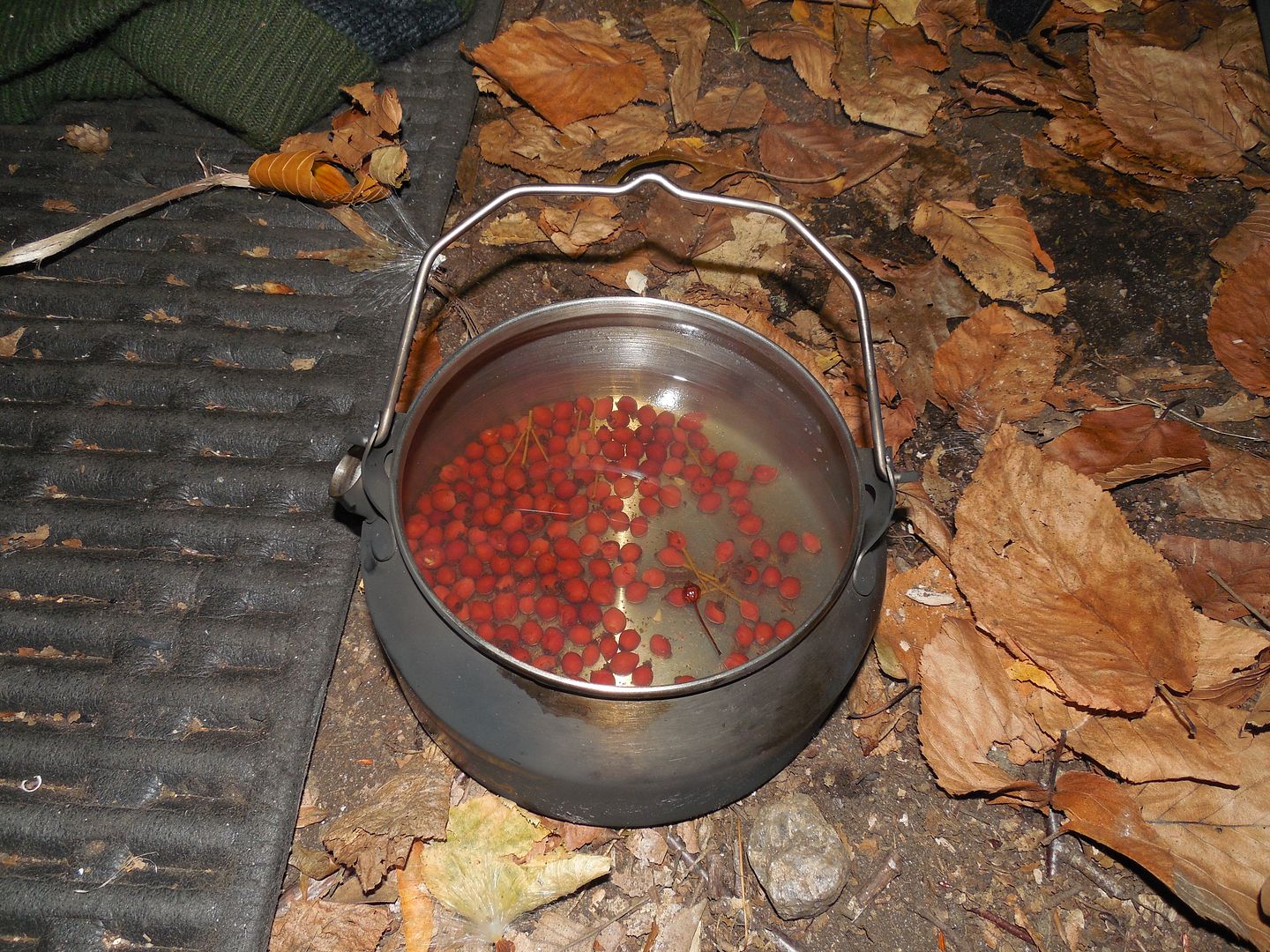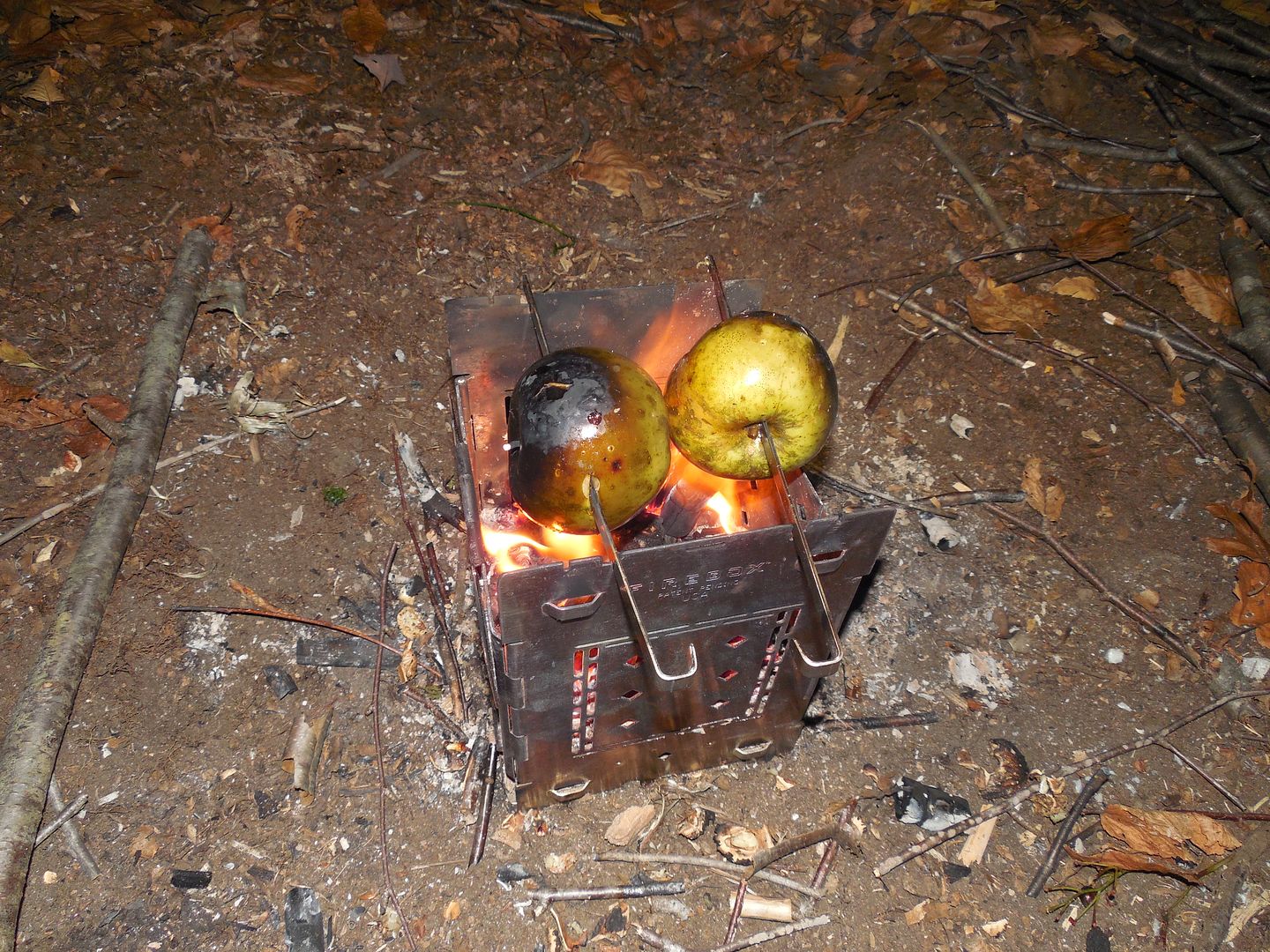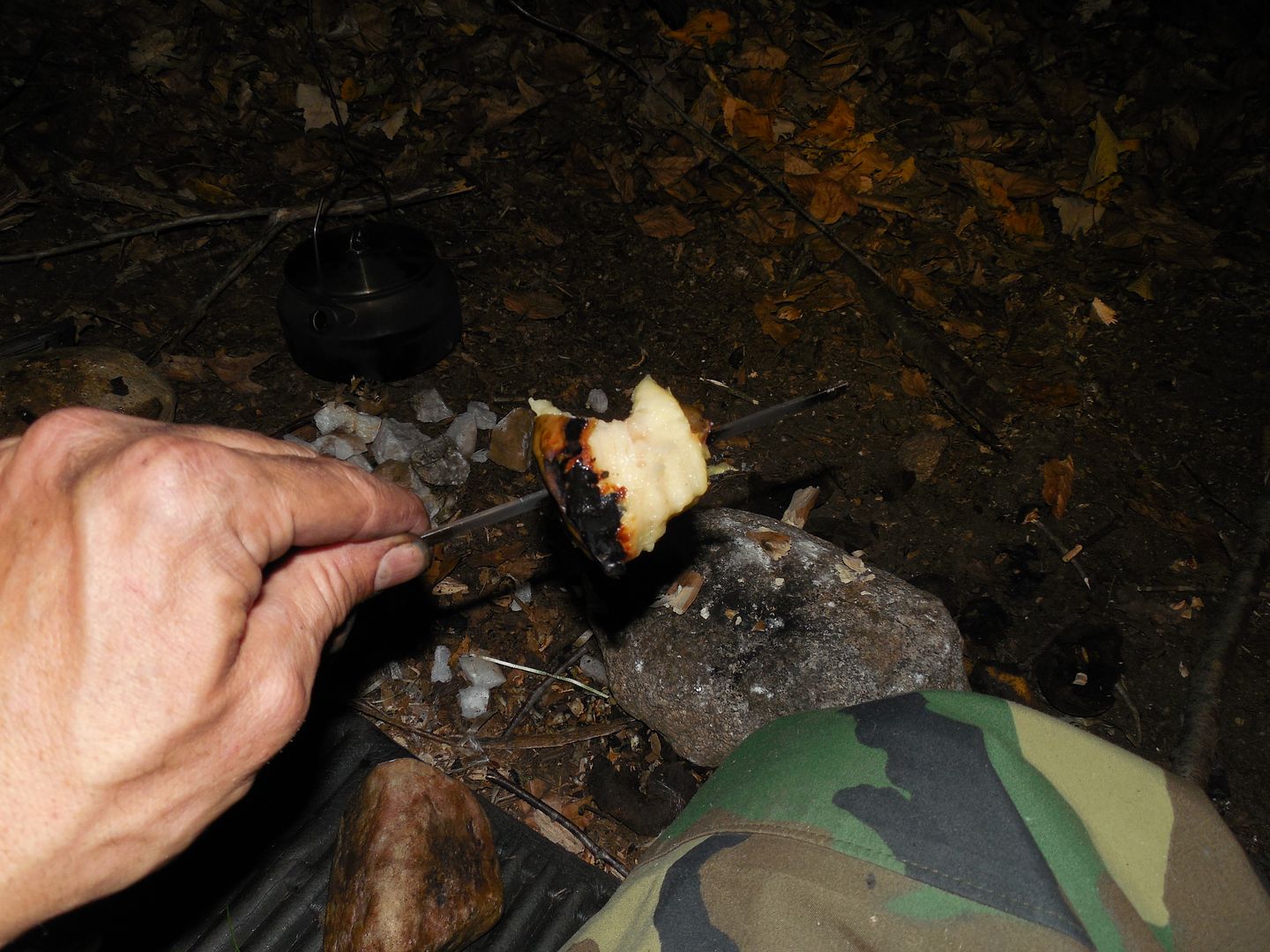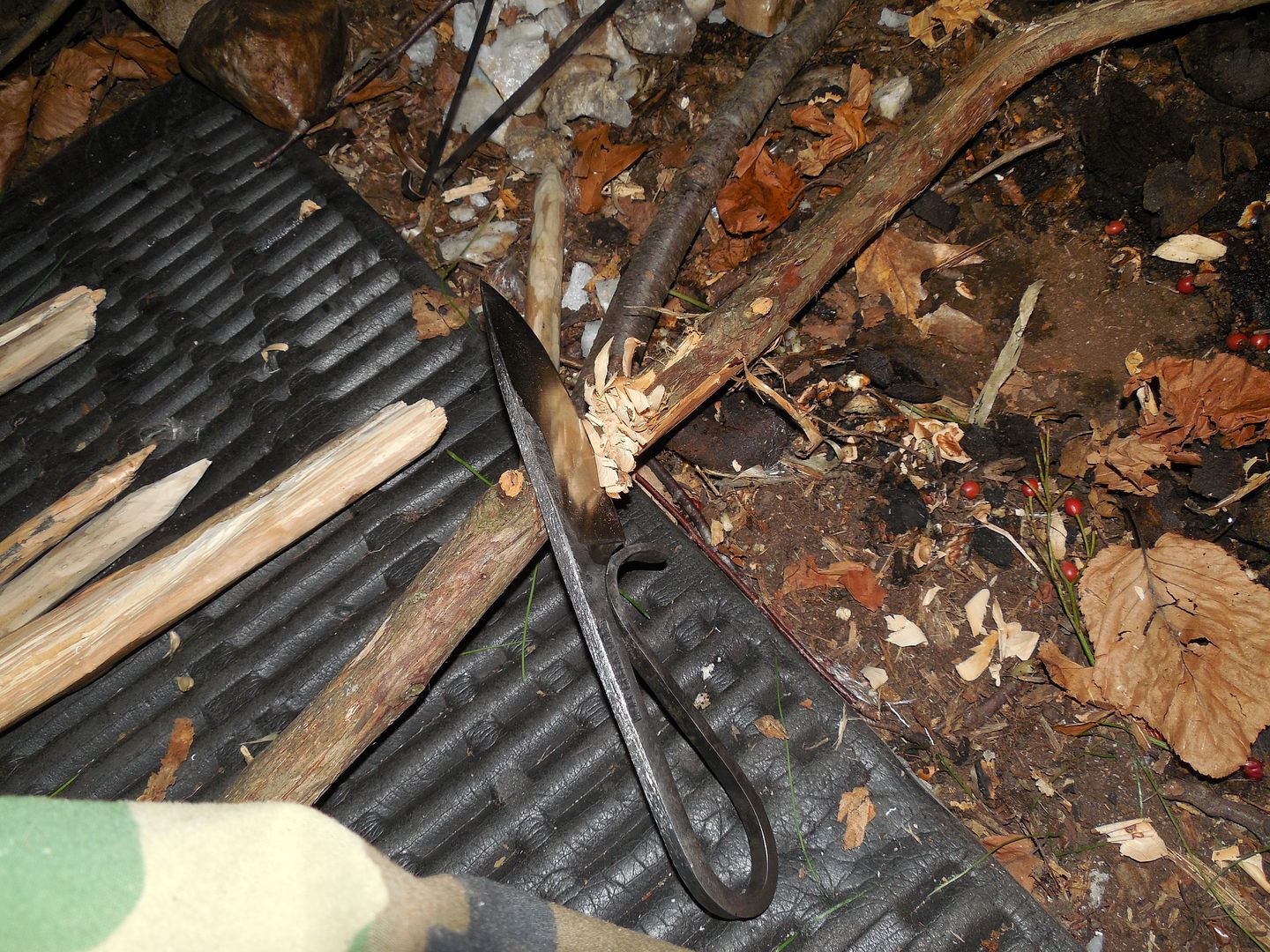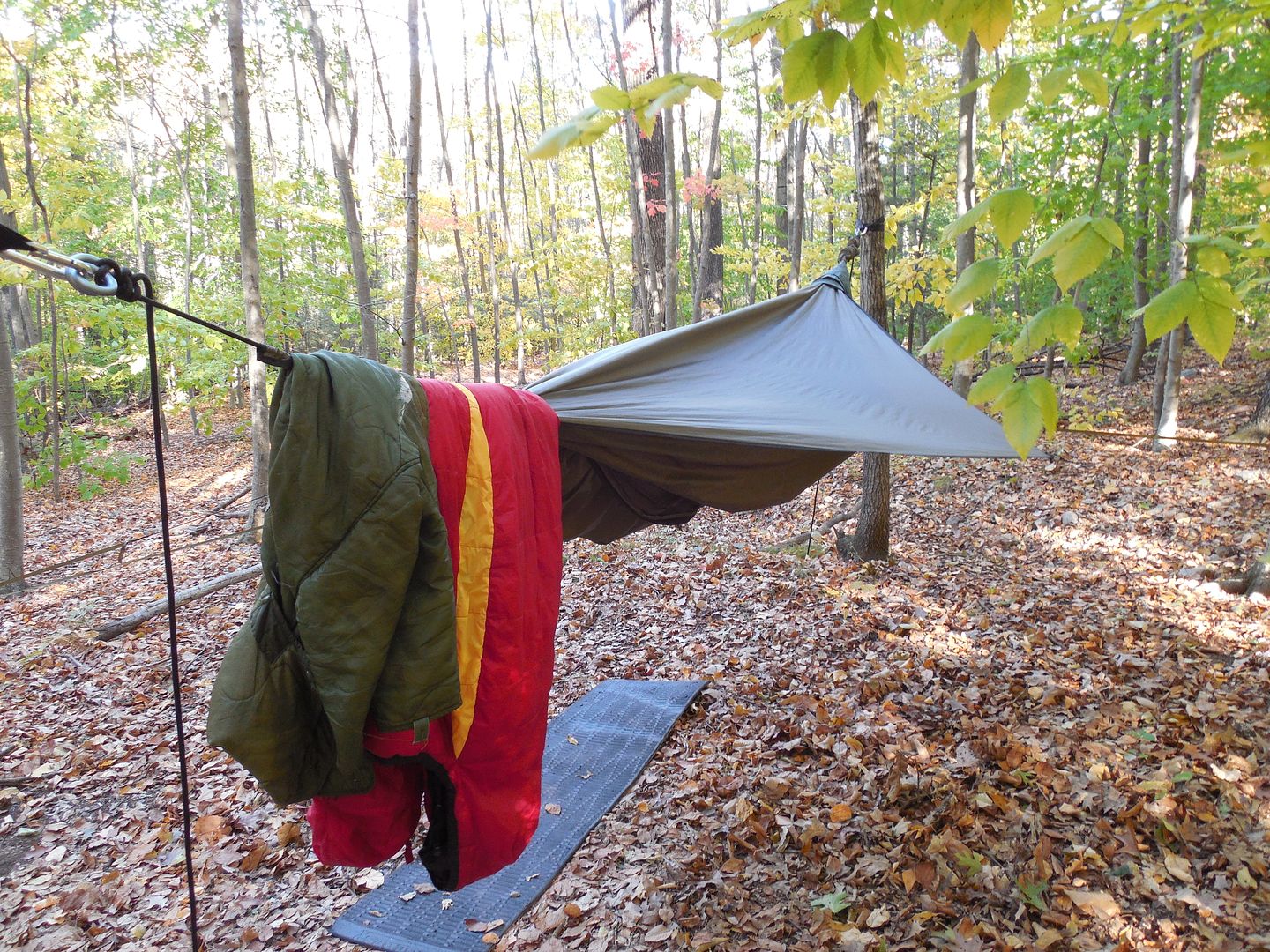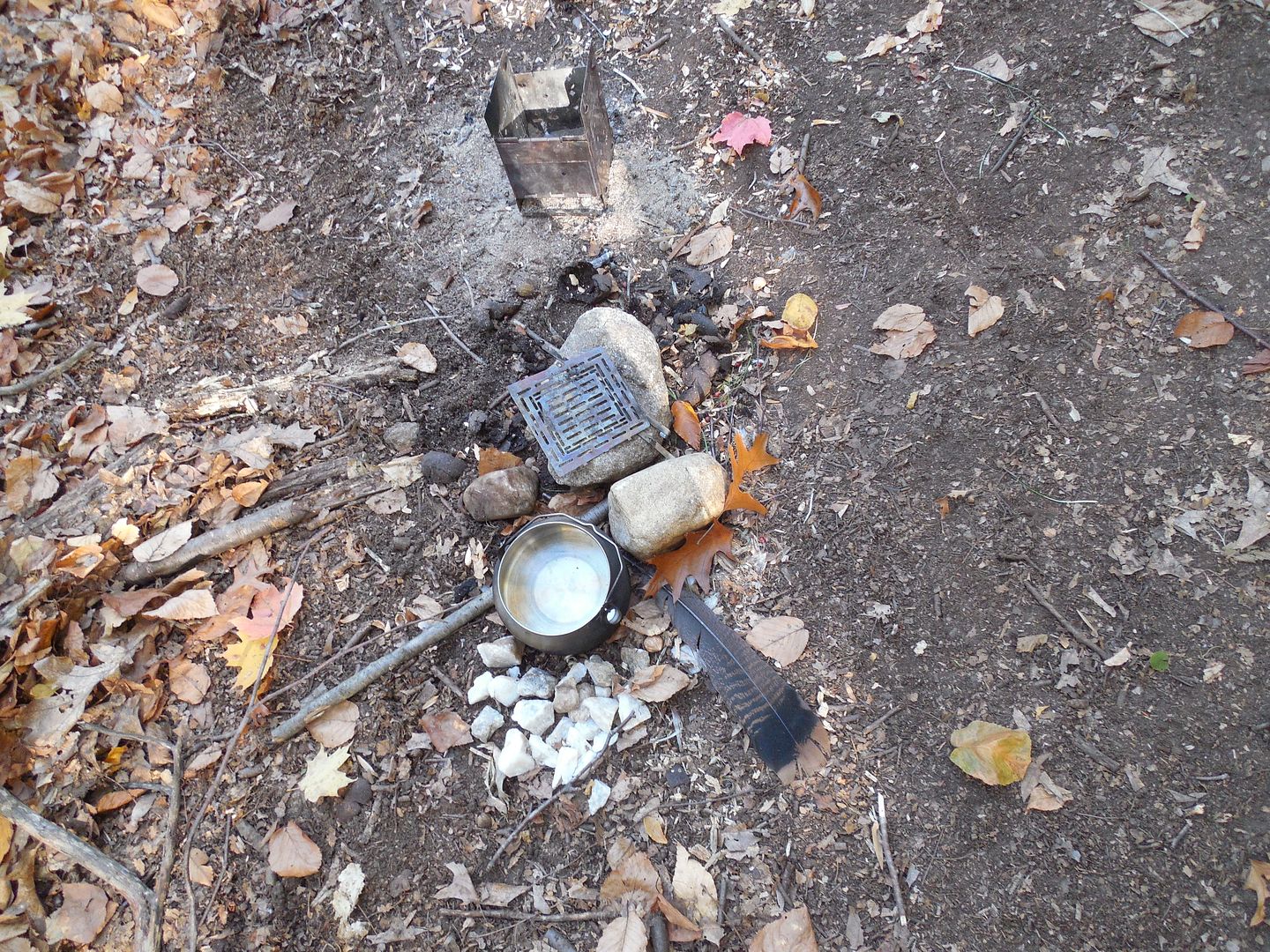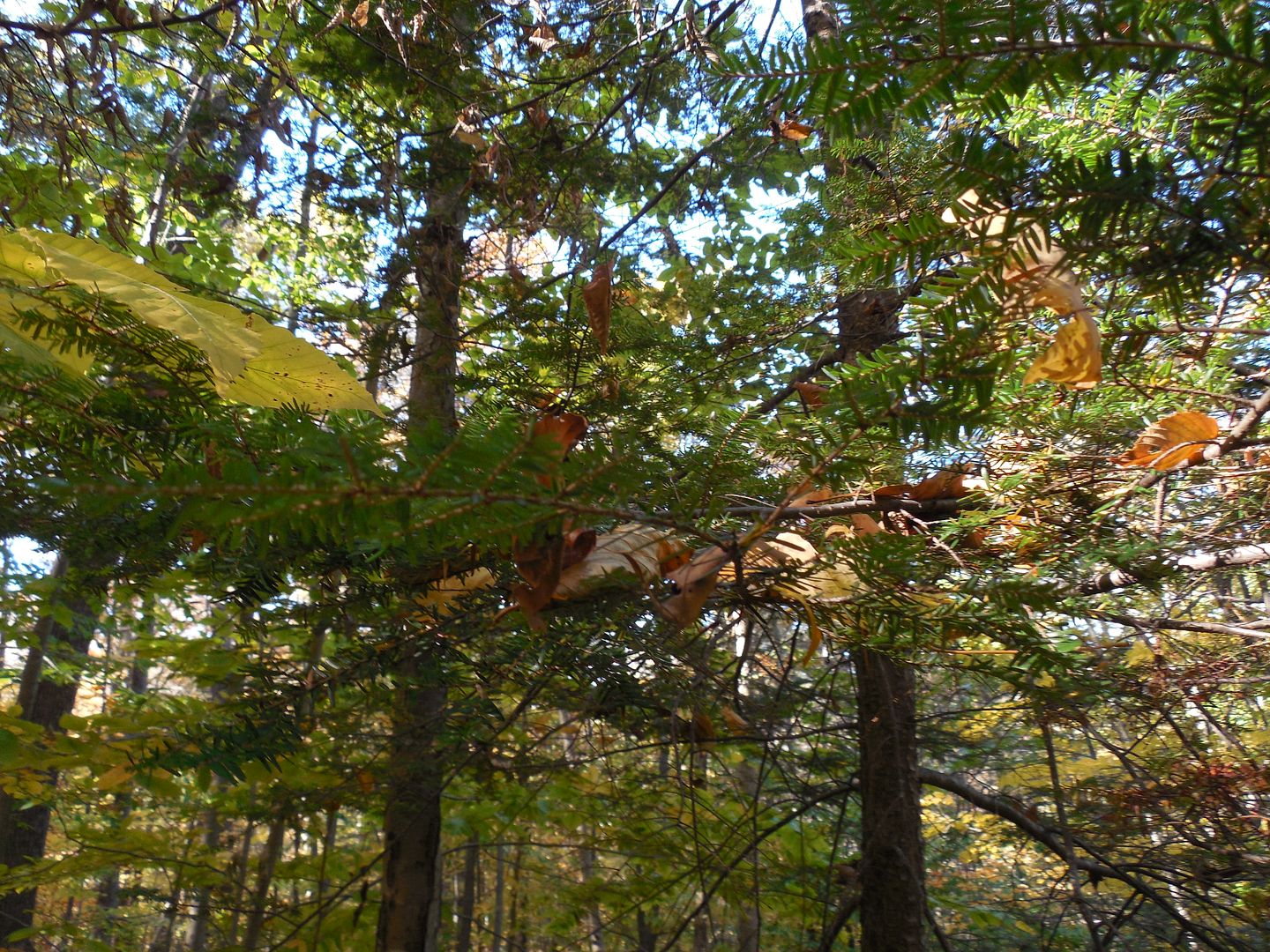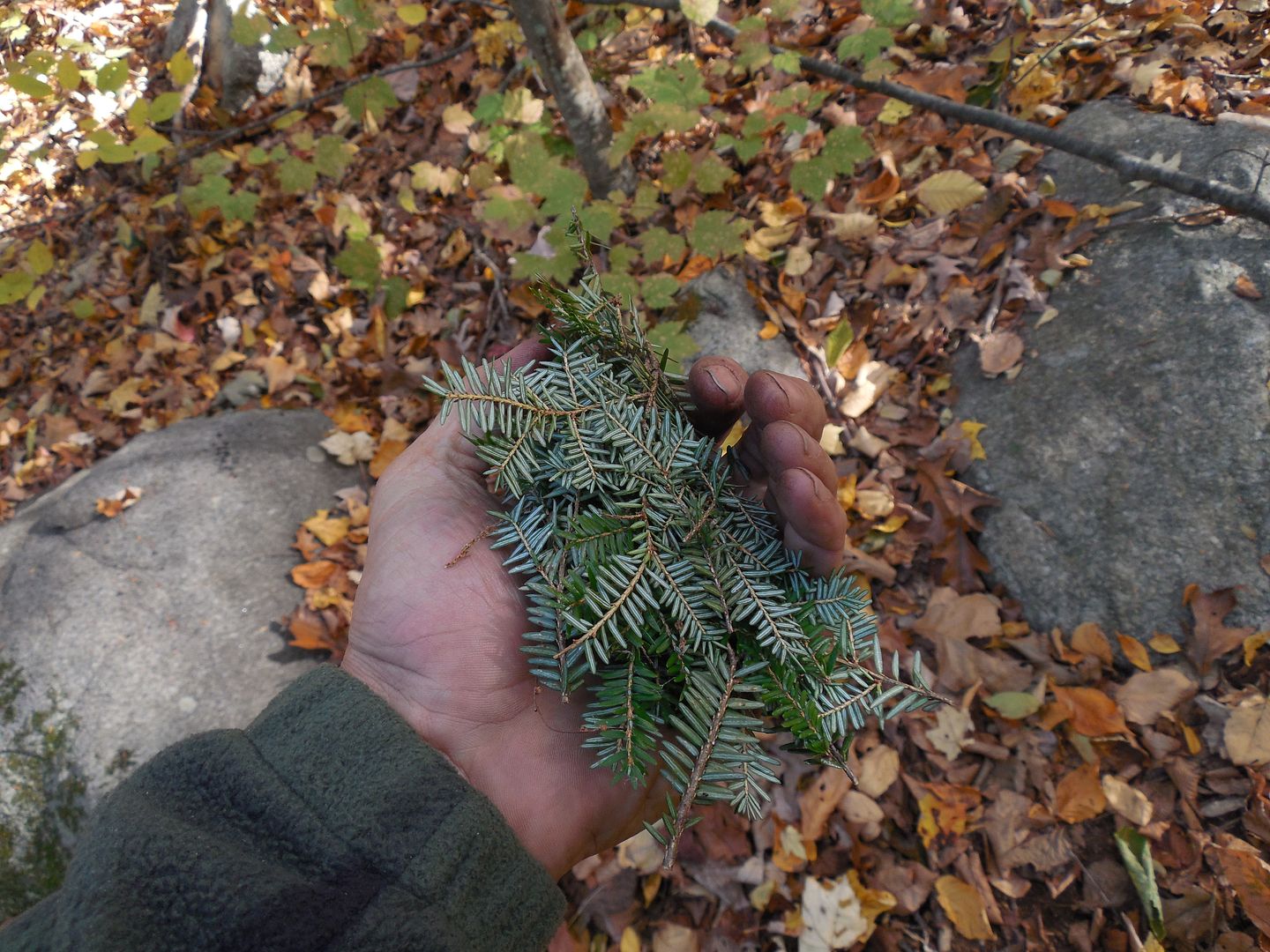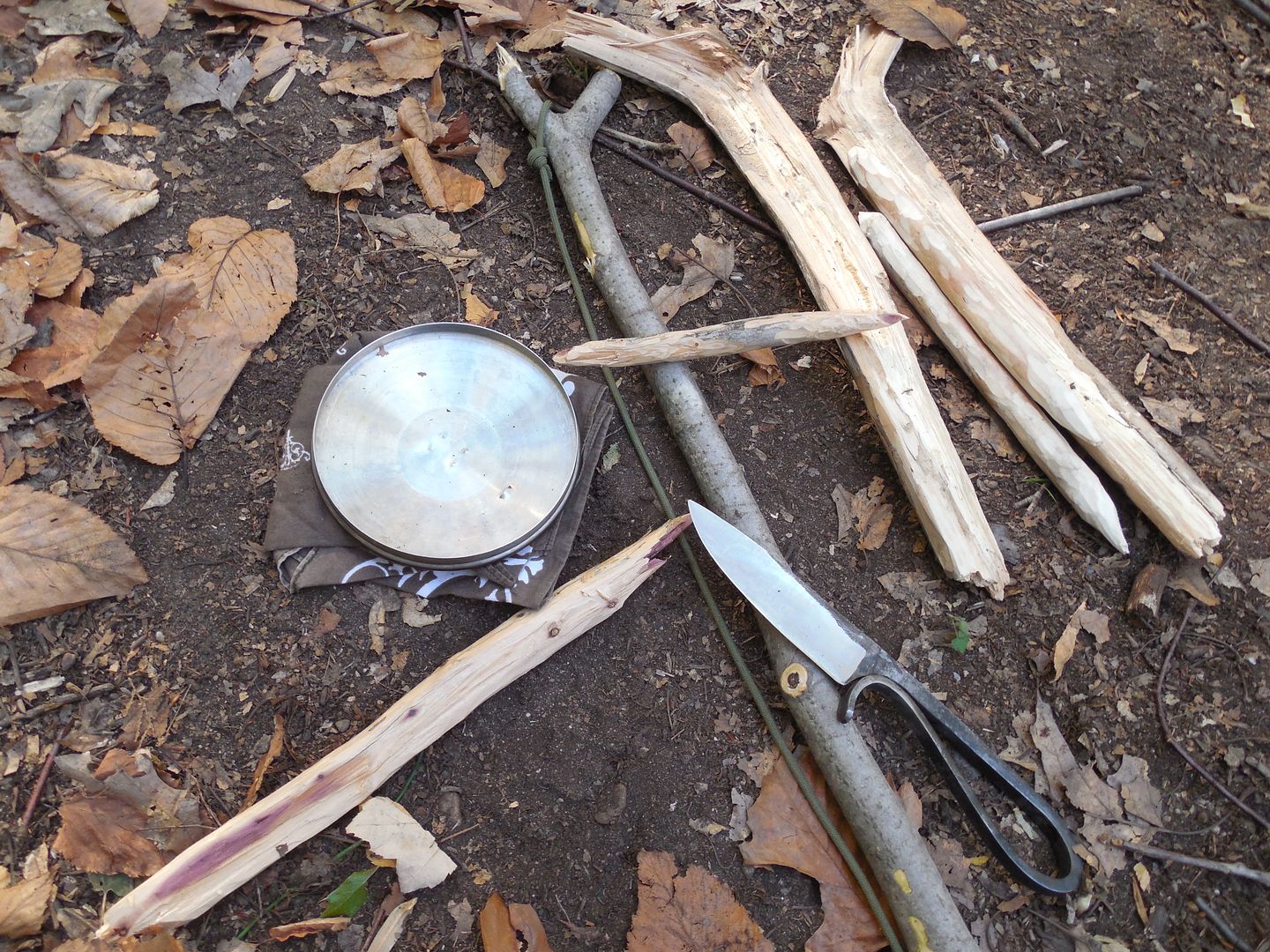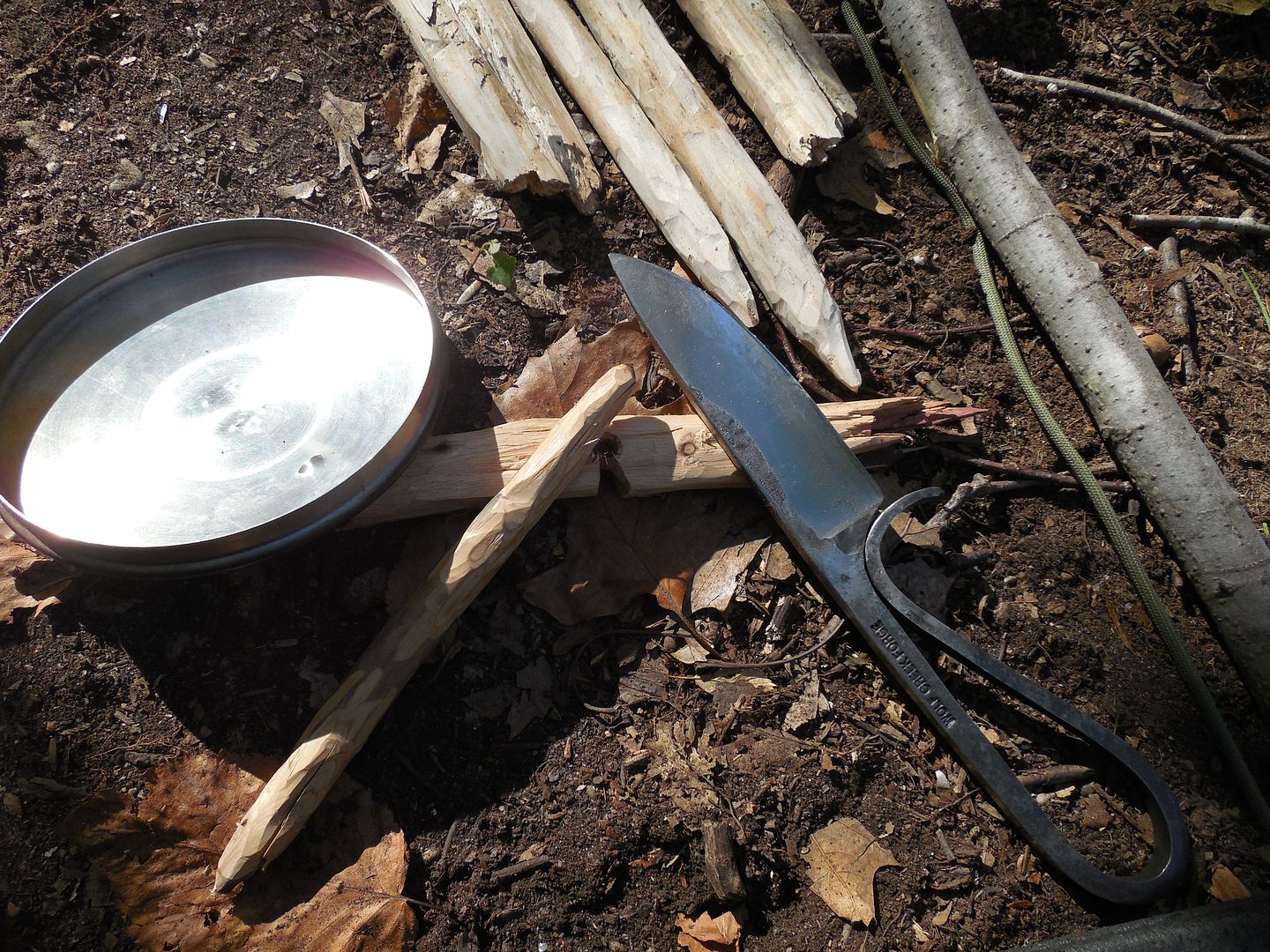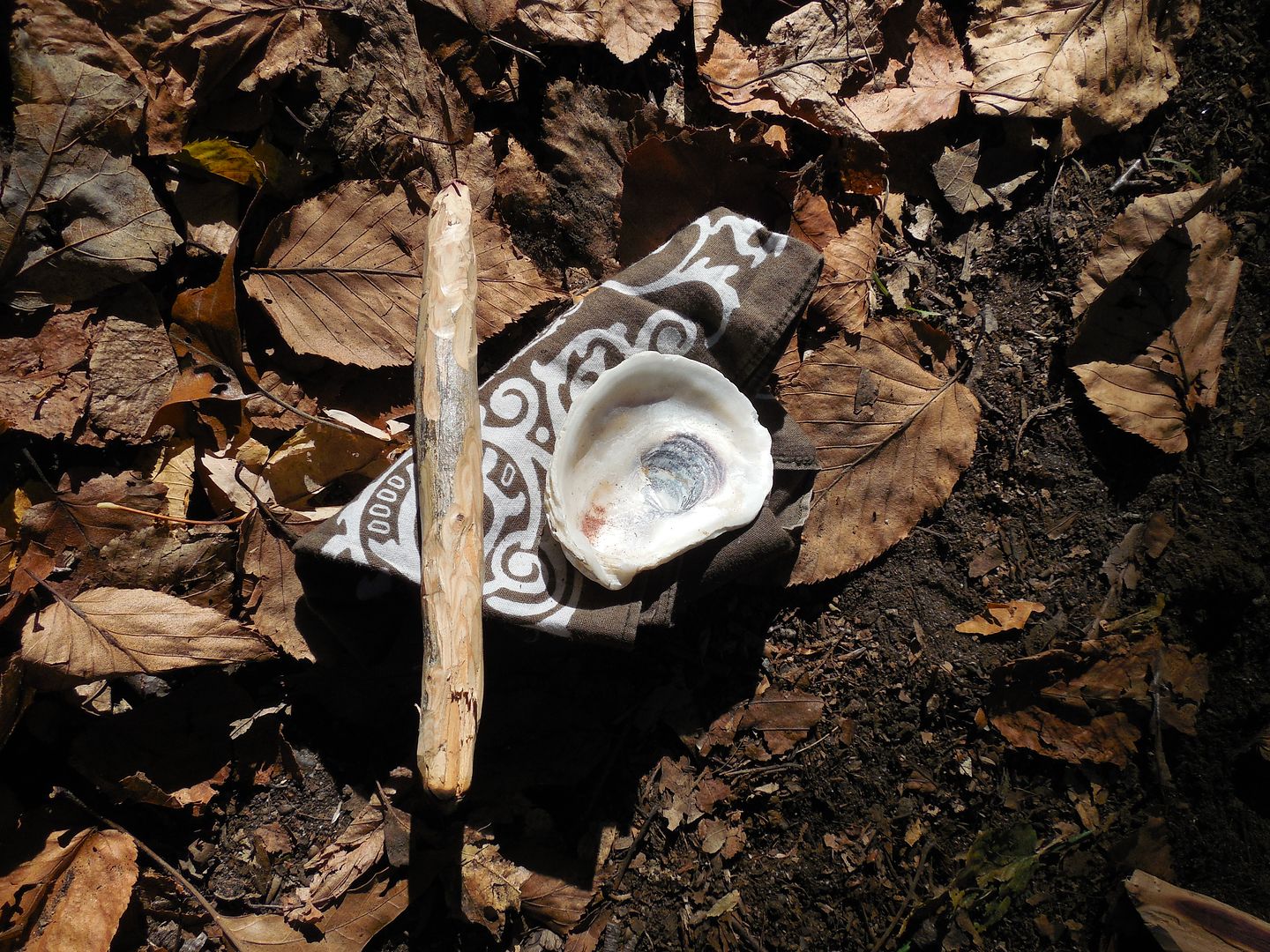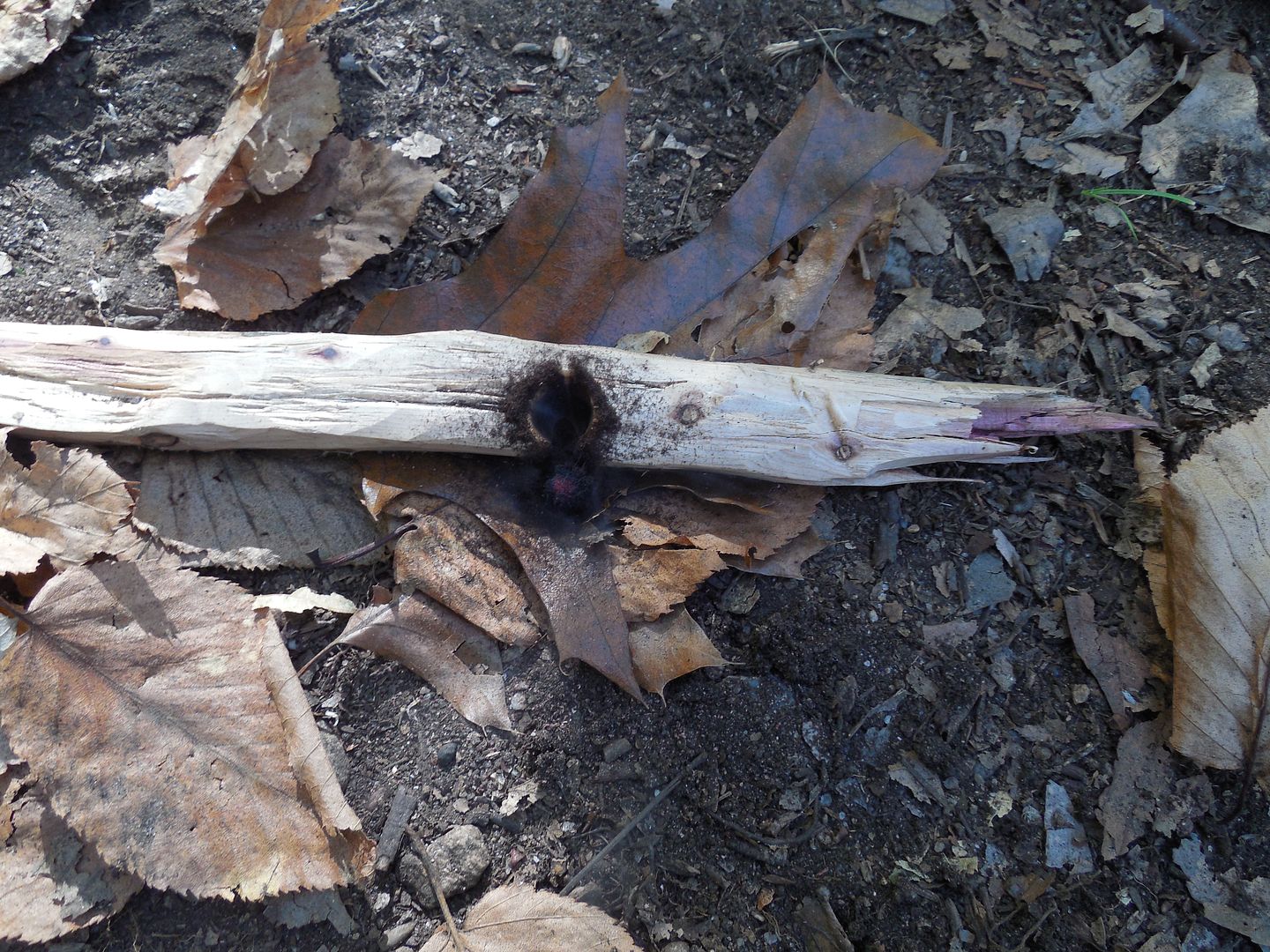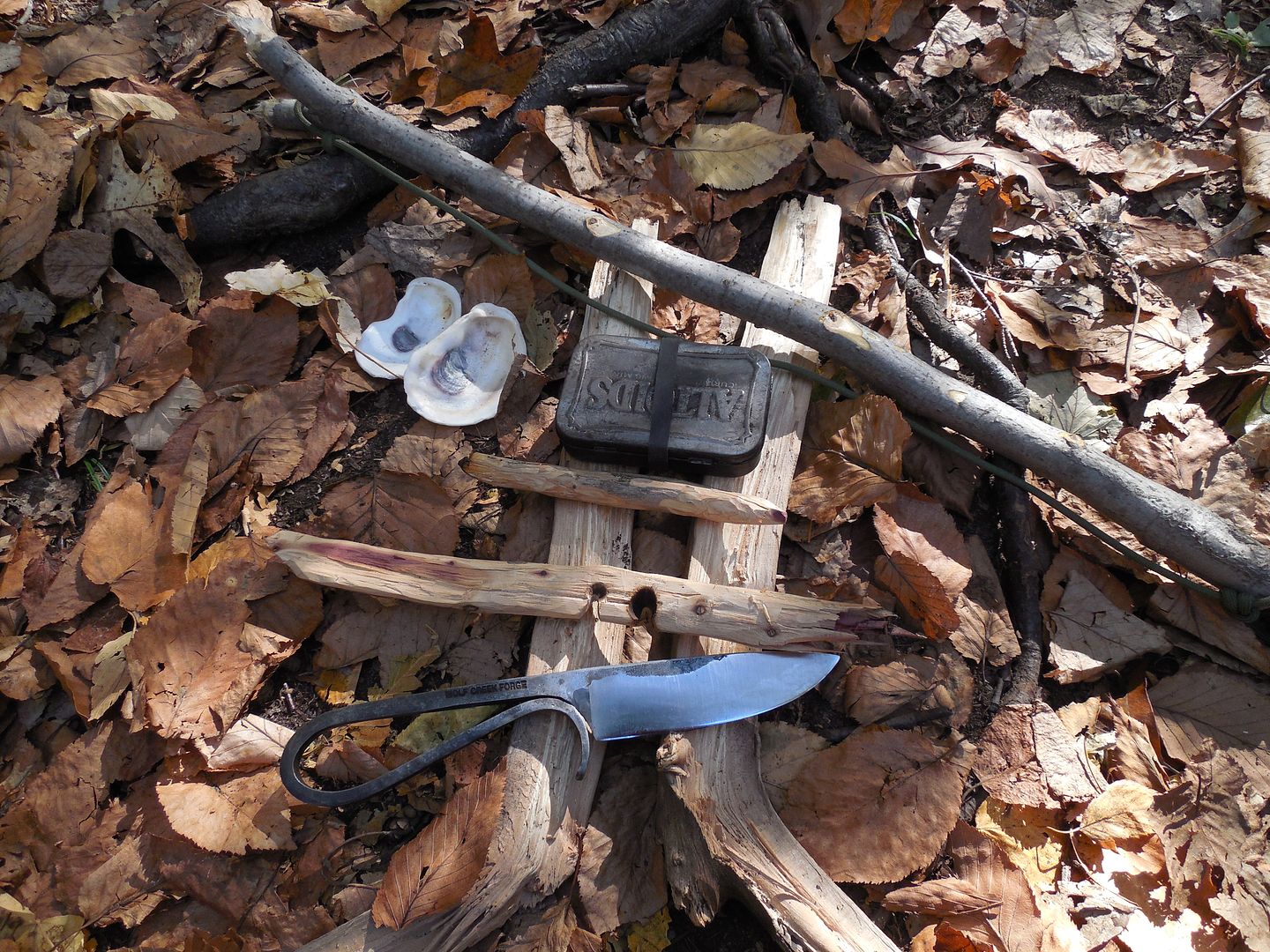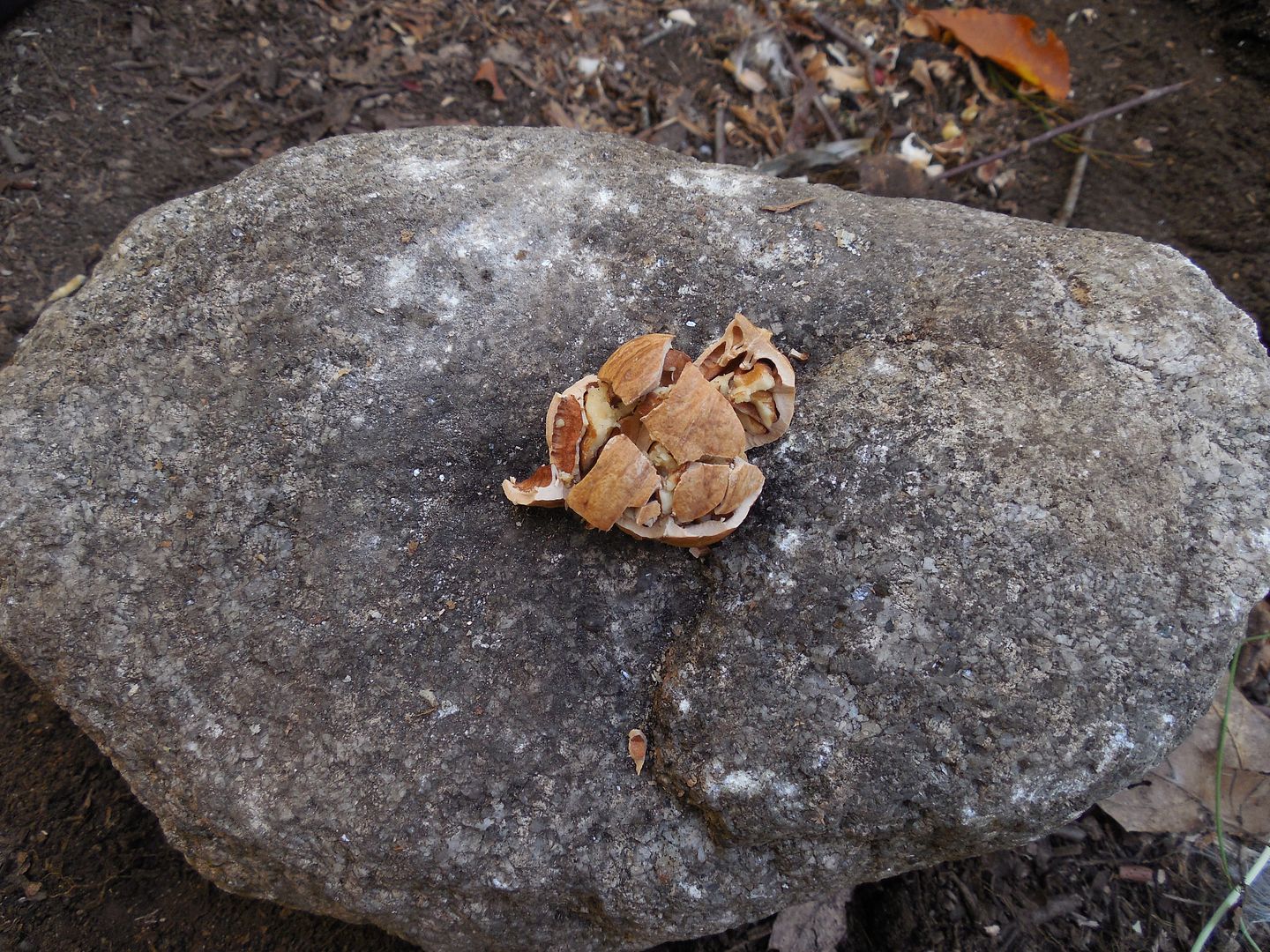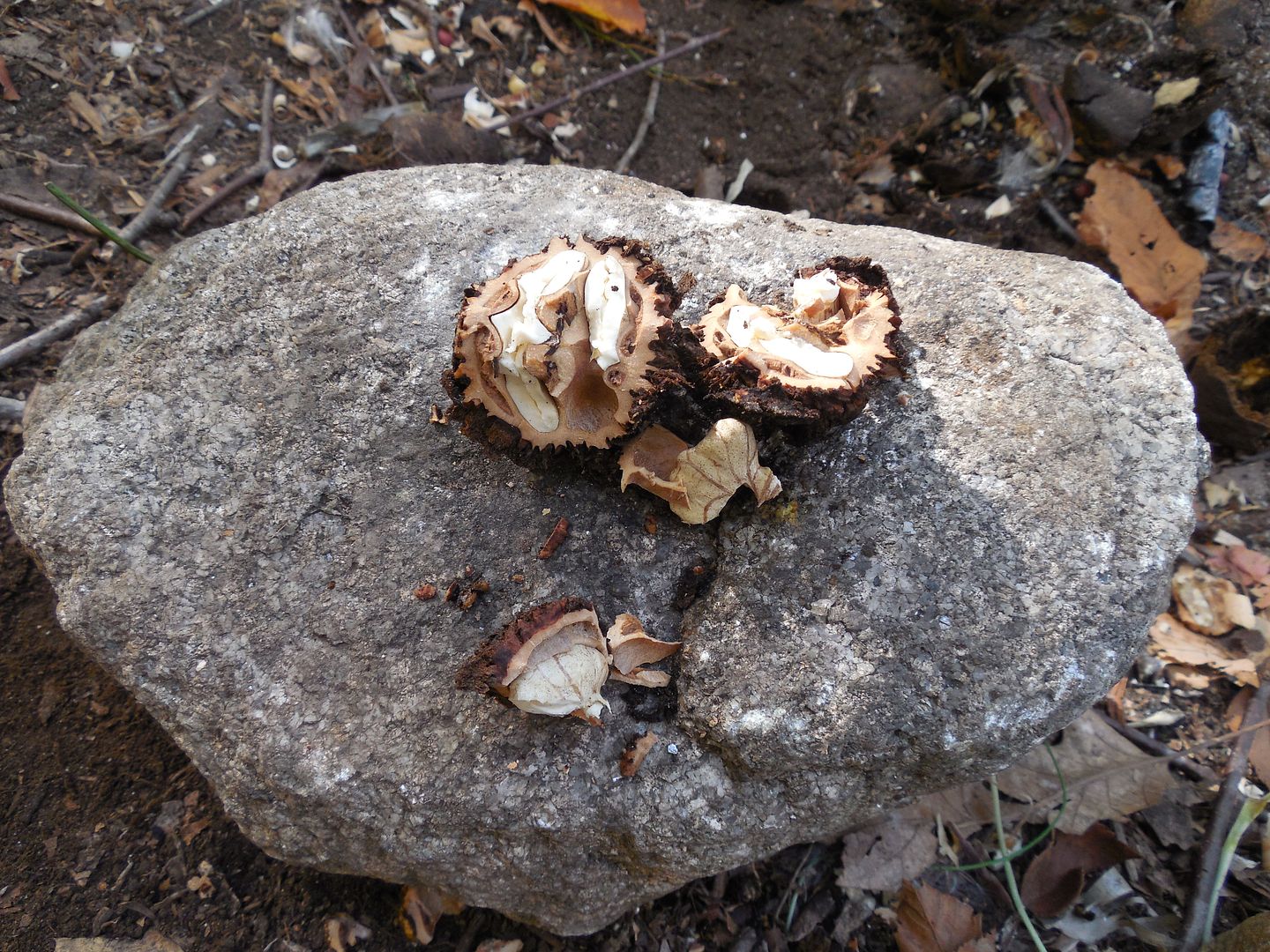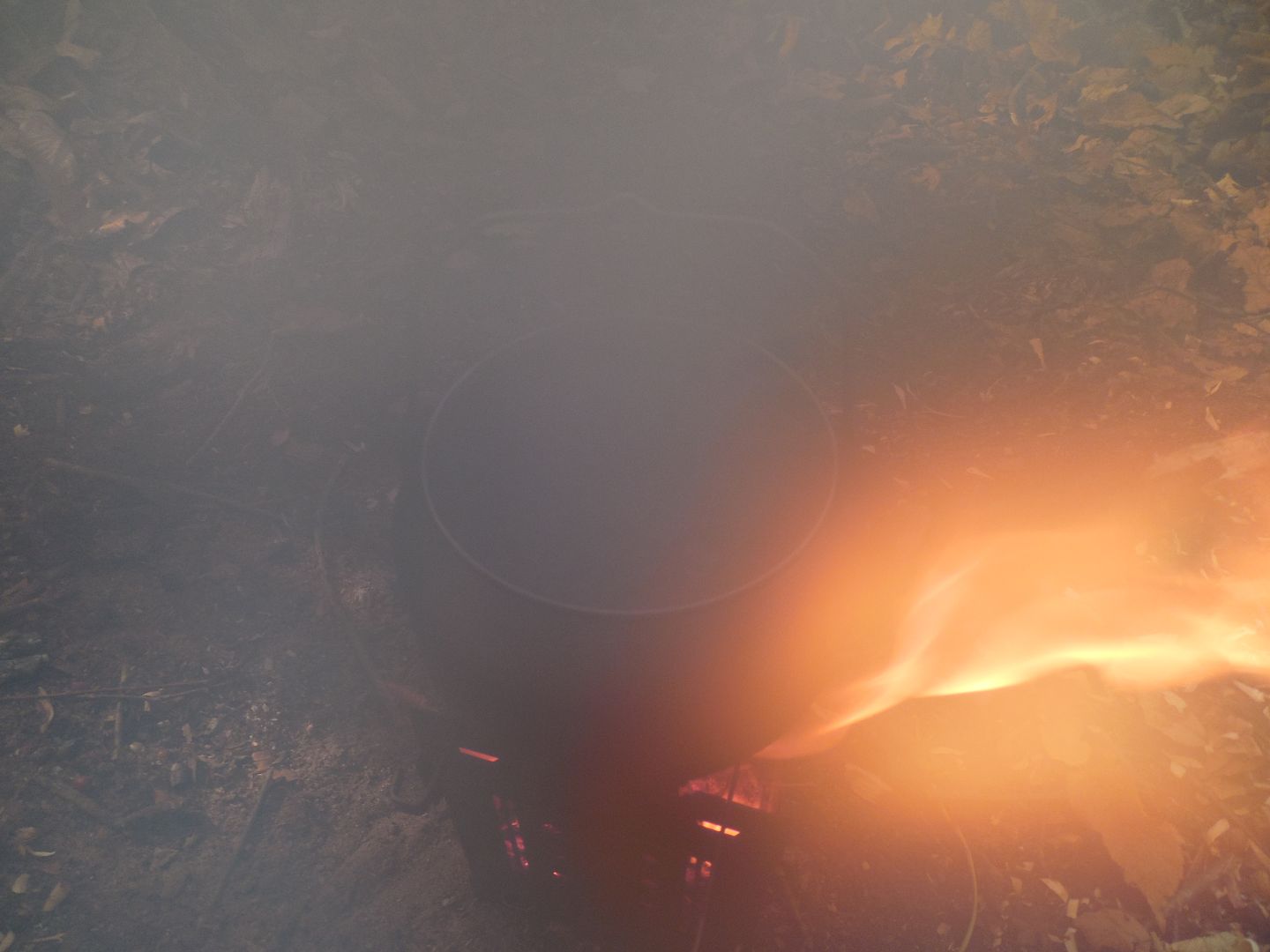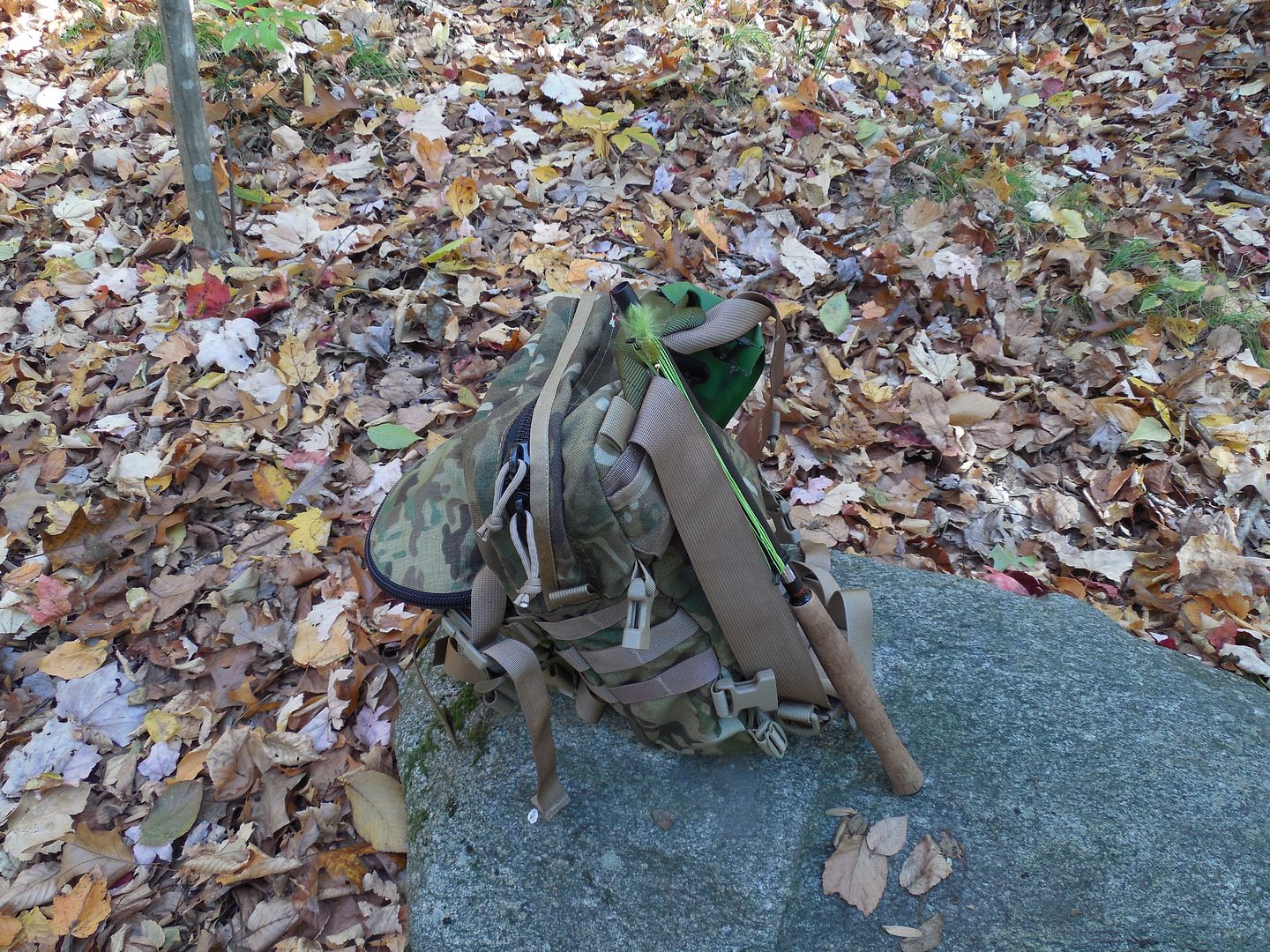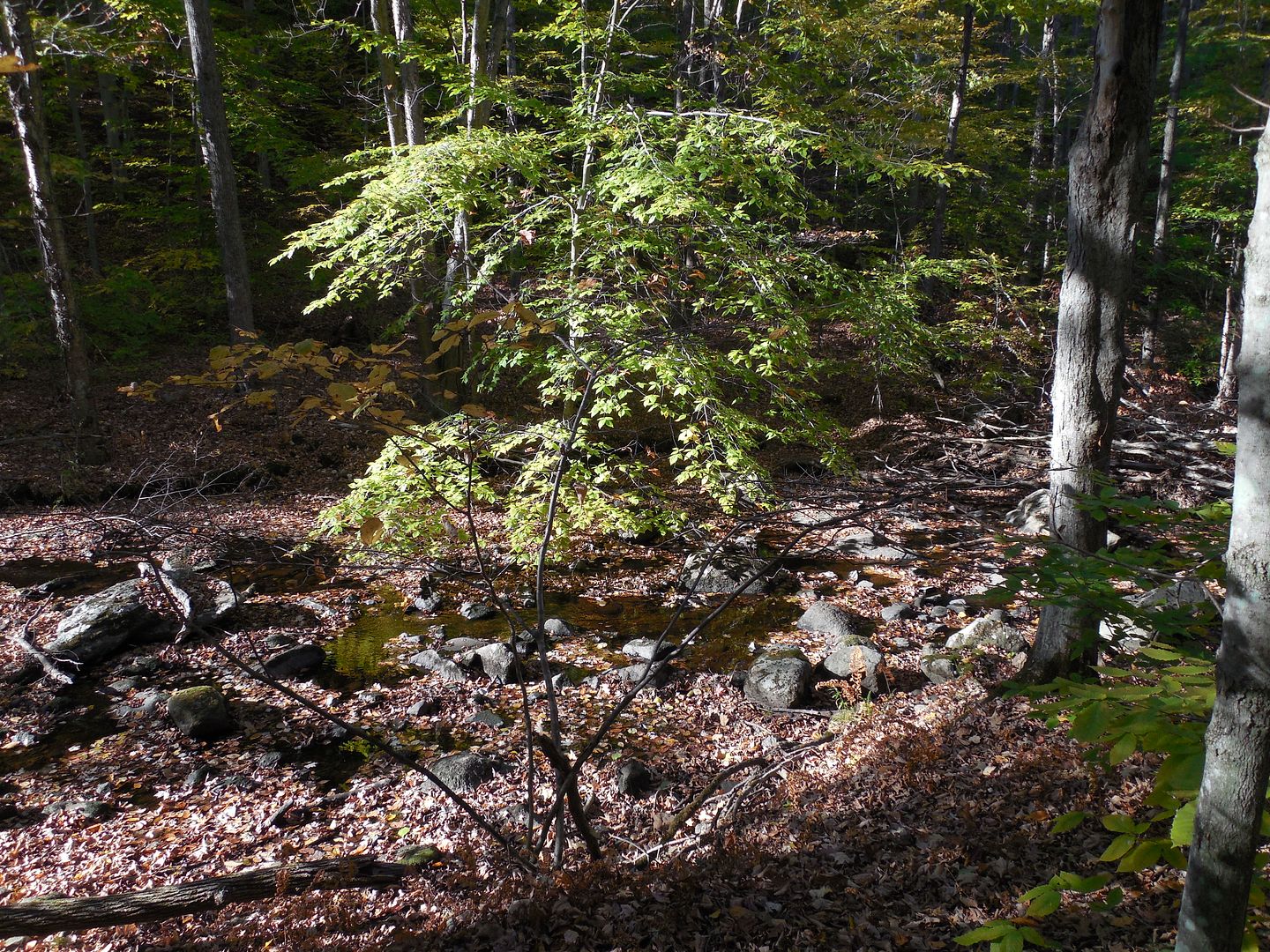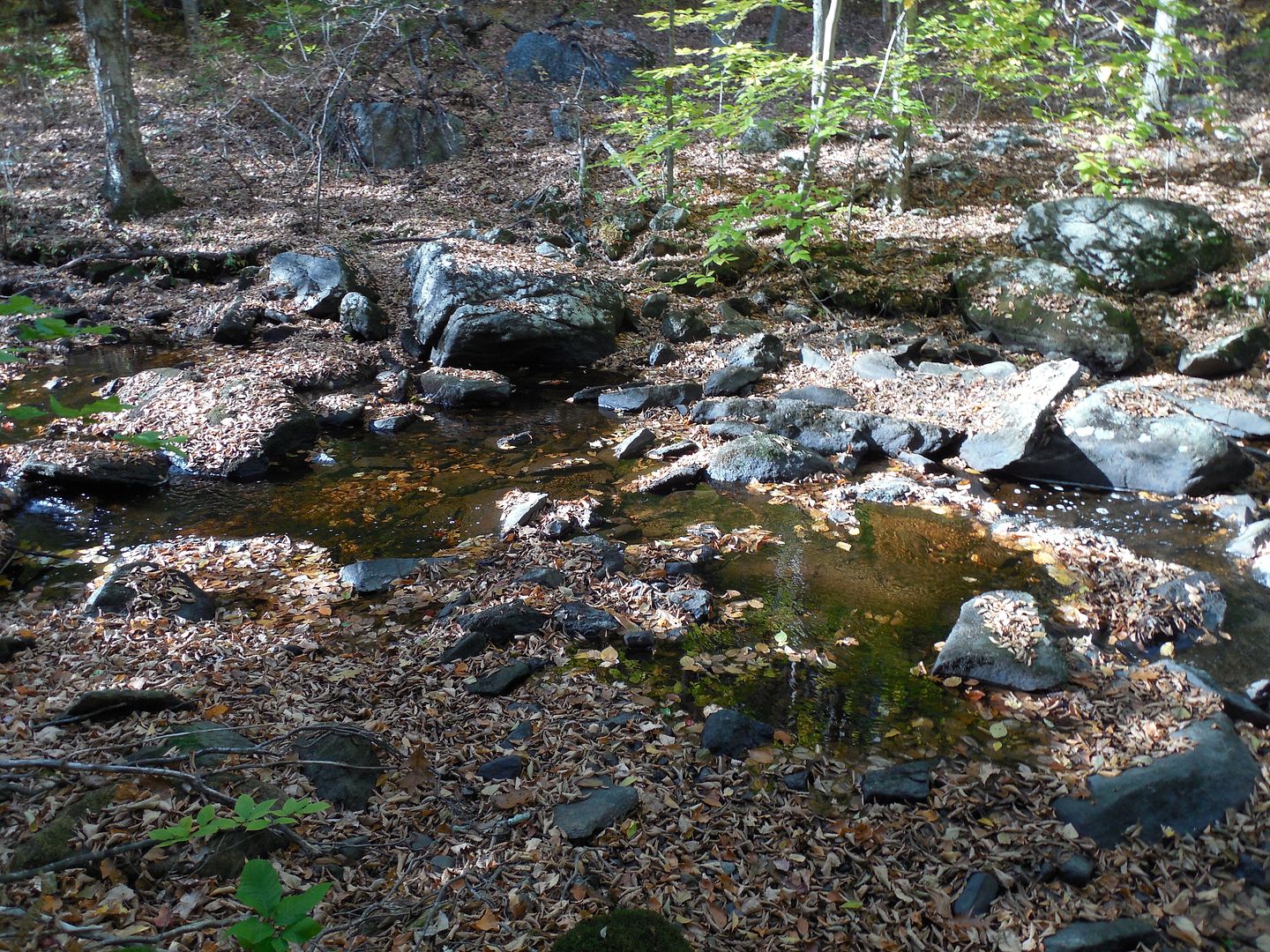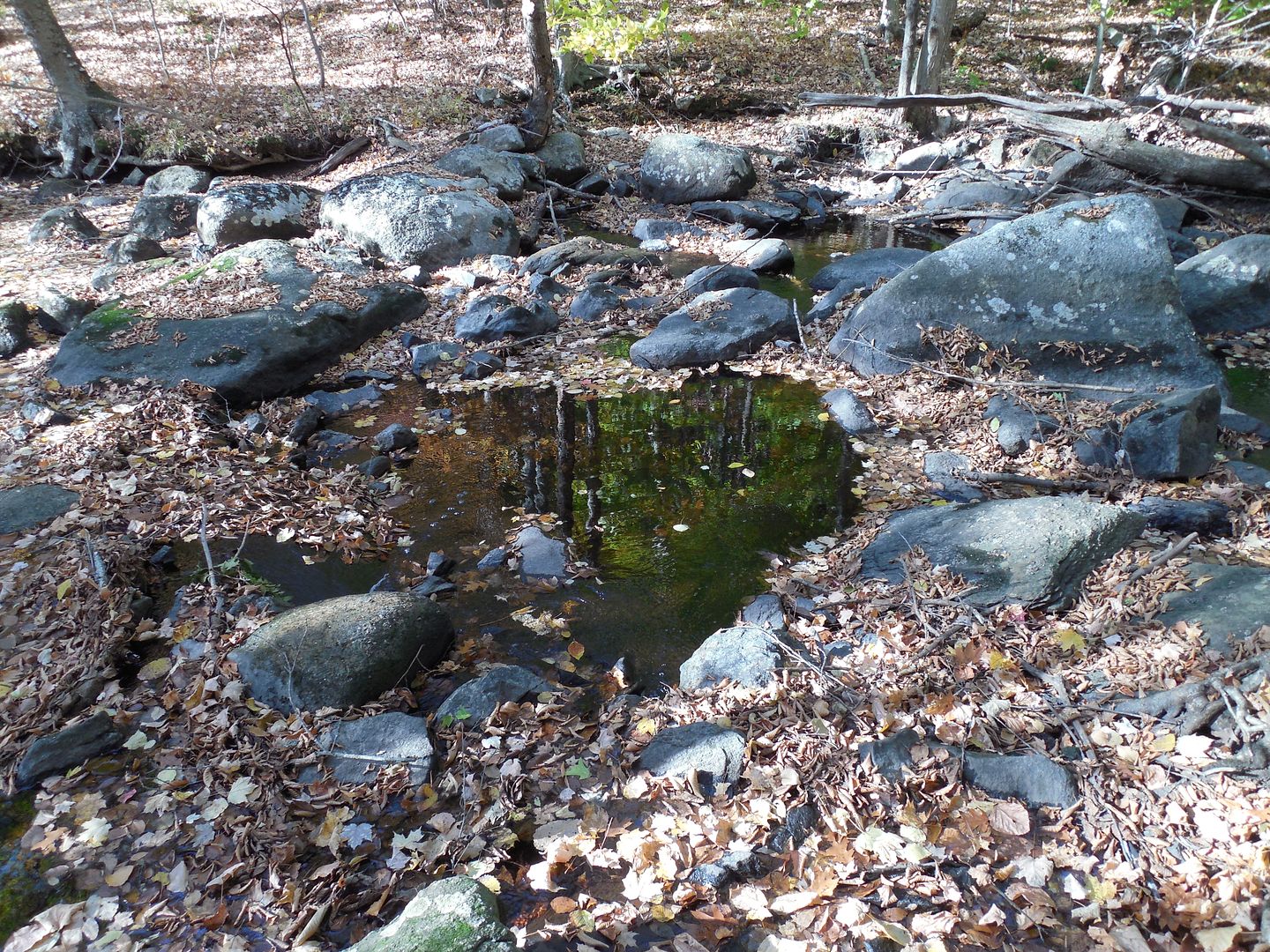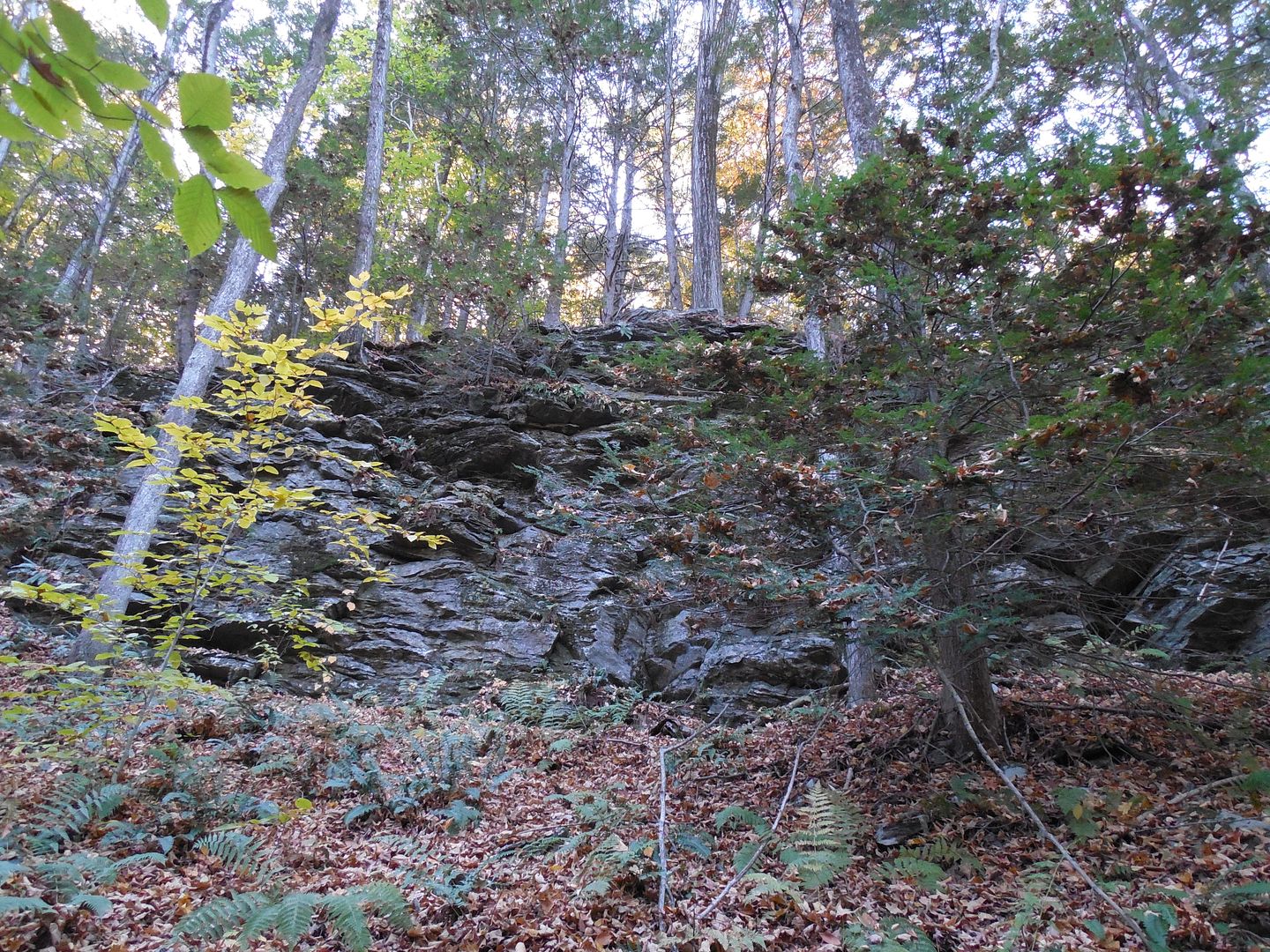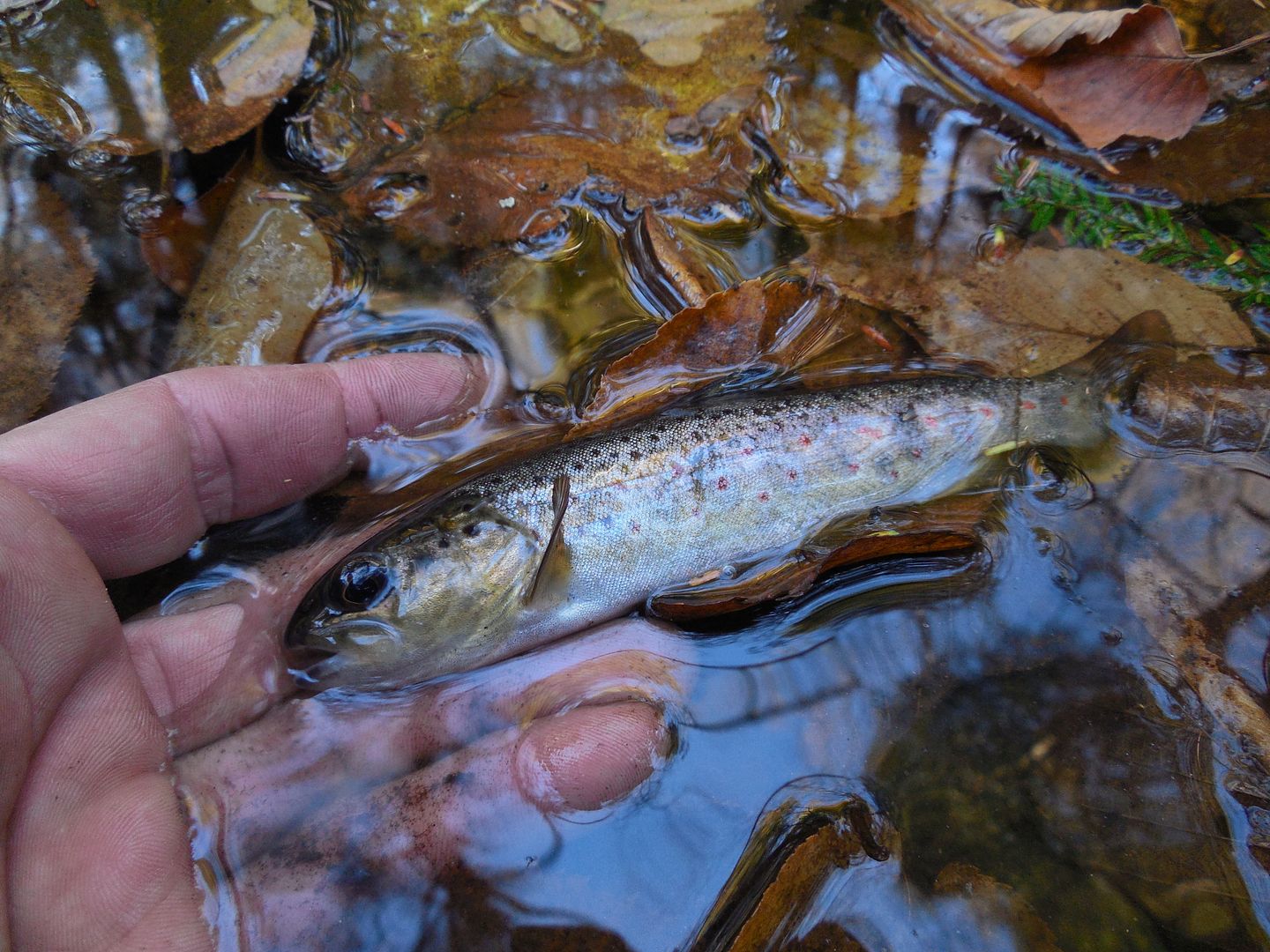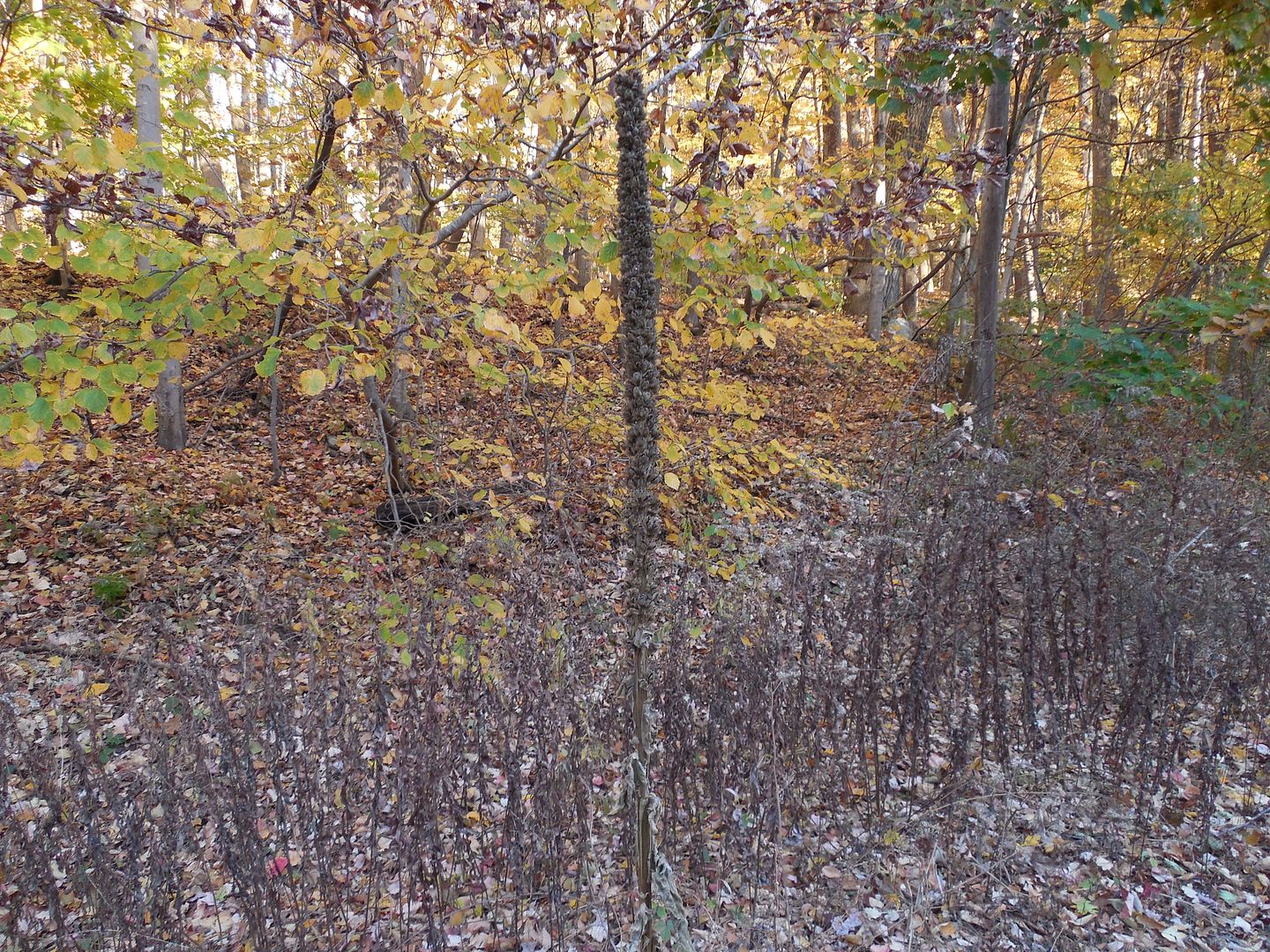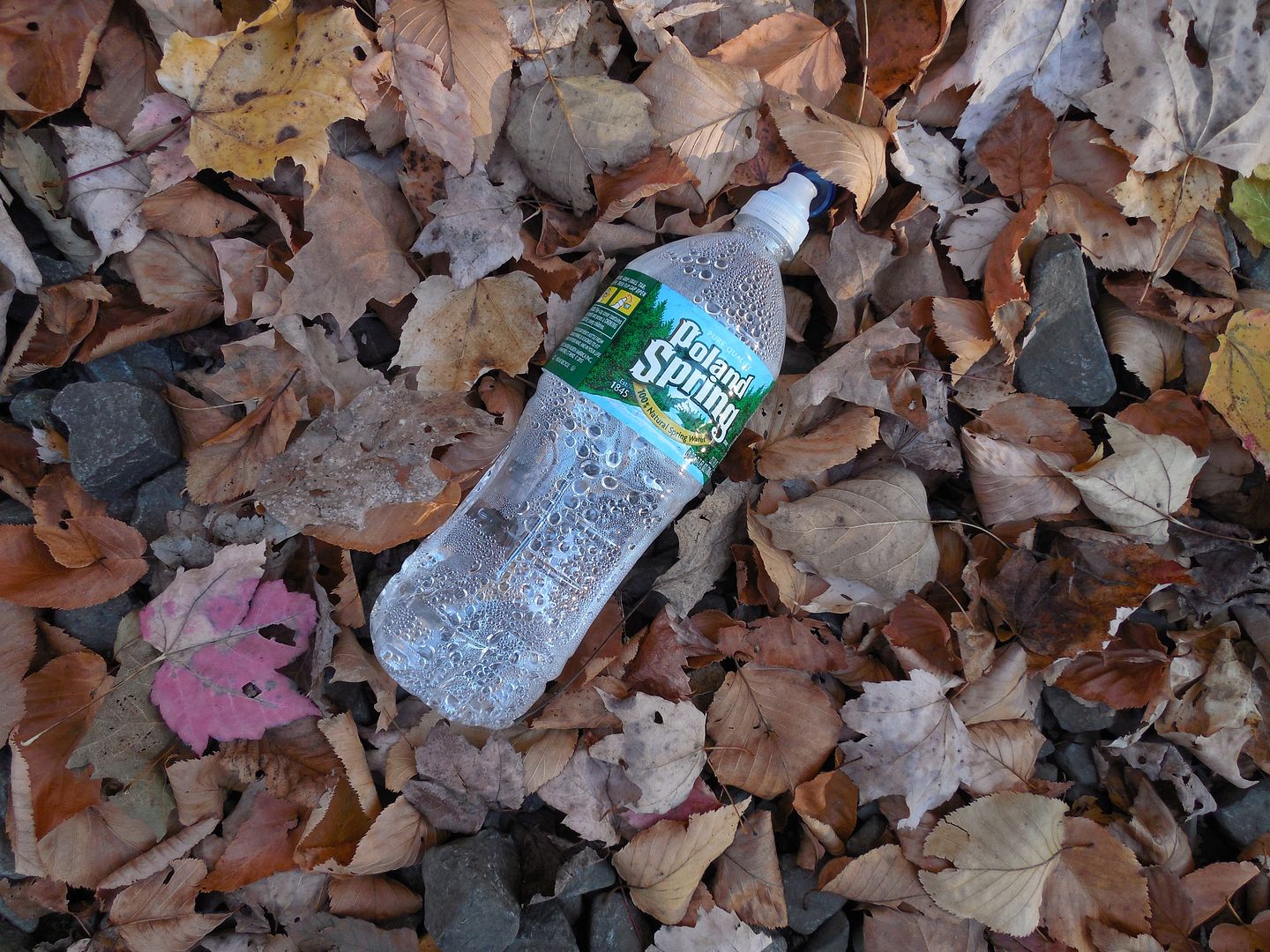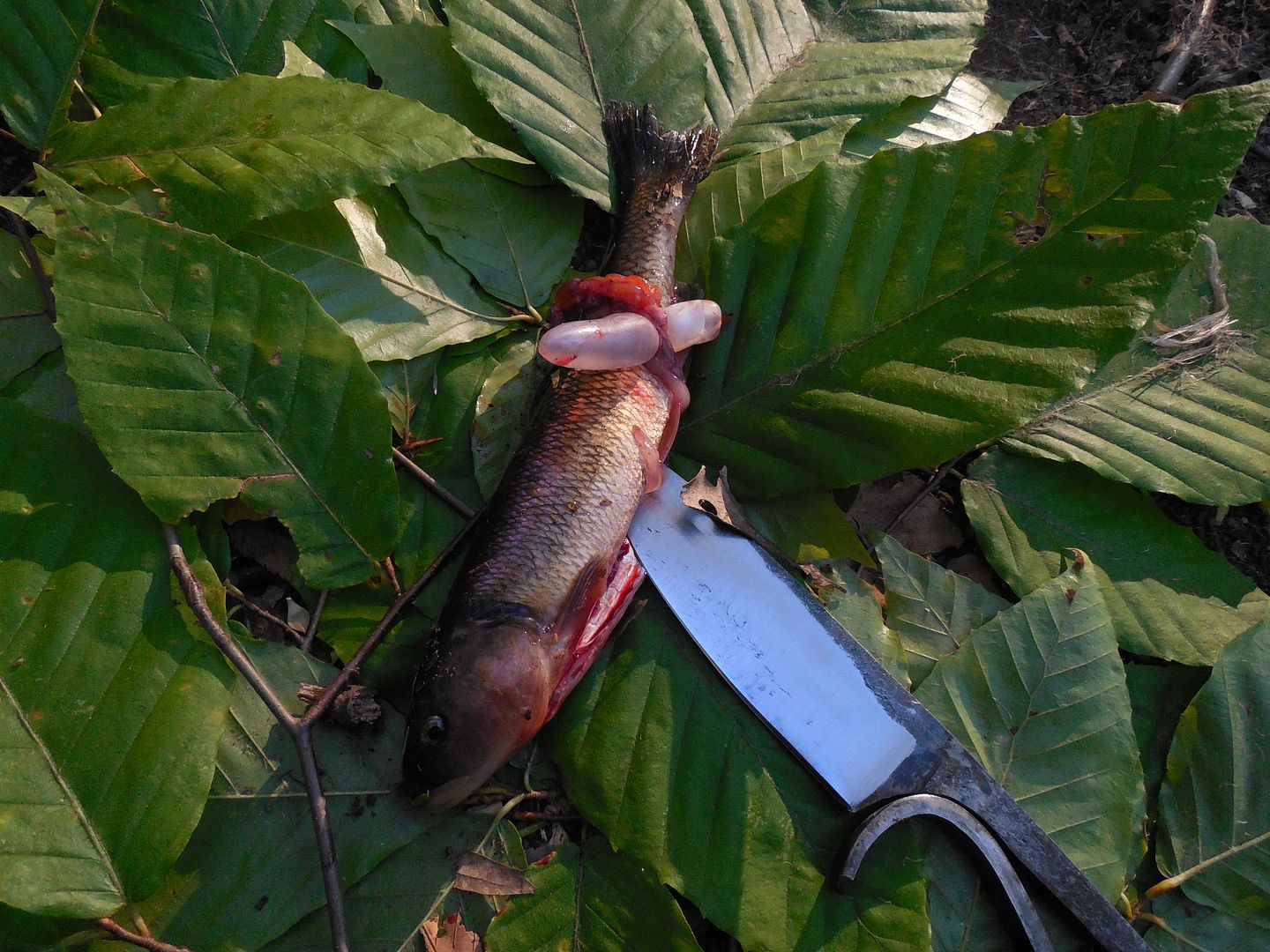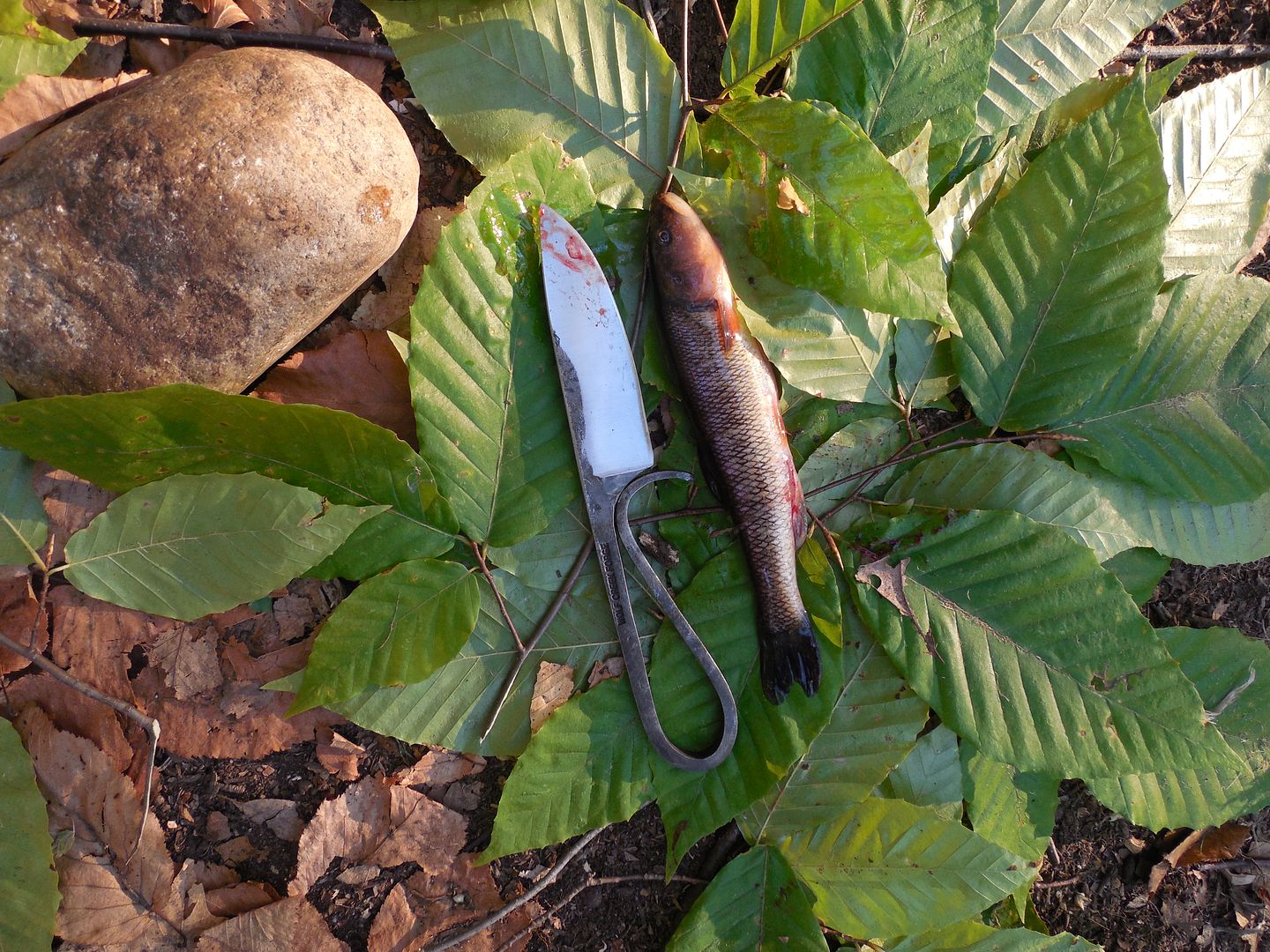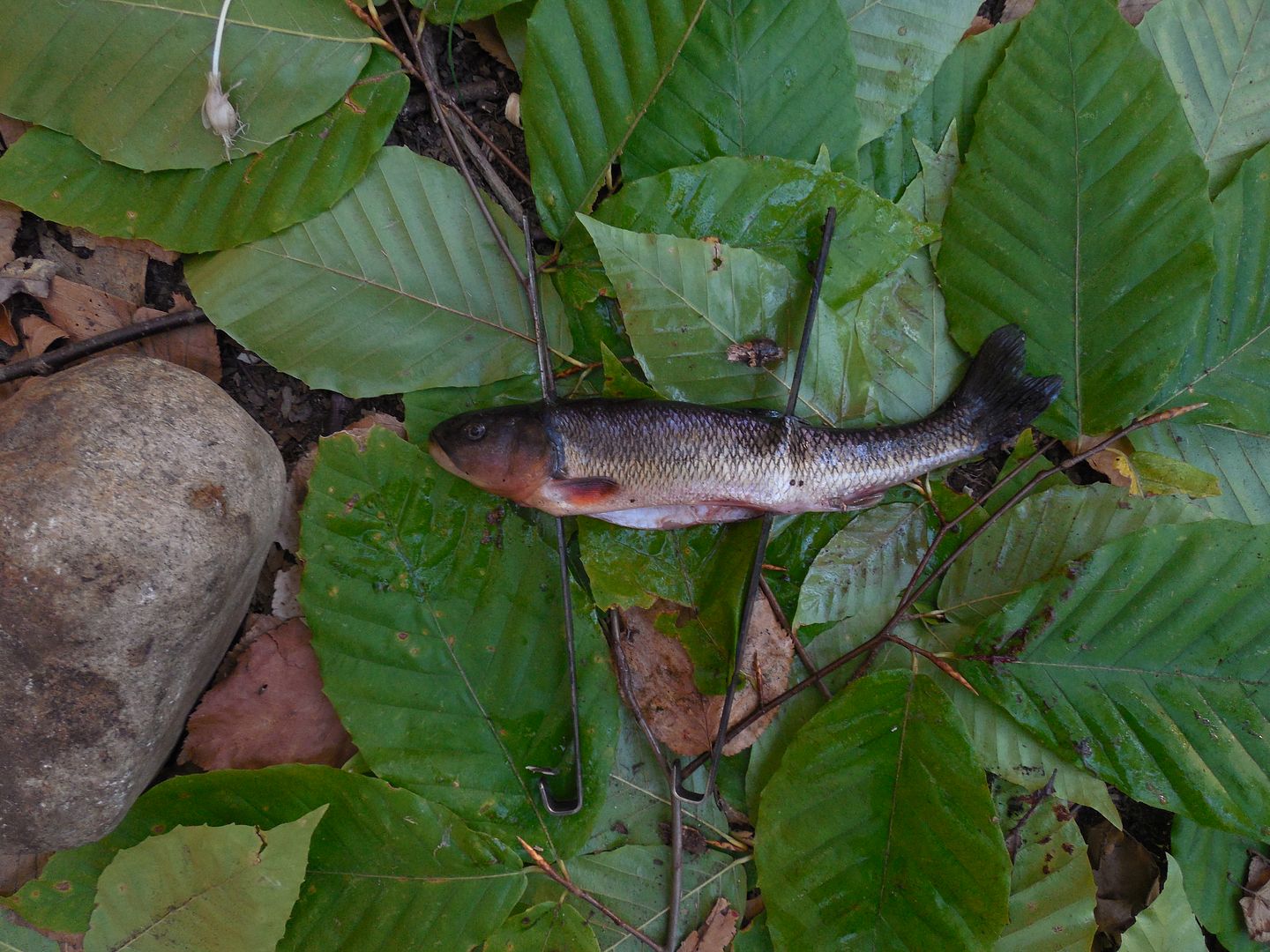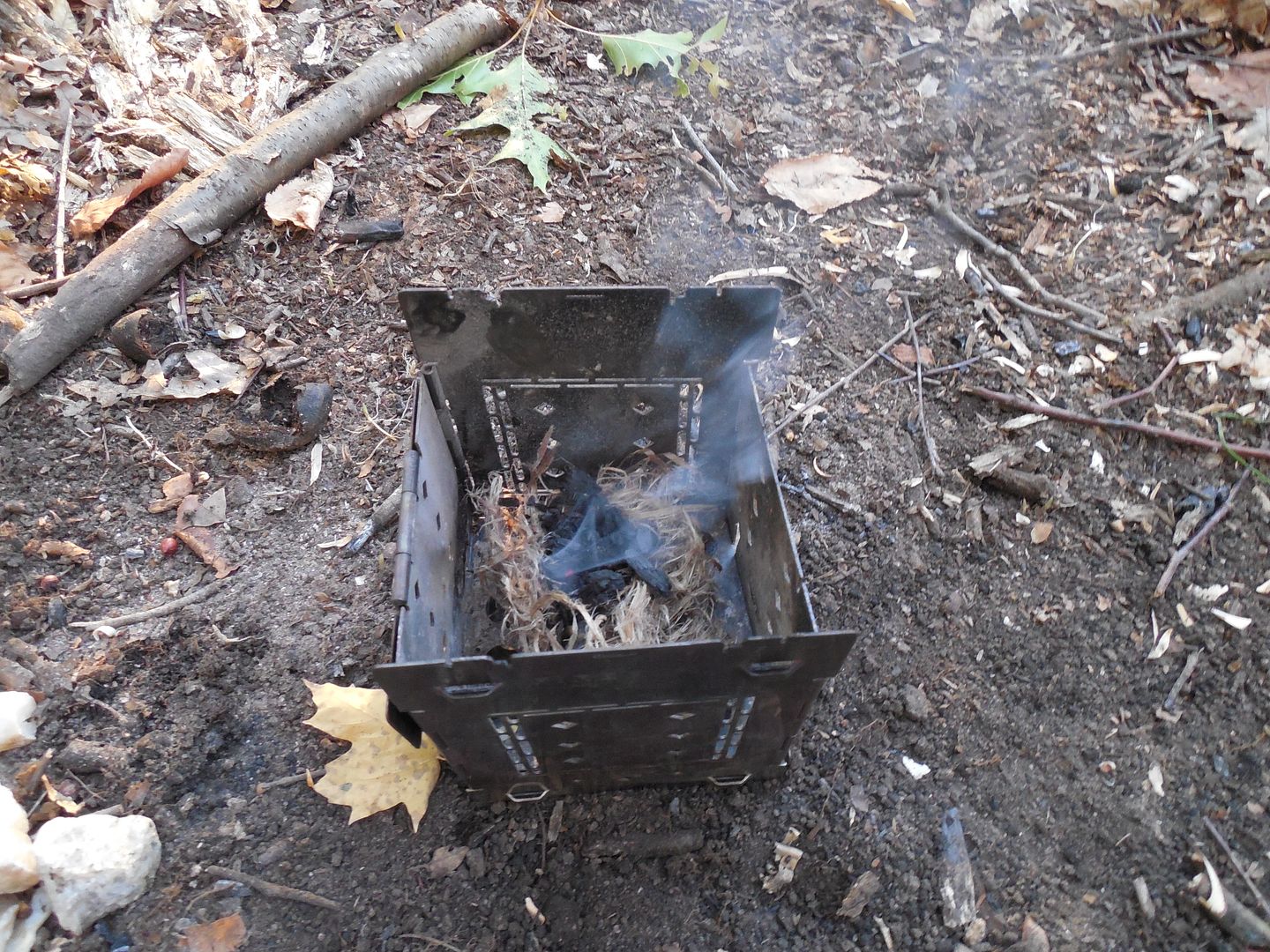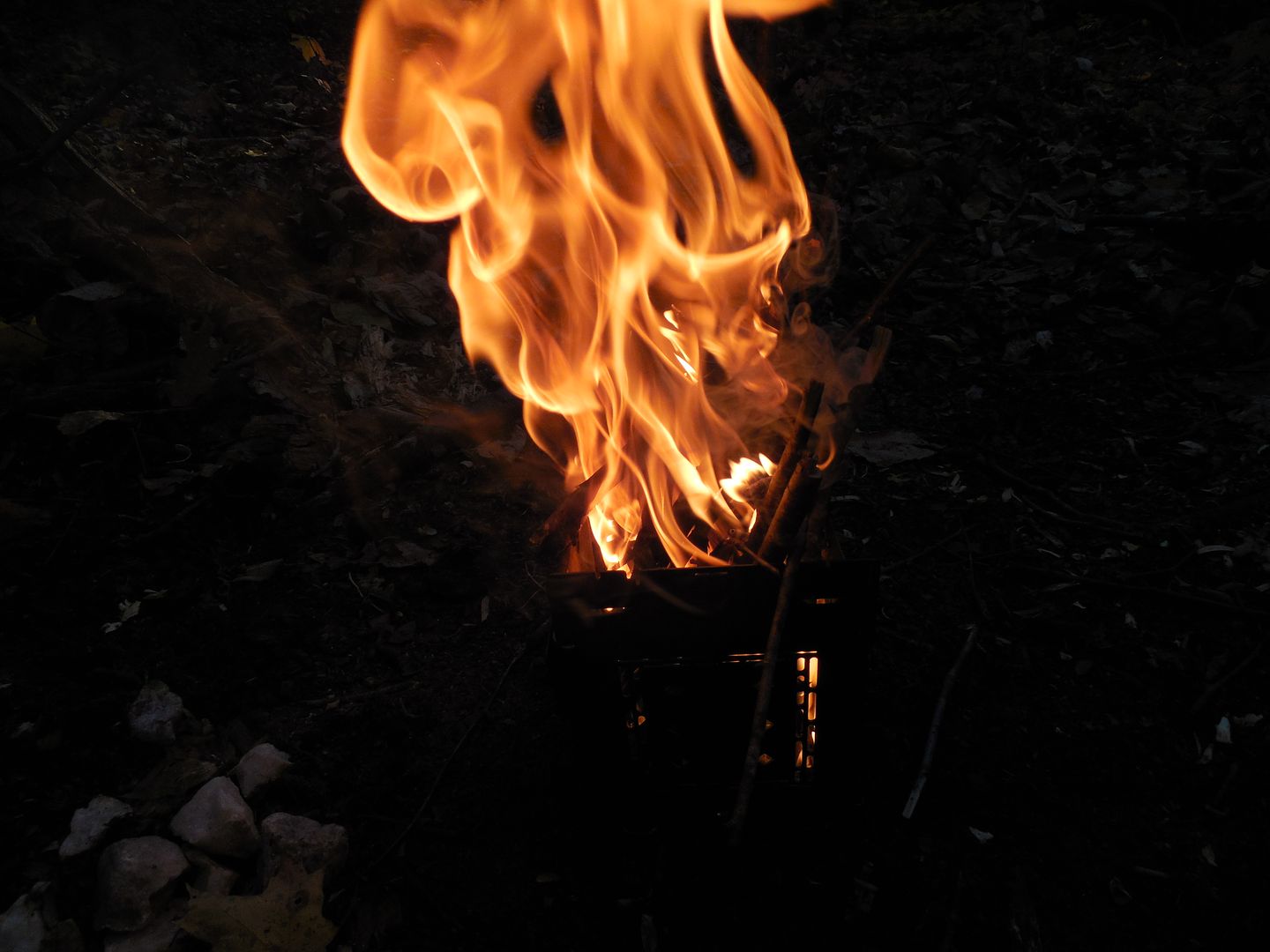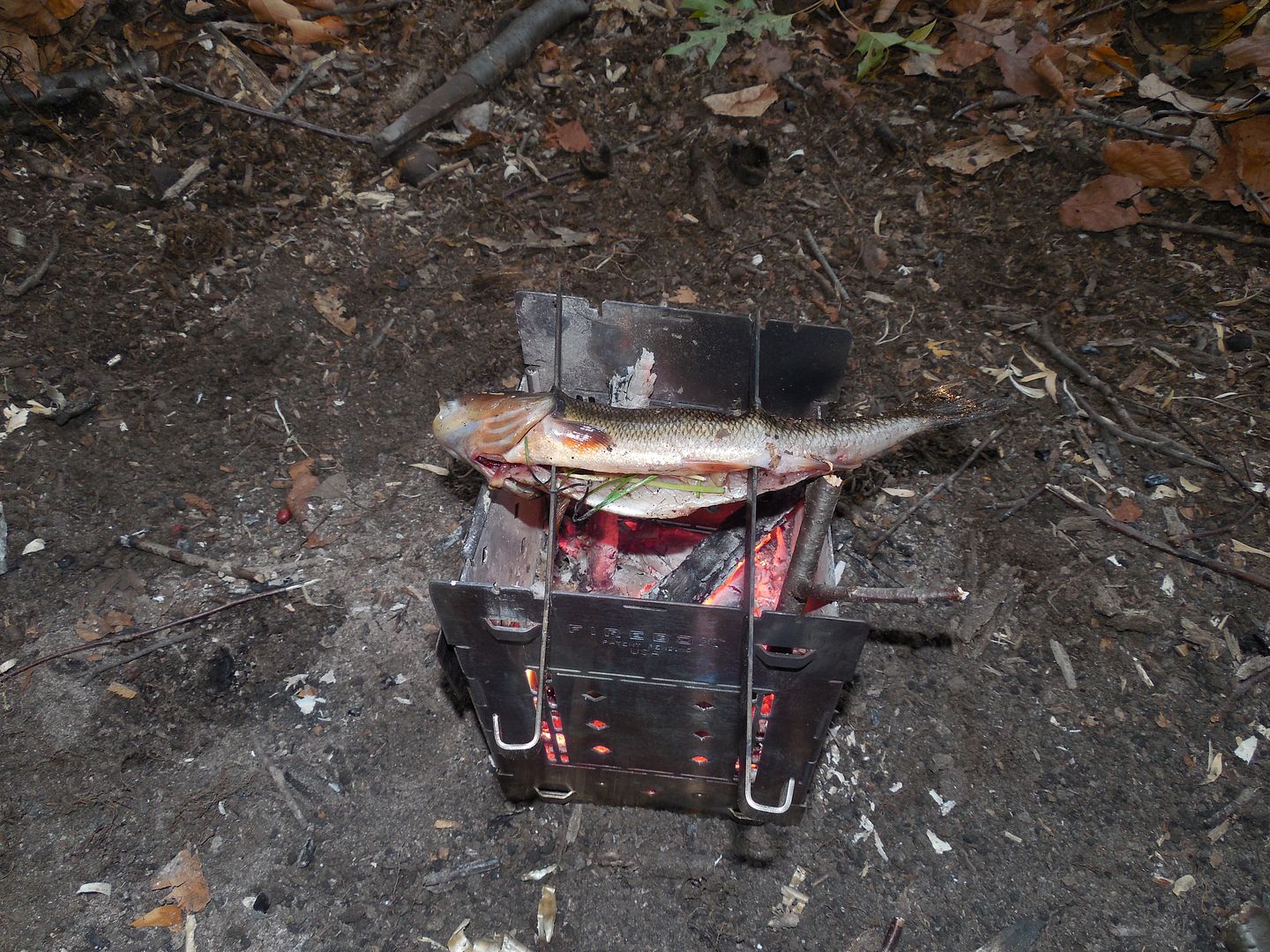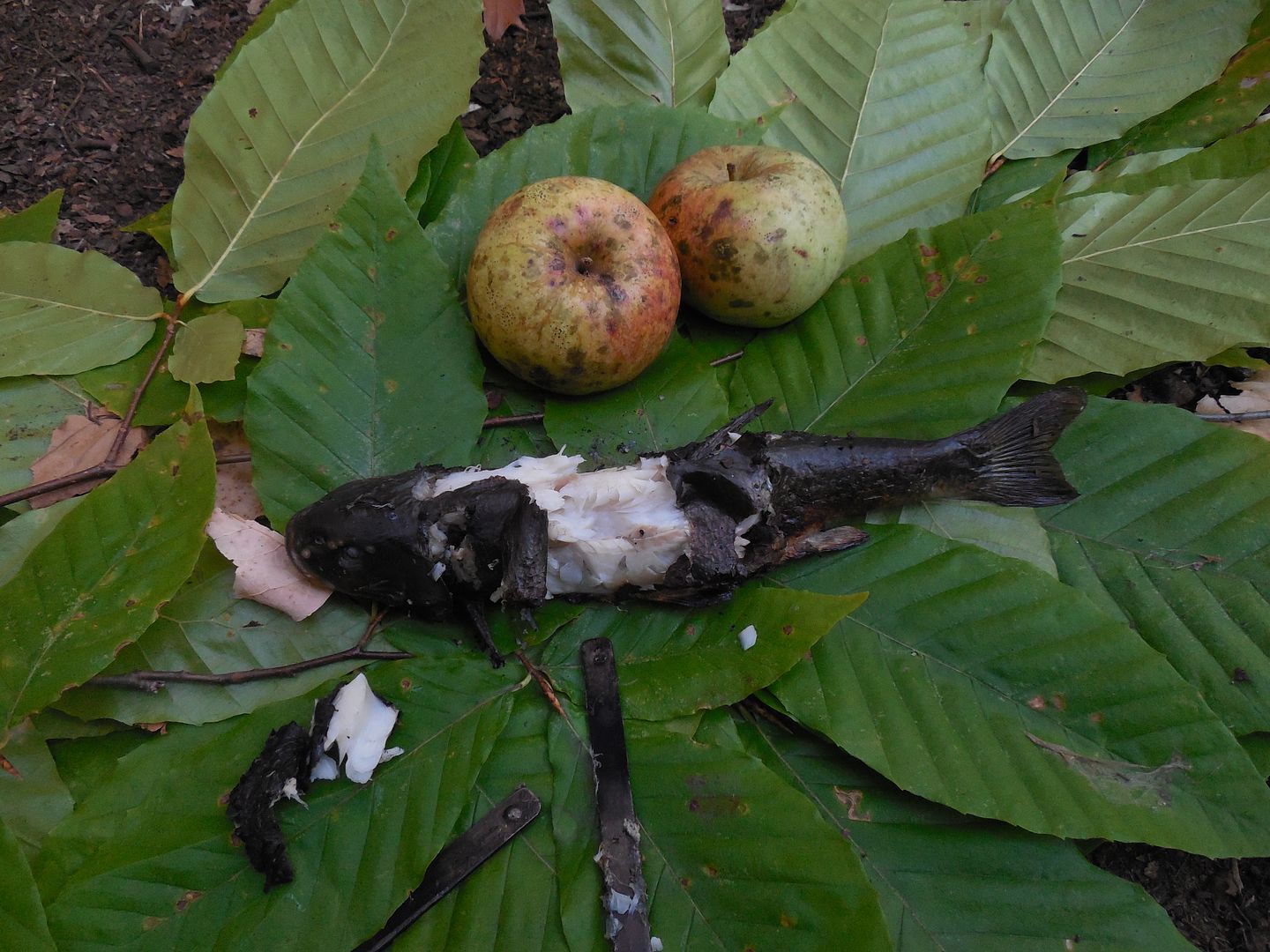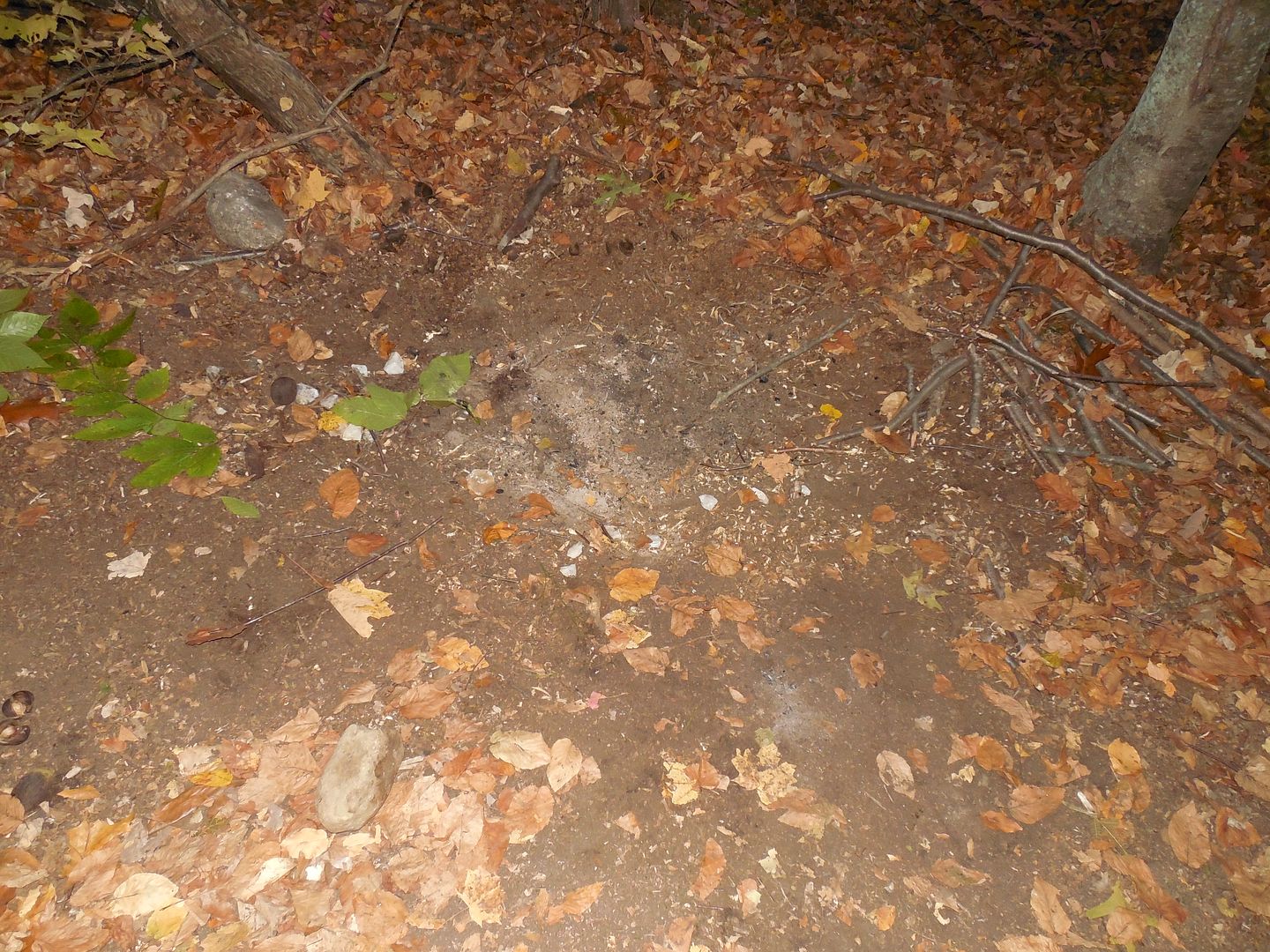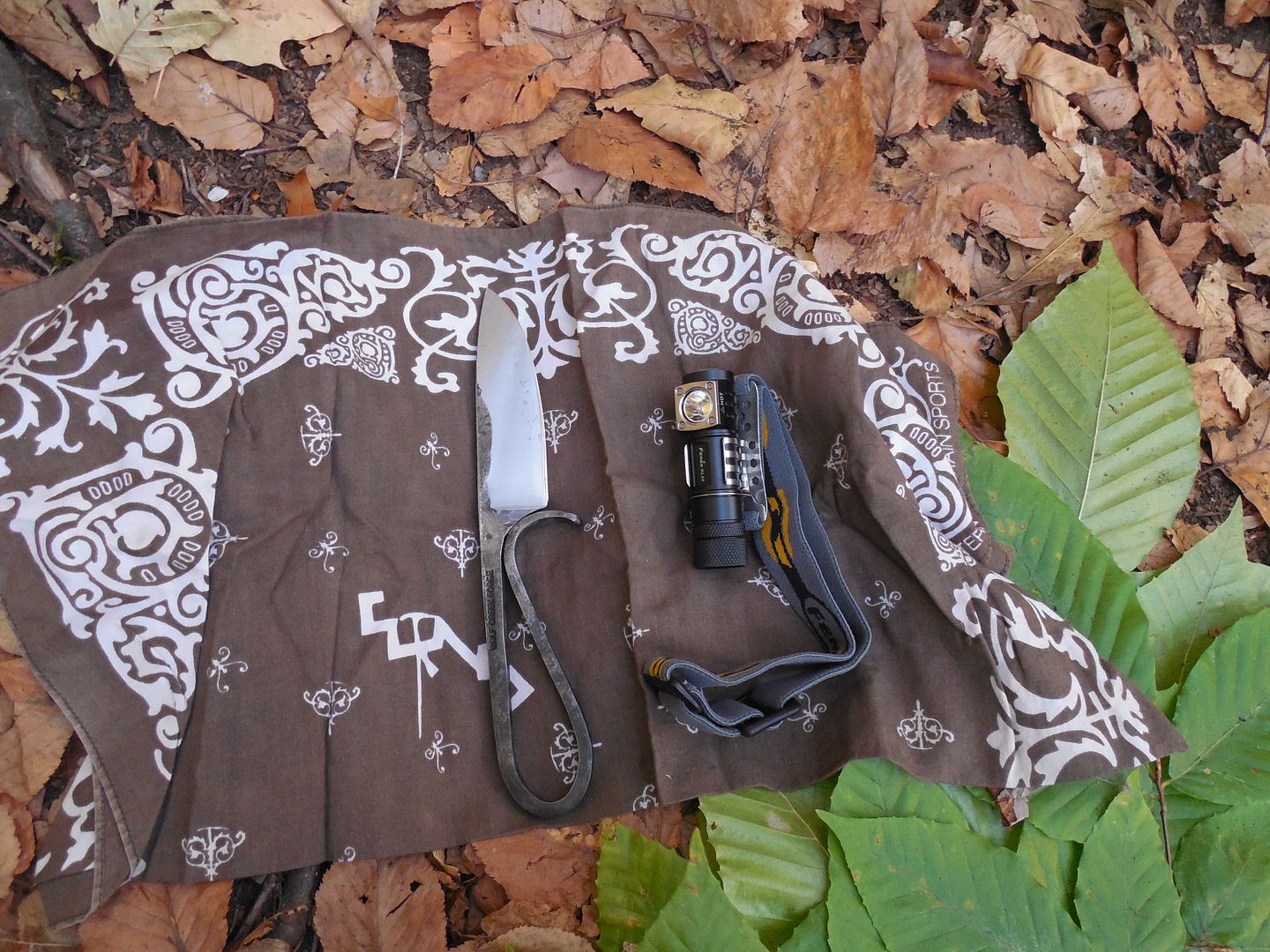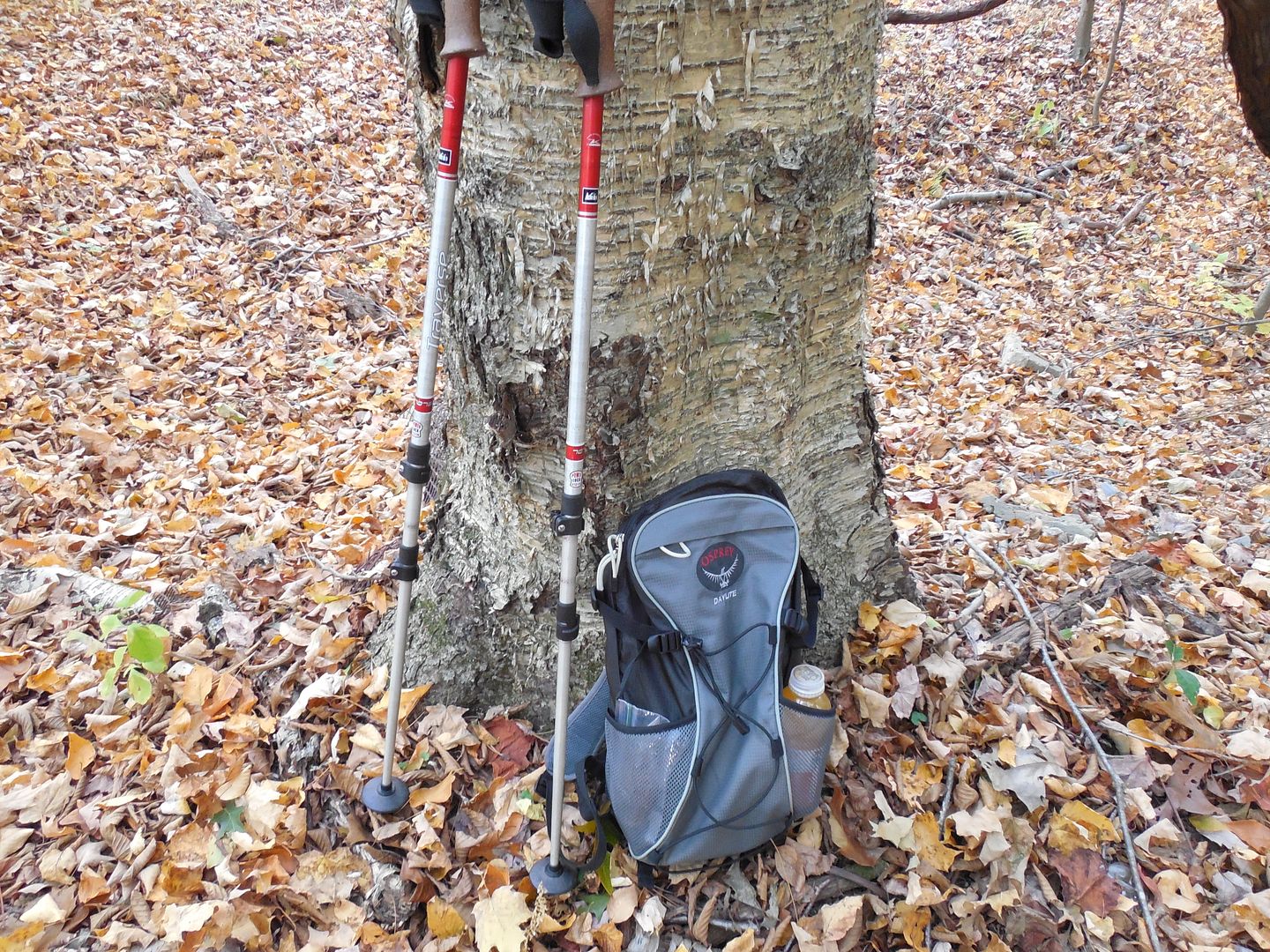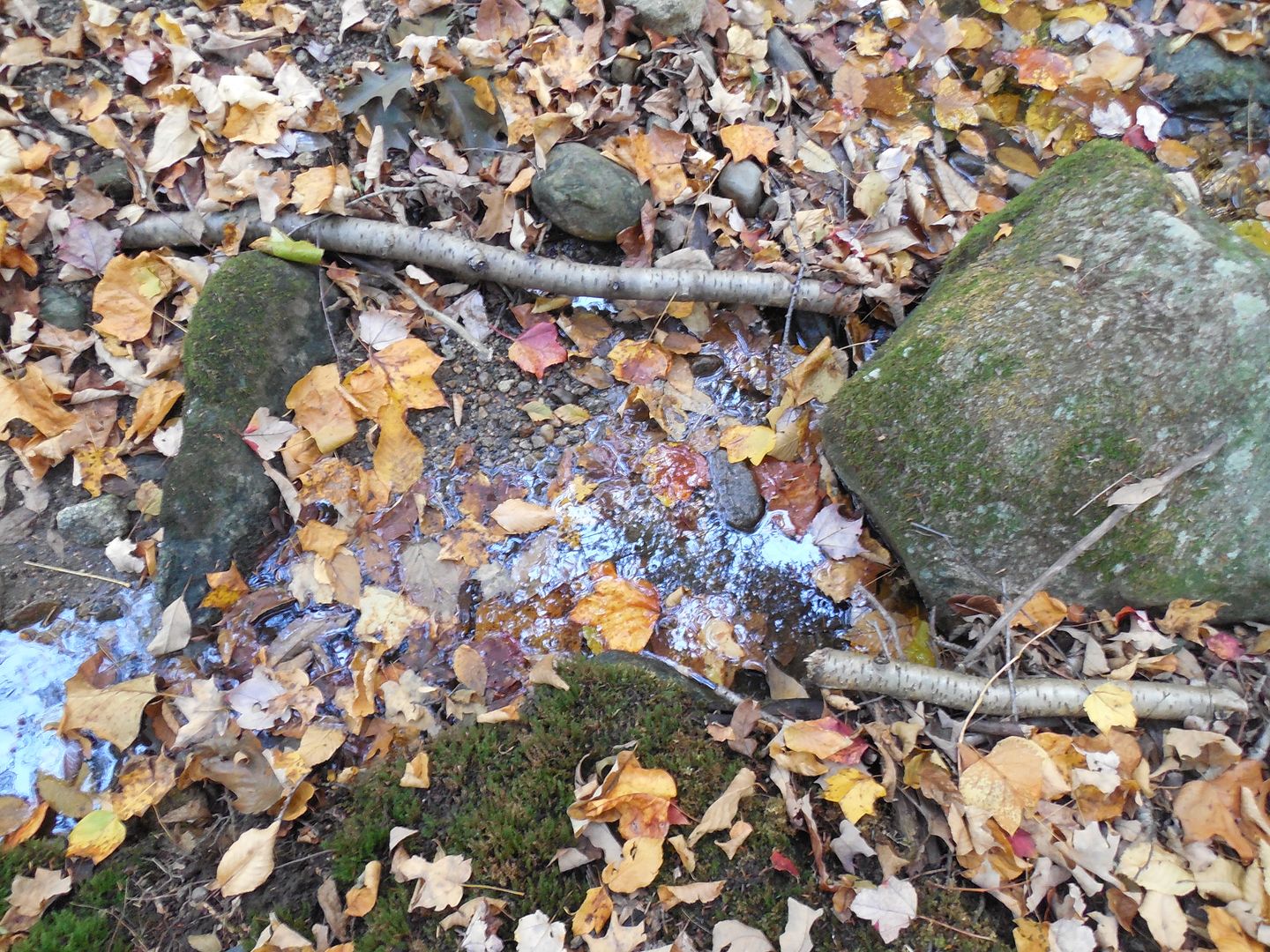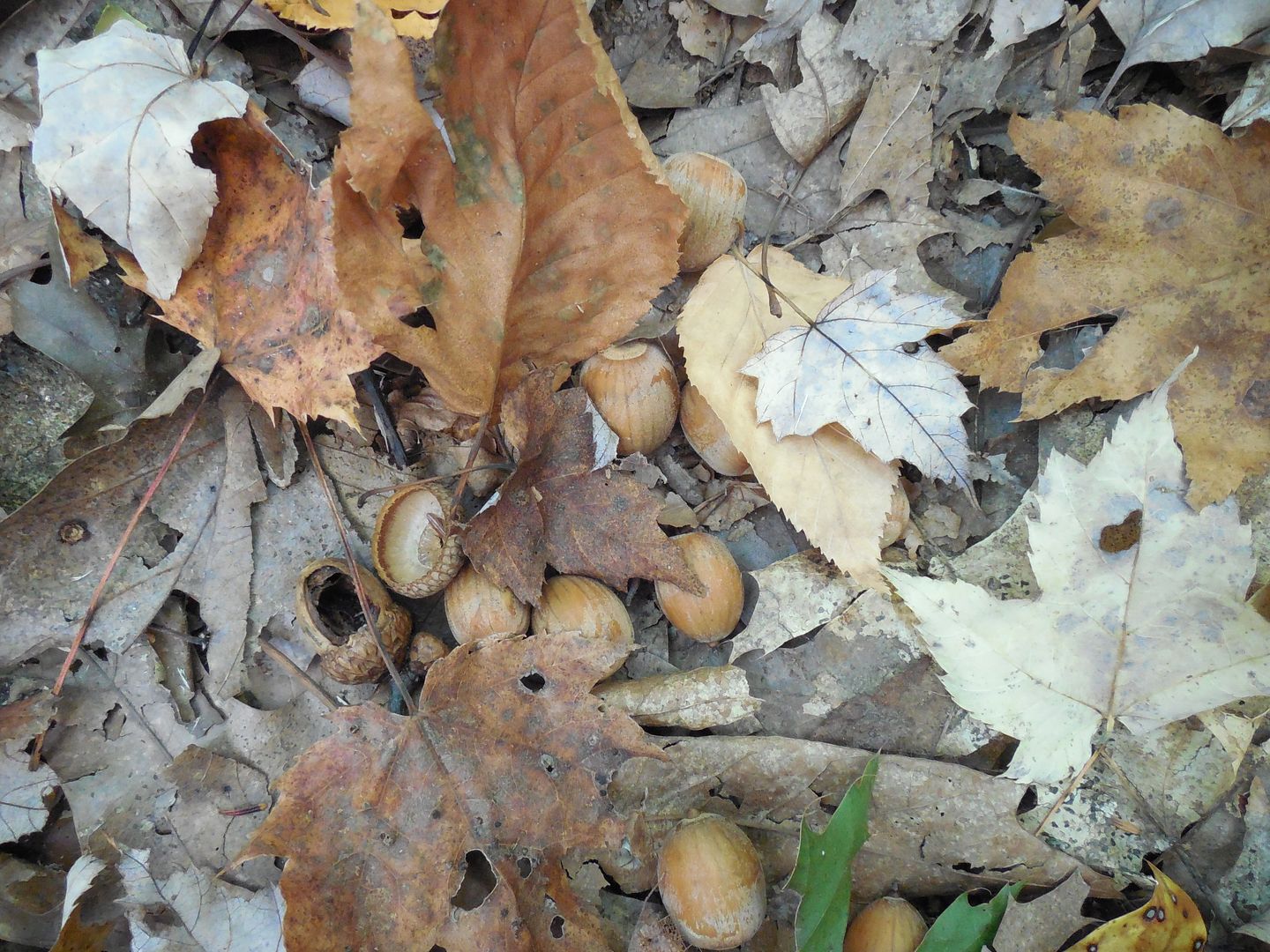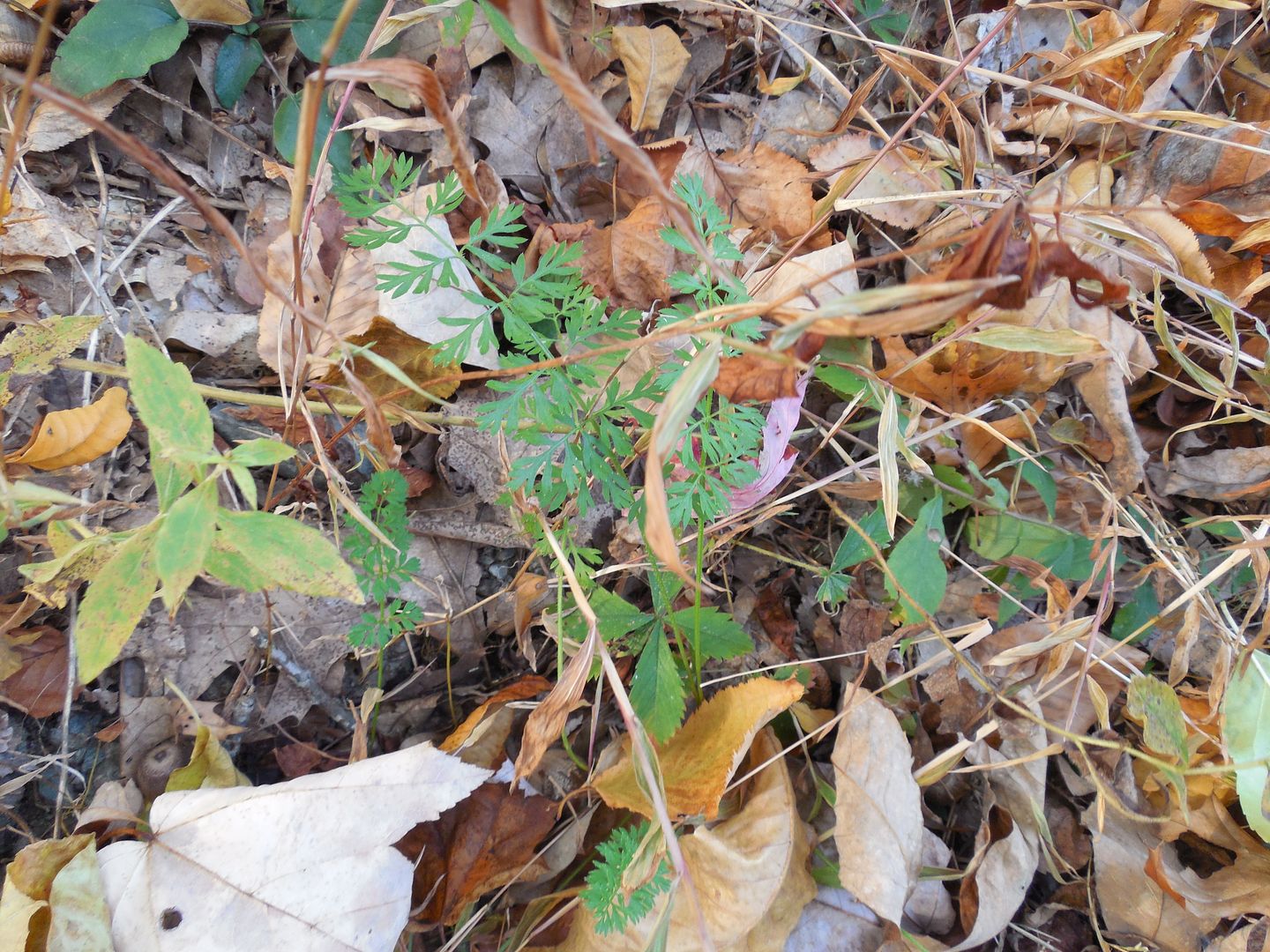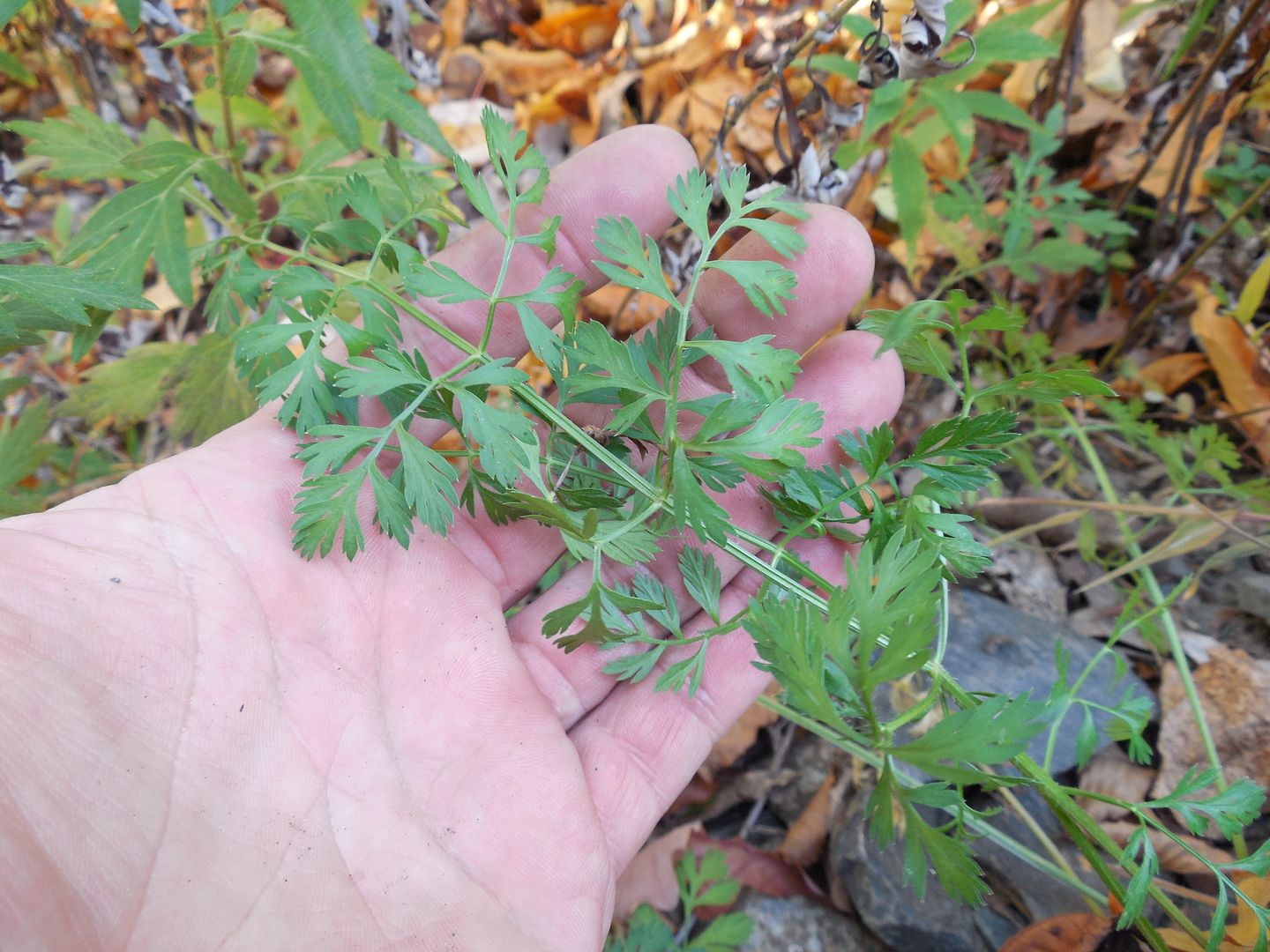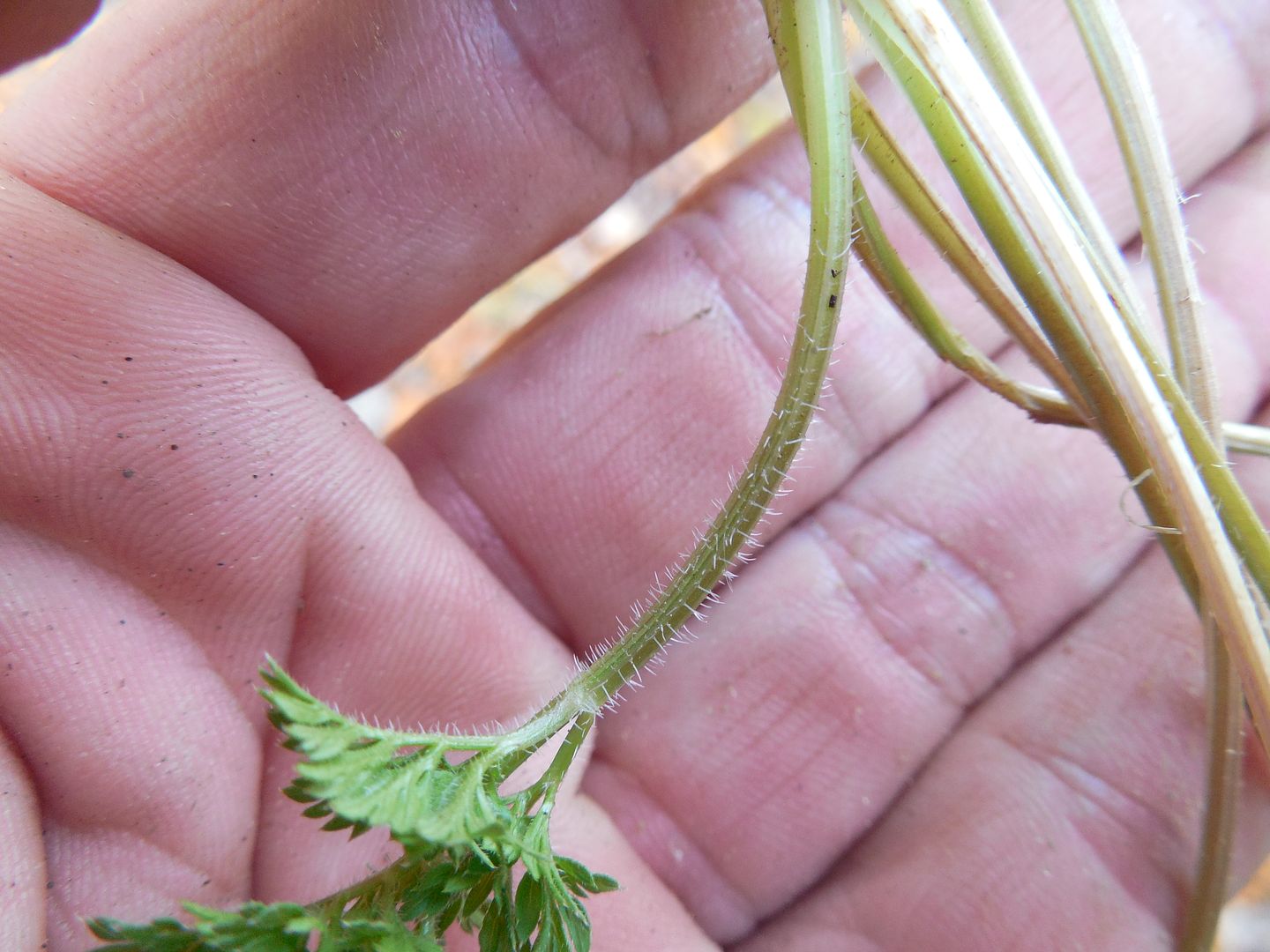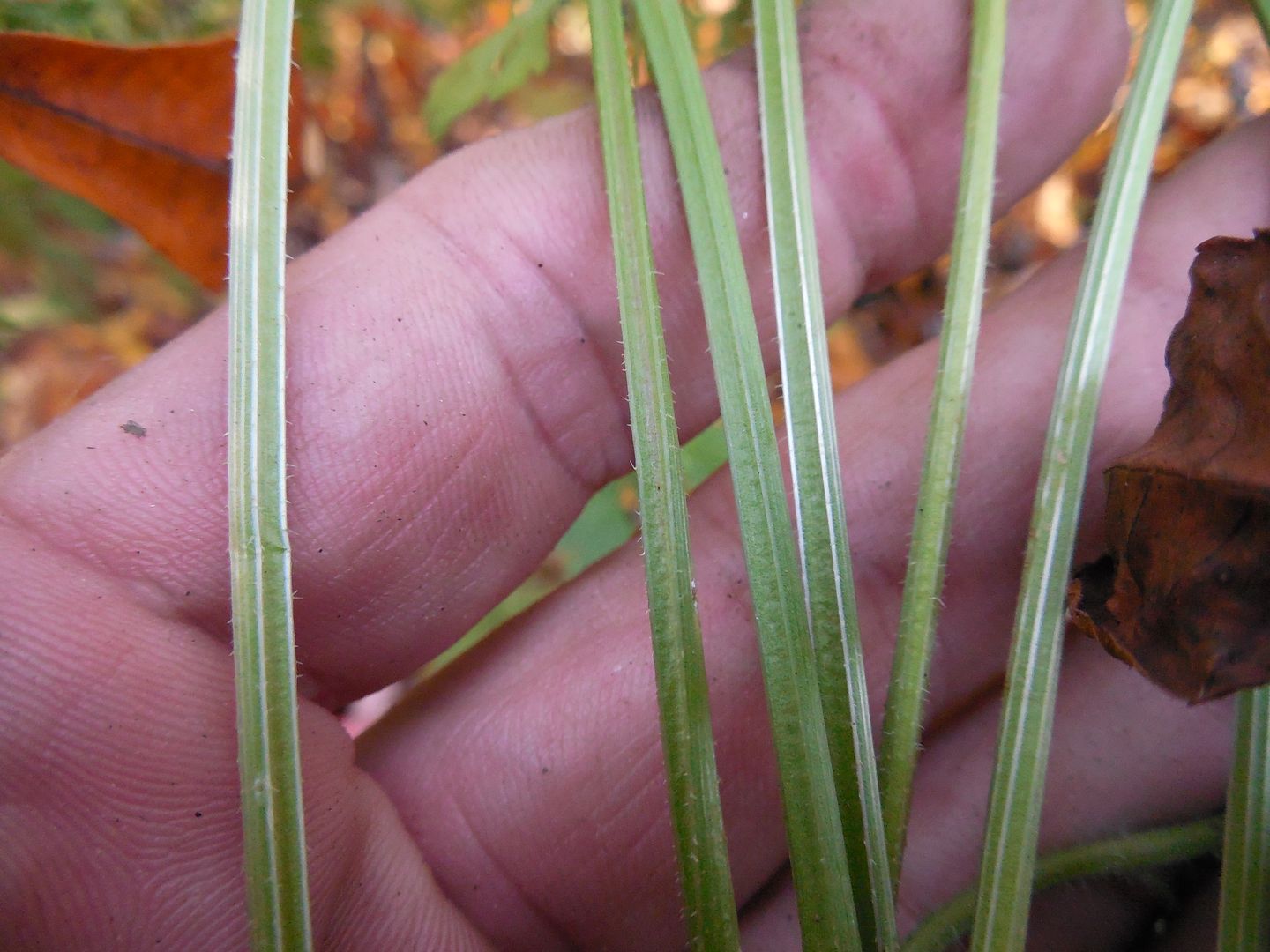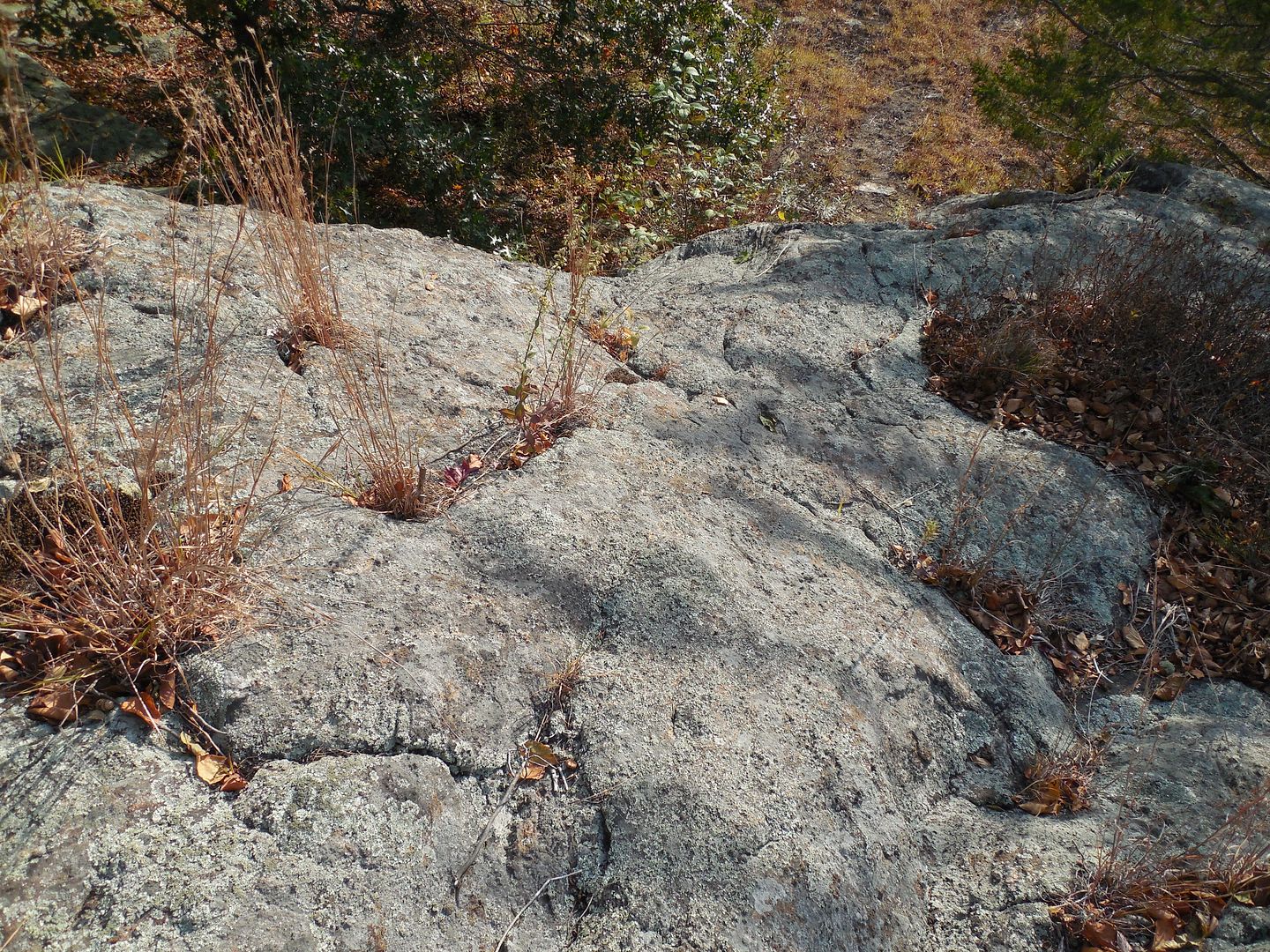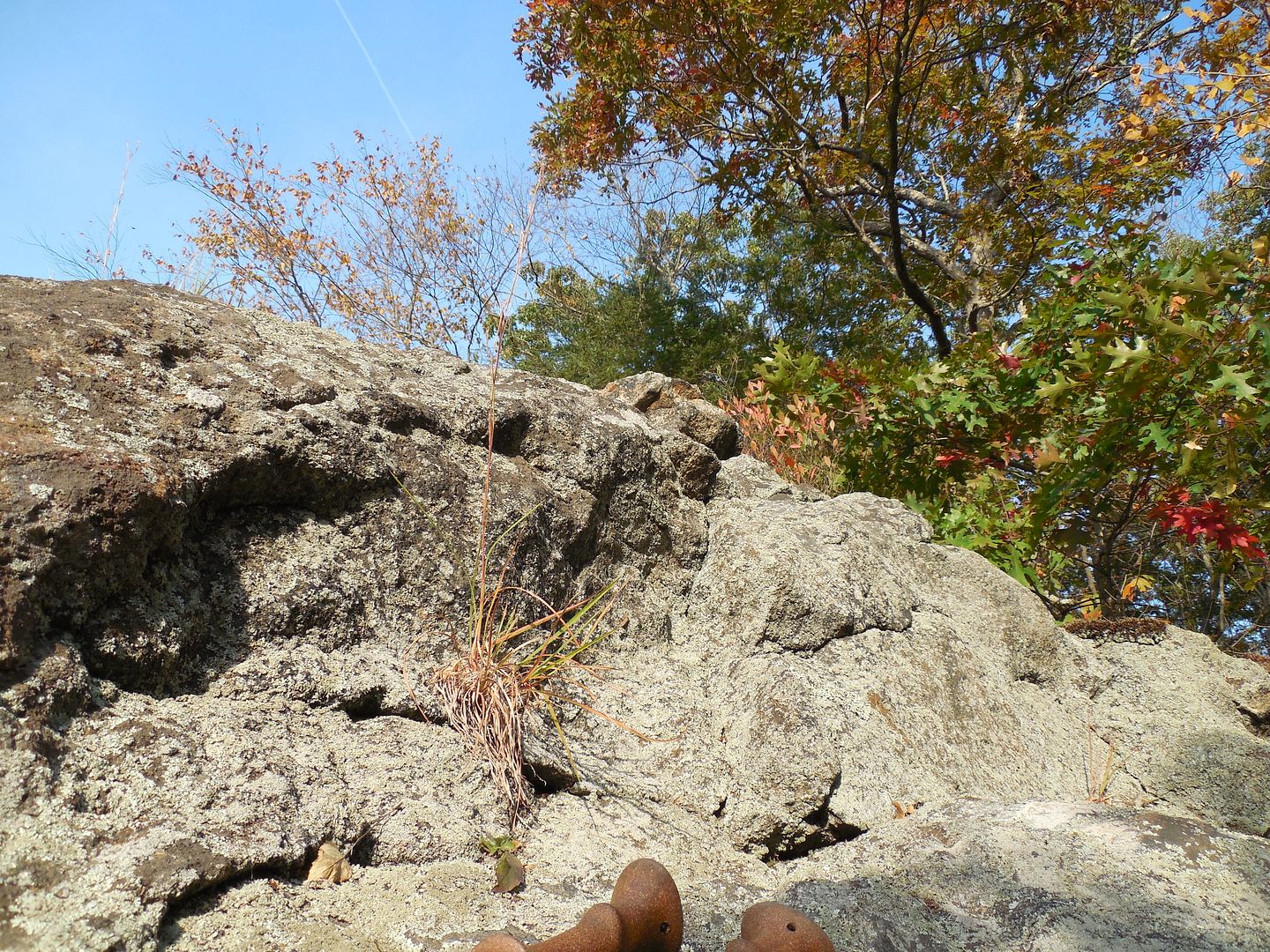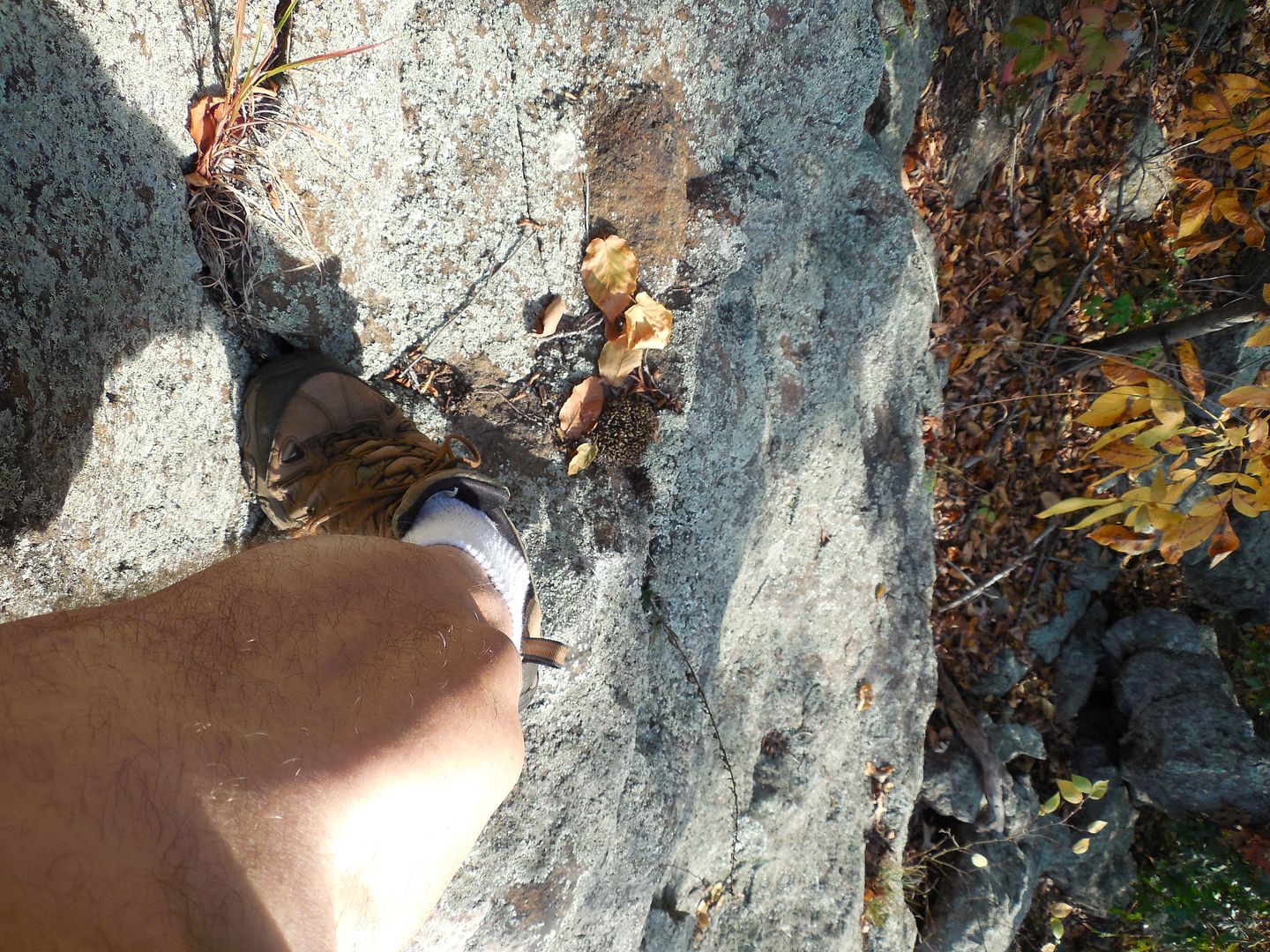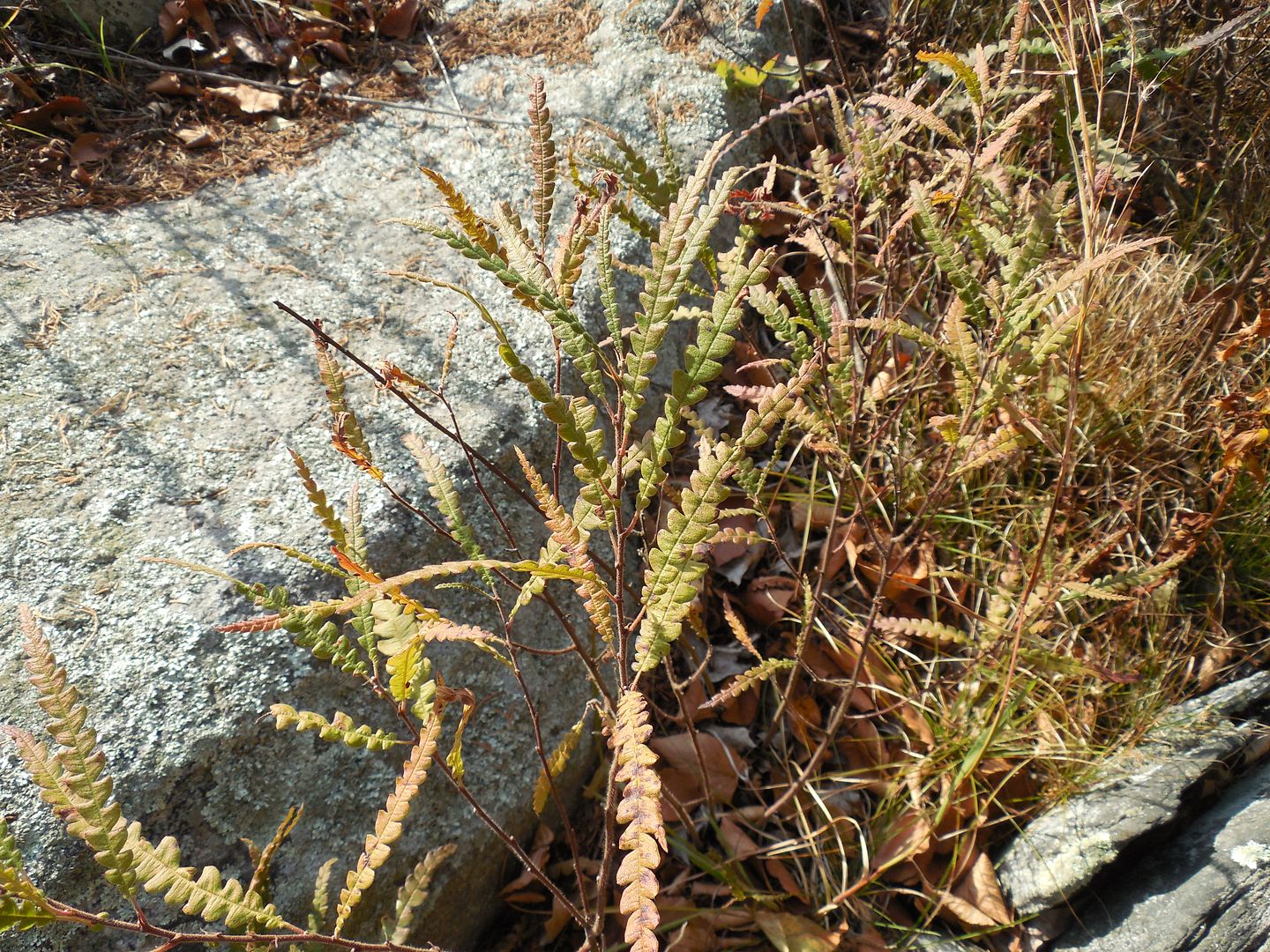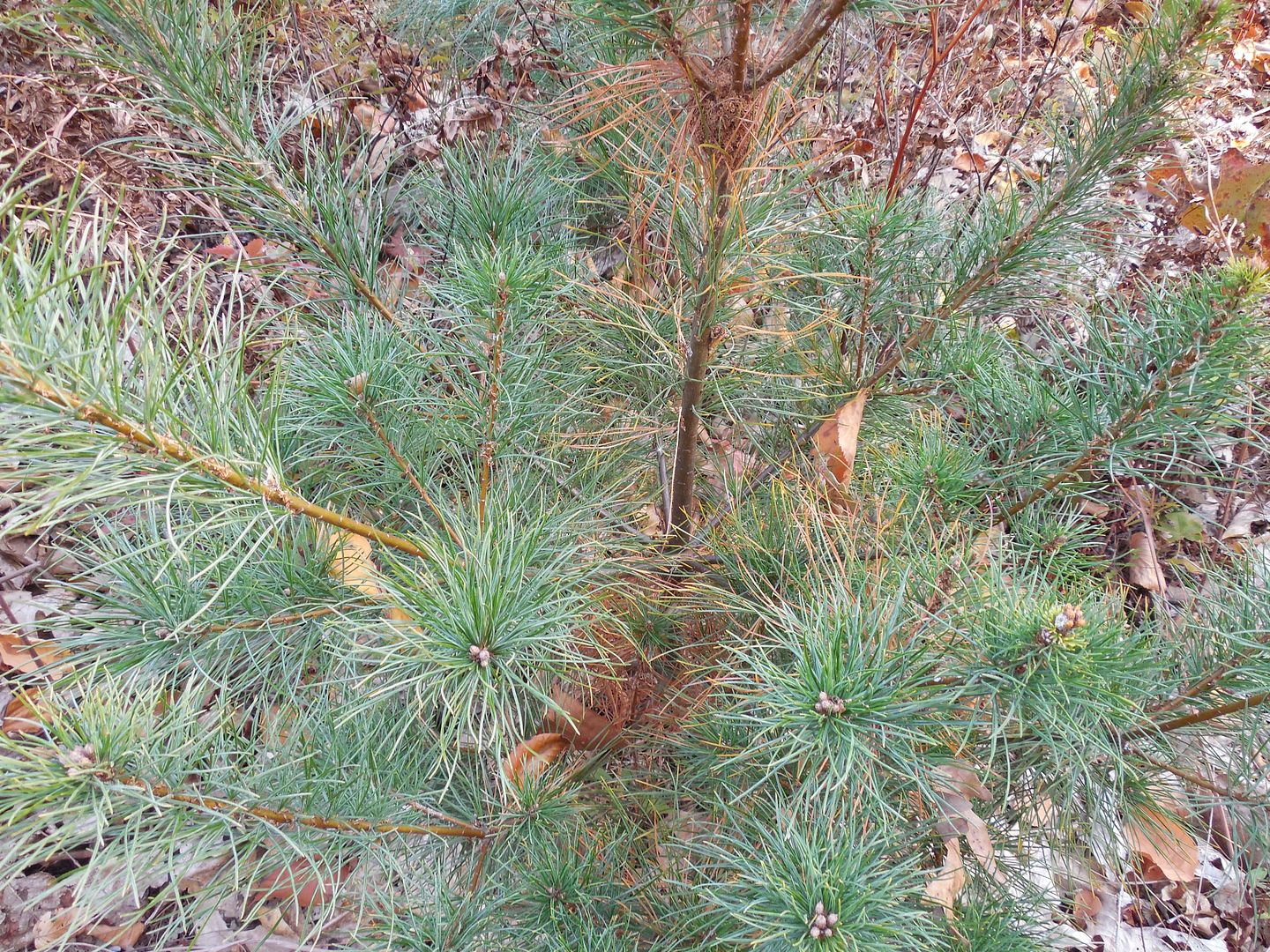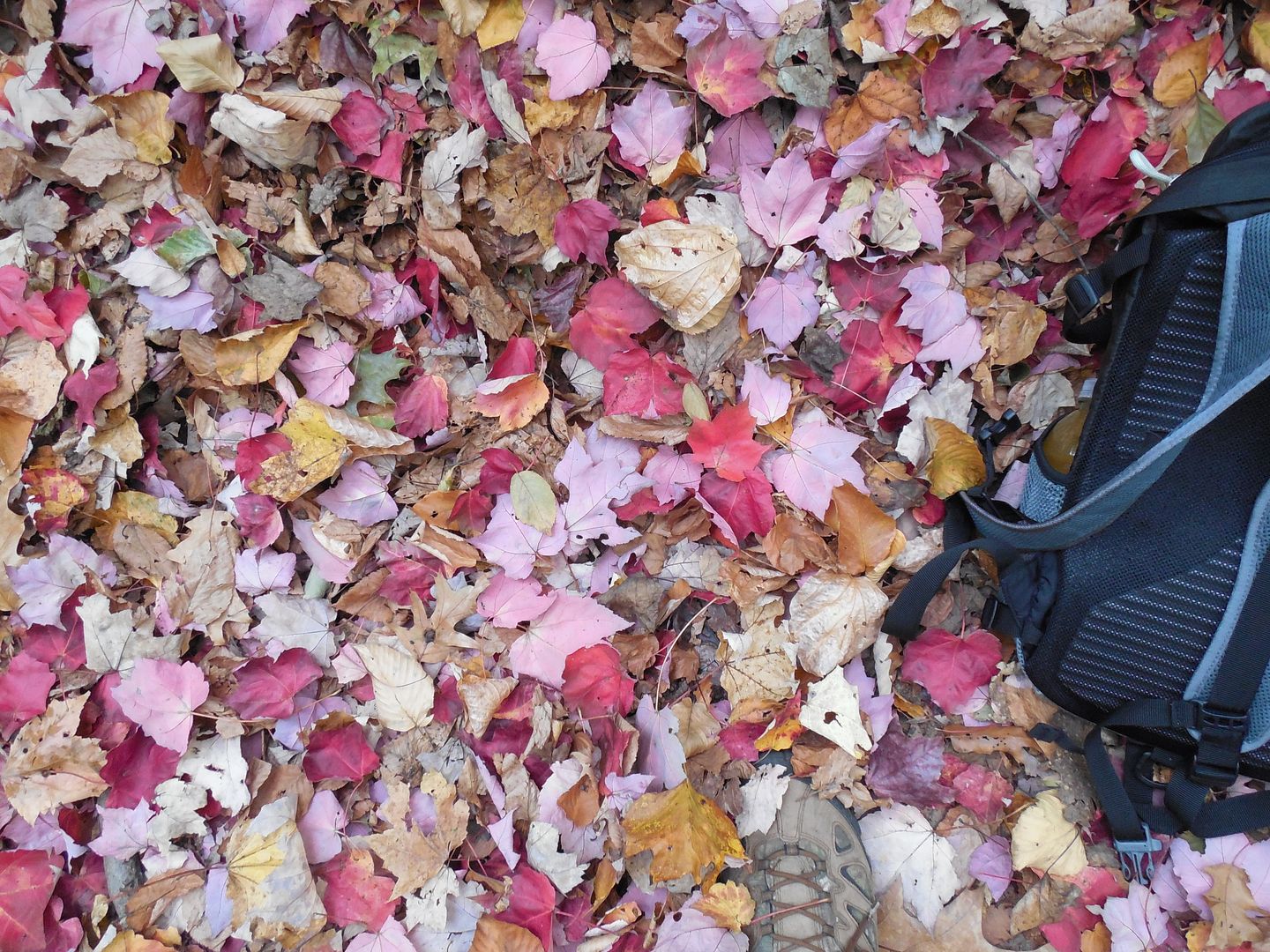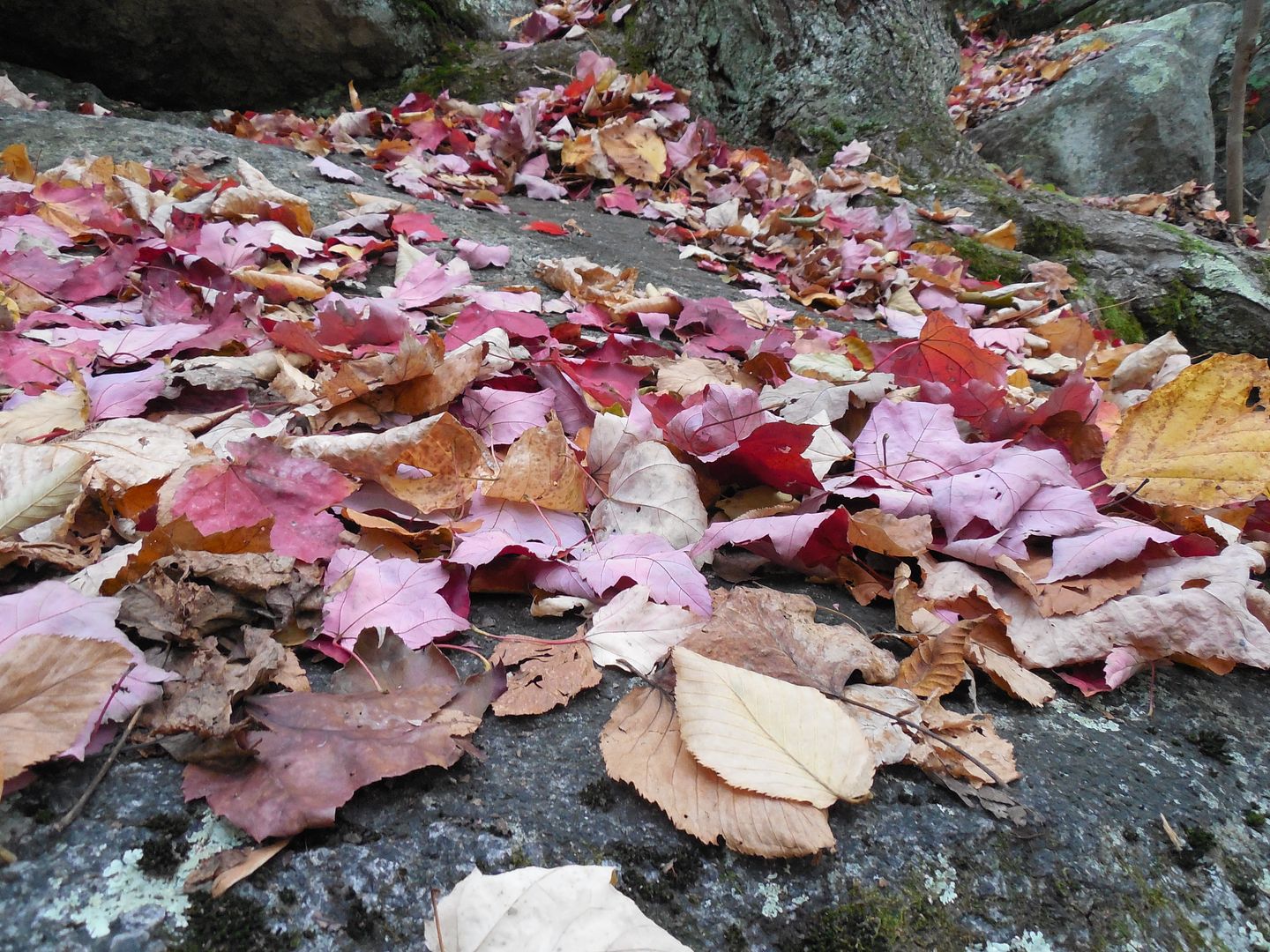Disclaimer. Always carry multiple modern means of firestarting. Always pack enough water and a means to filter/purify more. Pack enough containers to carry potable water to satisfy your requirements. This was just to practice skills. The Challenge was complete an overnight bushcraft outing with a focus on foraging wild edibles. Foraging can be used to supplement meals and meals are not required to be 100% foraged. Small game hunting and or fishing is encouraged. But in addition to this challenge I added the following goals.
1. No firesteel, matches, lighters or charred materials unless I char them in the field.
2. No food.
3. No water.
4. Only one packed canteen which will be dry.
5. No water filter or tabs.
6. Poncho for rain gear.
7. Only one edged tool.
8. Tenkara setup for fishing.
9. Only one kettle, pot or pan. No cups, bowls or spoons etc etc etc.
10. Maybe a firearm for hunting.
11. 2.5 days. This will really put the pressure on getting a fire going for purify water.
The goal was to live out of my pack, using only my feet once disembarking from the vehicle. I intended to forage for my consumable needs. In my view water, fire and food are different strands of the same foraging rope. To acquire each of them from environment is to complete the puzzle. A pack is both a person's wings and their albatroz at the same time. There are limitations on how far someone can travel for what they need. During foraging outings decisions must be made as to what's worth the effort. I believe scouting before such an outing is important. I did my scouting, posting the results later in this thread.
My plan was to use 8-10 miles of blue trail to increase my range on foot. These trails link up with multiple environments giving me an advantage in terms of distance on foot and resource acquisition. Also the trail links up with streams for fishing and areas to camp. As the goal was foraging I packed all of my shelter and insulation needs. Let's take a look at my gear.

In addition to these items I have a Hennessy Hammock, UL sleeping bag, clothing and poncho. Here is a list which may or may not be total. No one is perfect so it is what it is.
1. Empty Nalgene canteen.
2. Oyster shells.
3. Chunk of chaga.
4. Empty Altoids tin.
5. GSI Stainless kettle.
6. WCF knife.
7. Bag of bags.
8. Fenix HL50 headlamp.
9. Tenkara rod and kit.
10. Firebox hobo stove.
11. TP.
12. Poncho.
13. Bandana.
So off to the Fall foraging and hiking.
Part 1. The gathering.
I first feared there would be no hickory nuts as checked out several spots along my path. However hit paydirt!
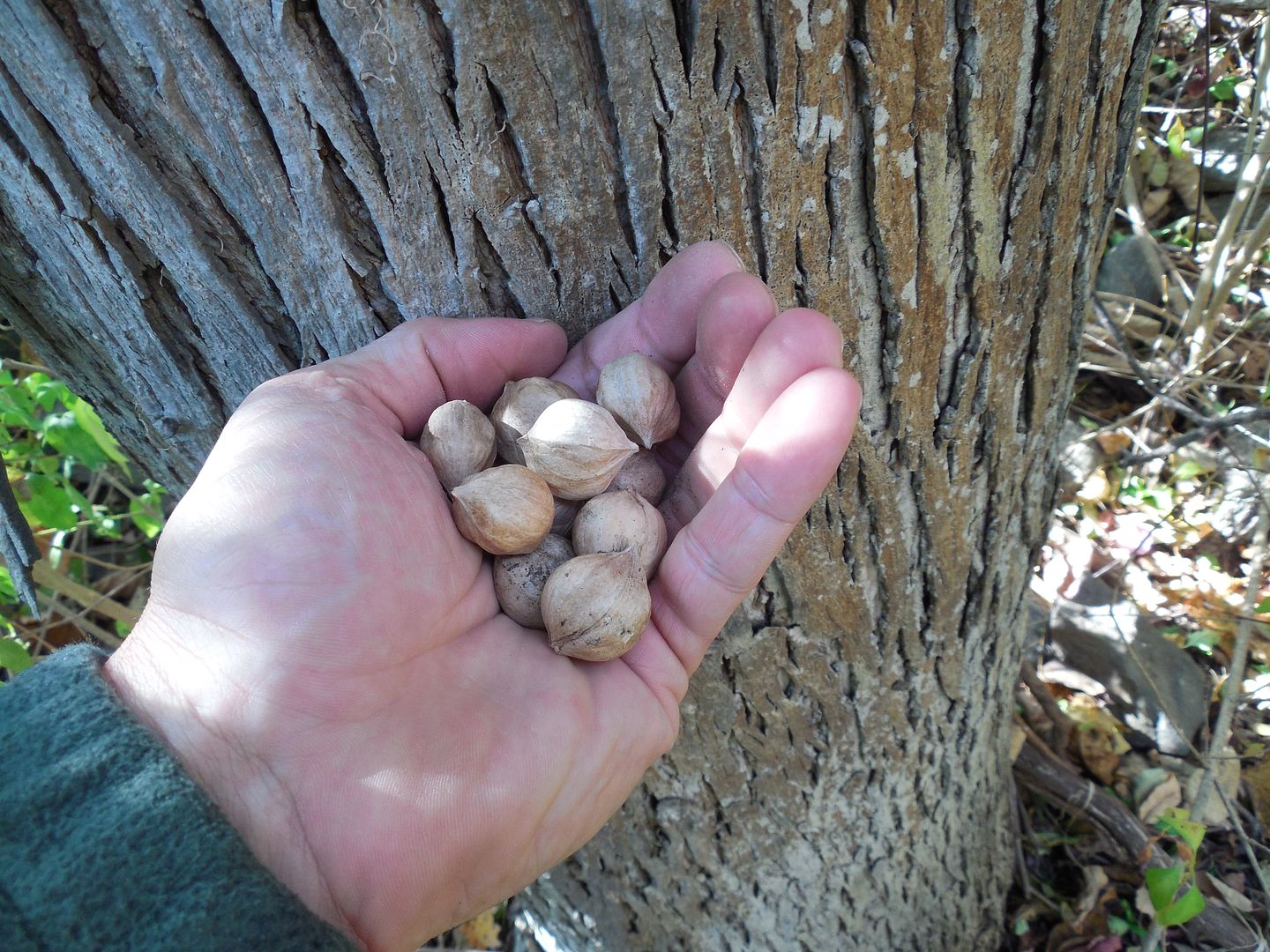
I want the husk black or better yet out of the husk.
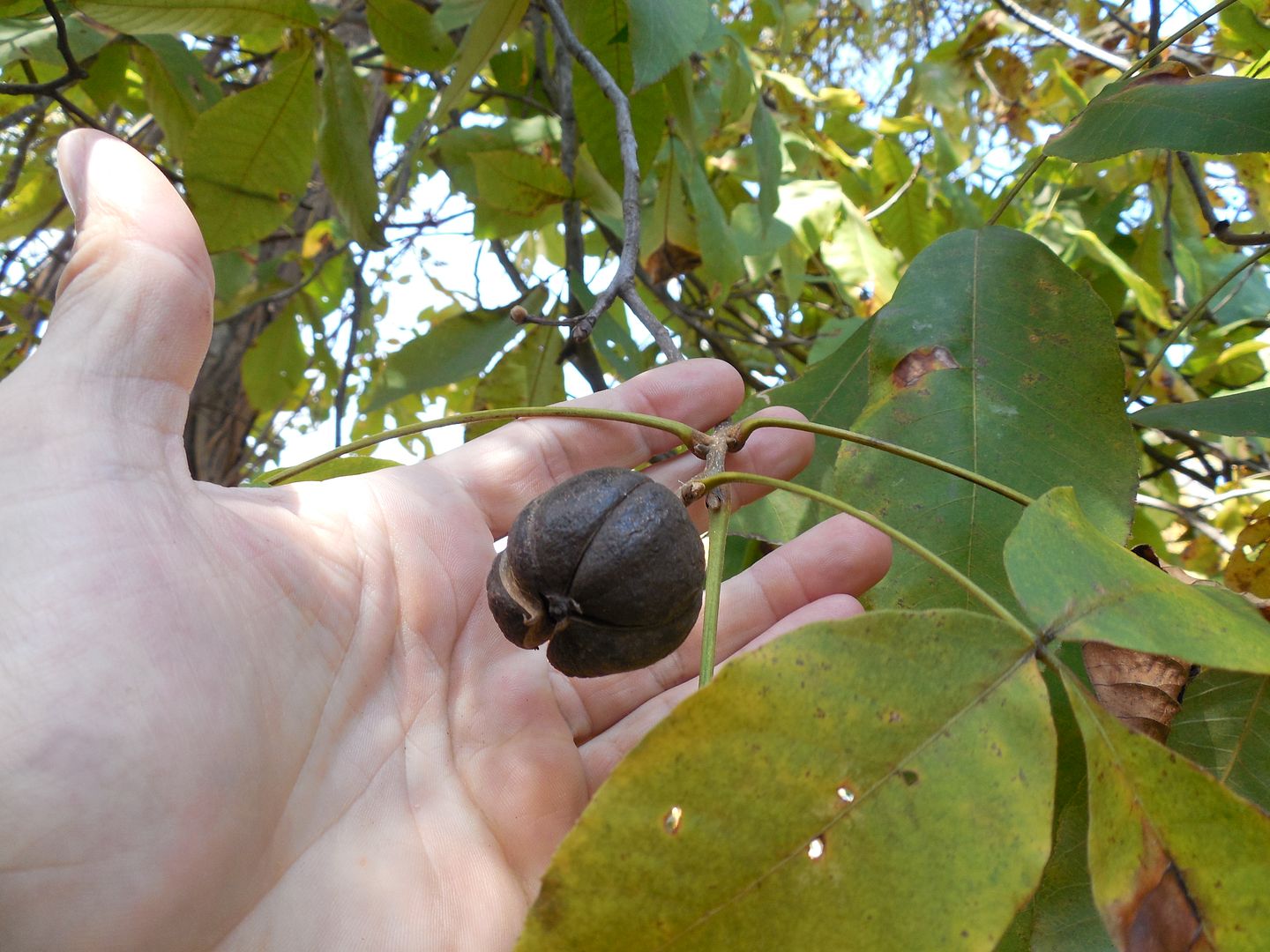
Some wild scallions. I find these in spots which have enough sunlight along with rich soil though they can grow in multiple environments. Best part is they seem to thrive well into Fall. The green stems are the scallions.

If one digs down just a bit there are small onions. I believe onion grass is another name for these. I will be taking them to eat.
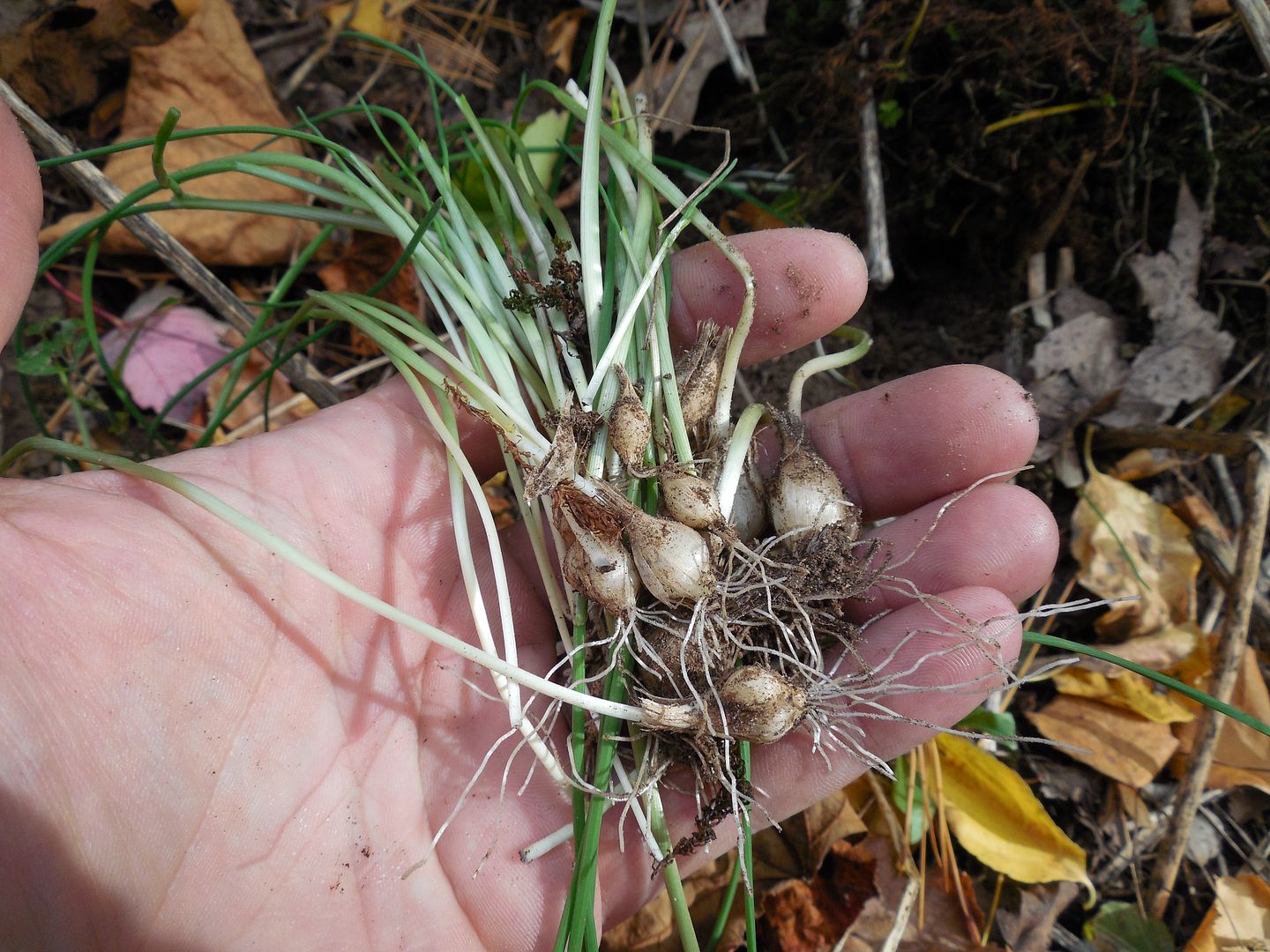
Hey look! It's a worm. No I am not going to be eating worms but they're bait. Found a few during the day without even looking.
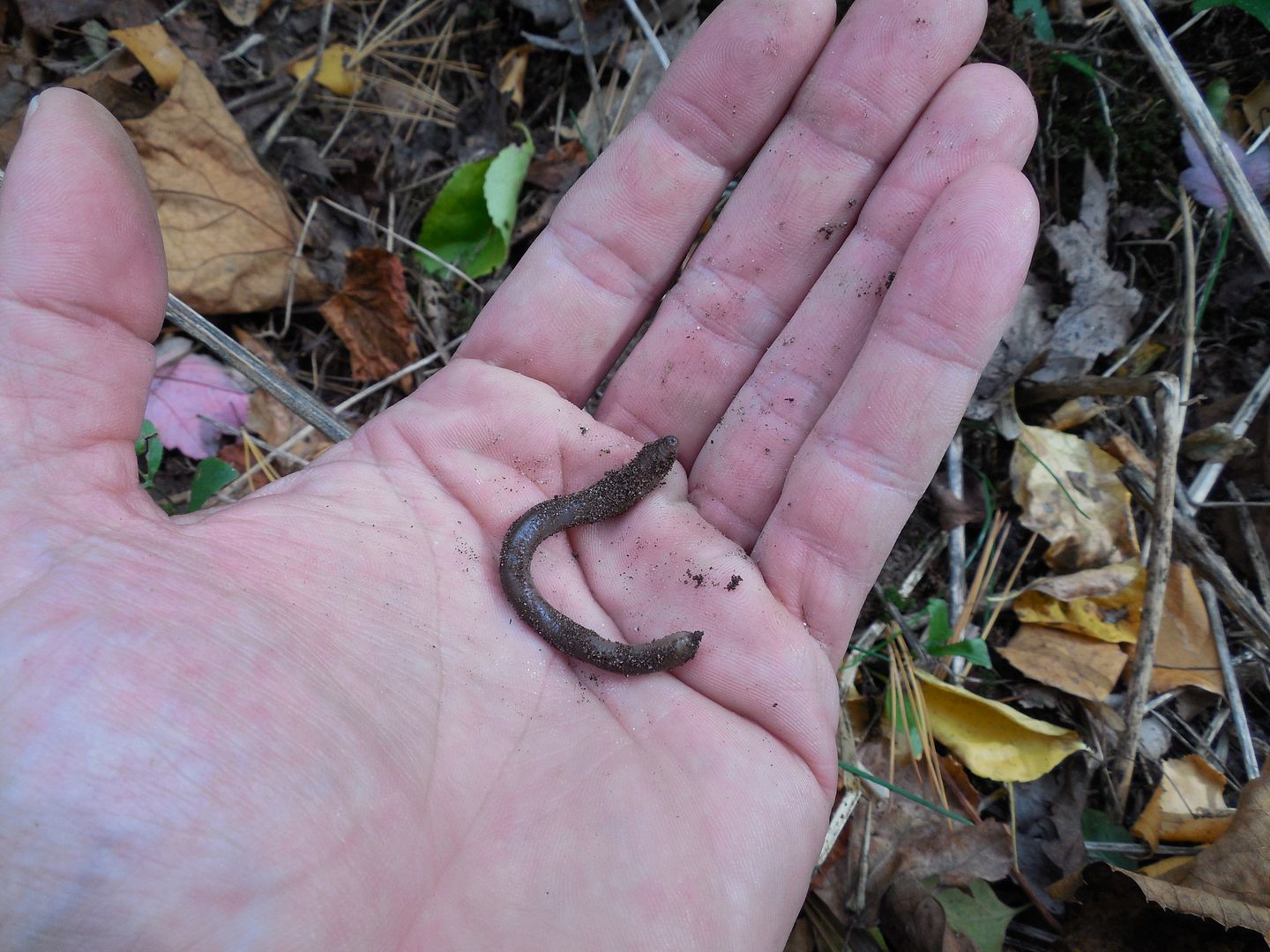
Black Walnuts. These are native and a nice find. Tons of calories high in fat. I want the ones with black husks or better yet out of the husk. The shell is amazingly hard.
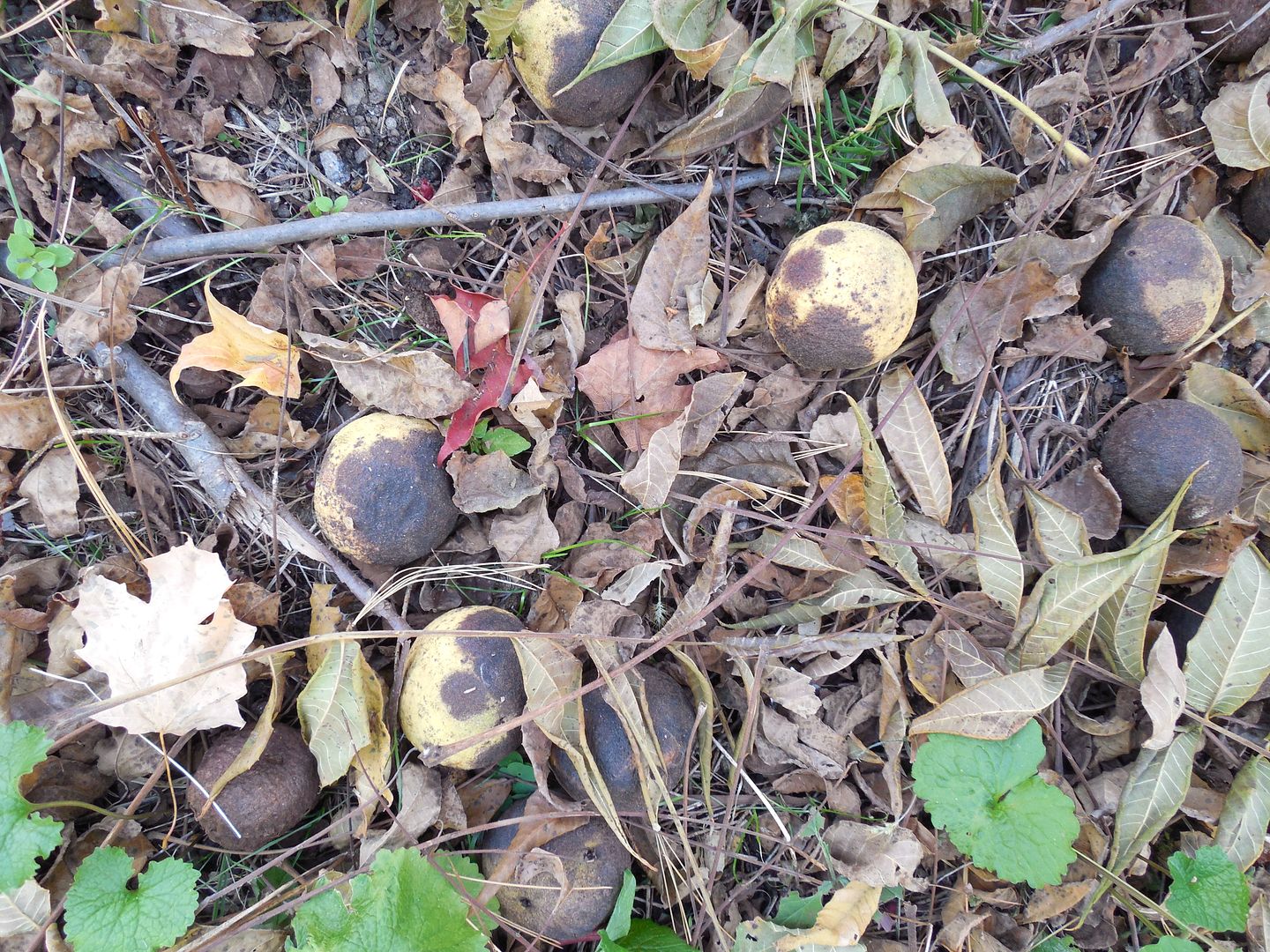
Milkweed pods. Milkweed is a useful plant but for this time of the year I will be seeking out the pods. This area has both open and closed pods. I will go more into this later. My primary target is the ovum within the pods and the fluff.
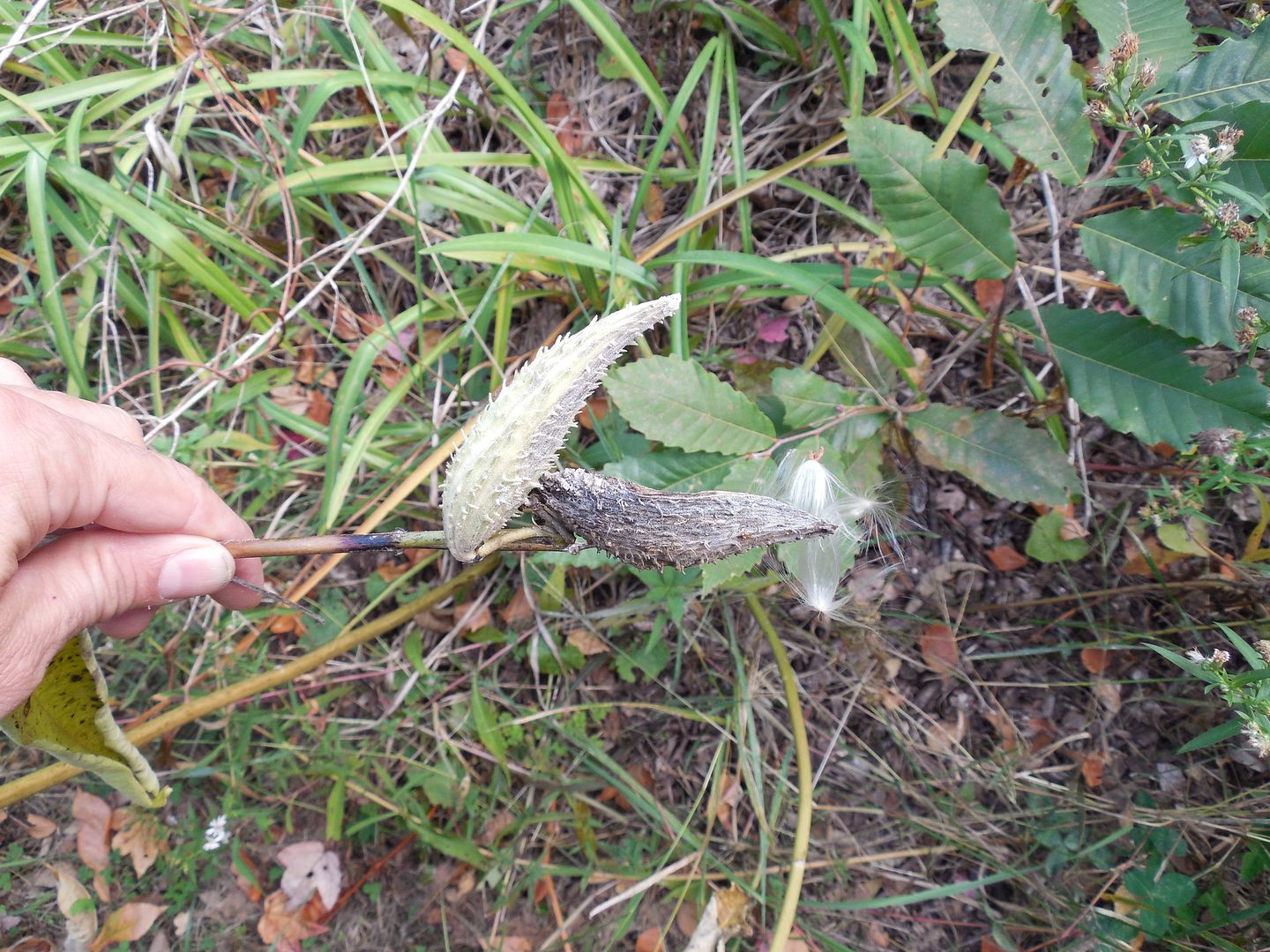
Rose hips. These are going to make some nice tea! Every rose has it's thorns but multi flora roses excel at this. Nasty things. They like the margins of fields and my advice is not to attempt to force your way through them without proper clothing and tools.
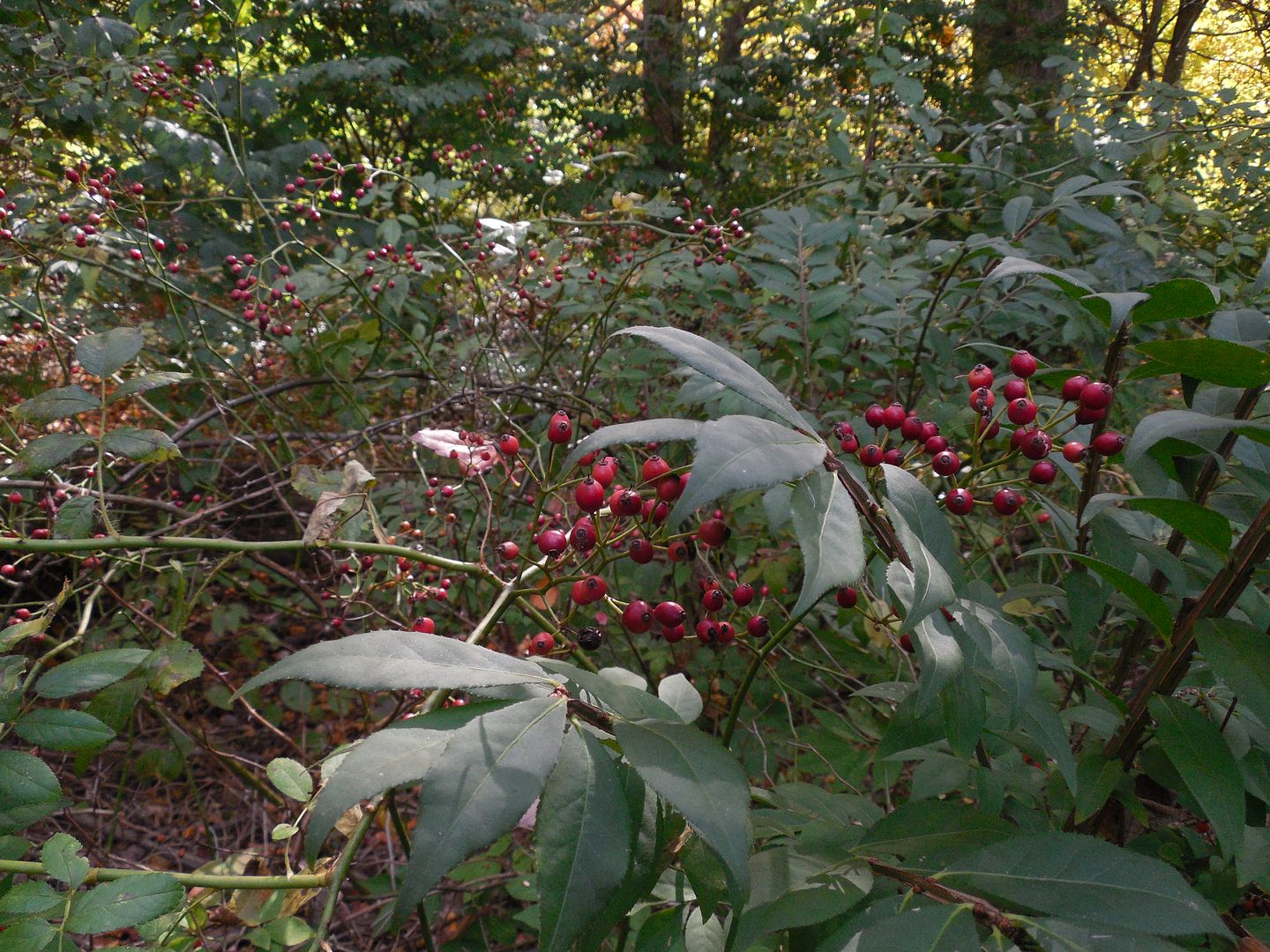
But the hips are good! It was a great year for them.

Wild apples. Actually apples aren't wild but were once planted in long forgotten orchards. They might look nasty compared to what's available in the market but they're not bad. It's a BIG score and will forage many. Looks like deer or something else has been chewing on them. Wild edibles is a game with many players, most of which are far better at it than myself.
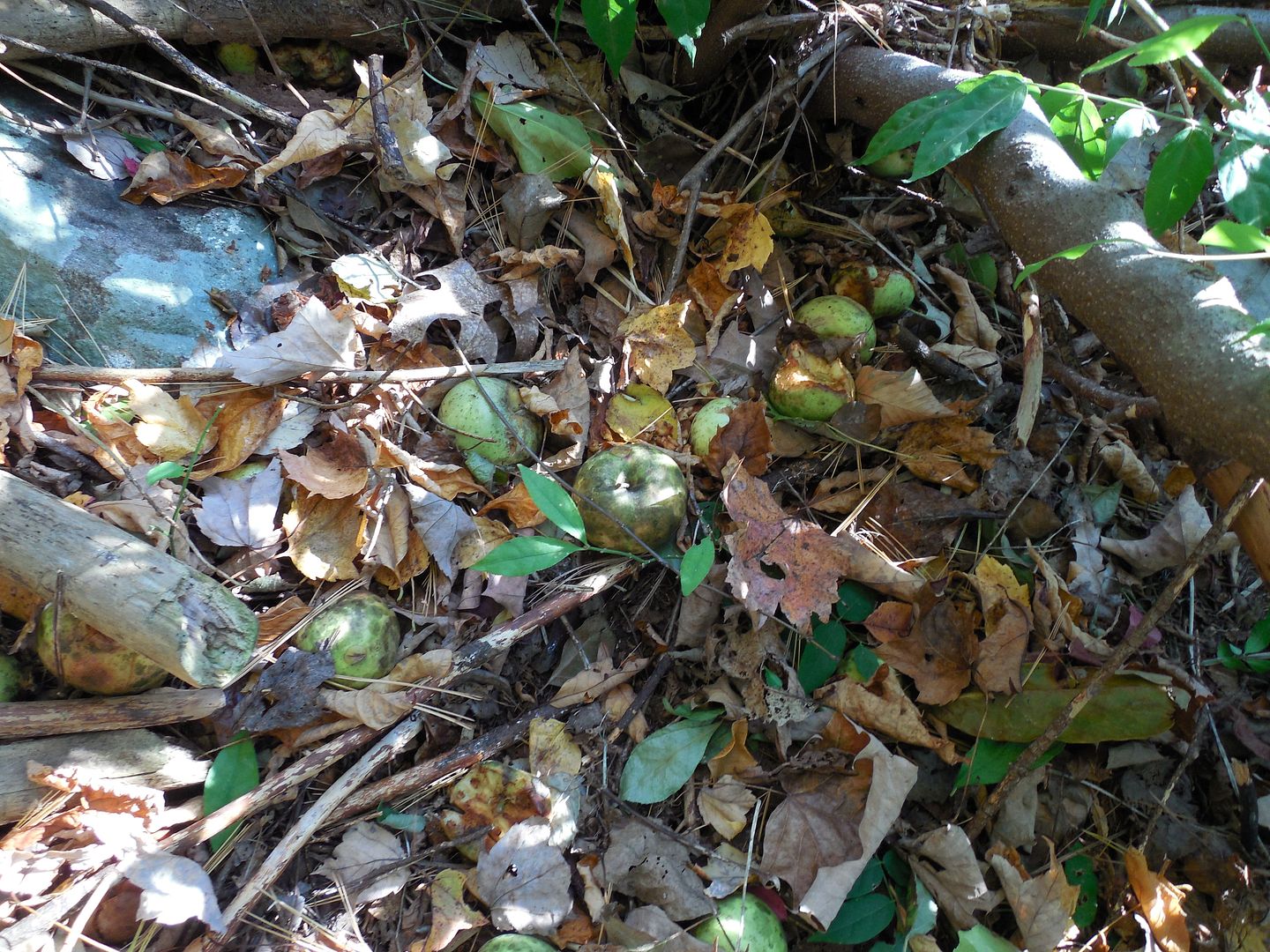
The bark.
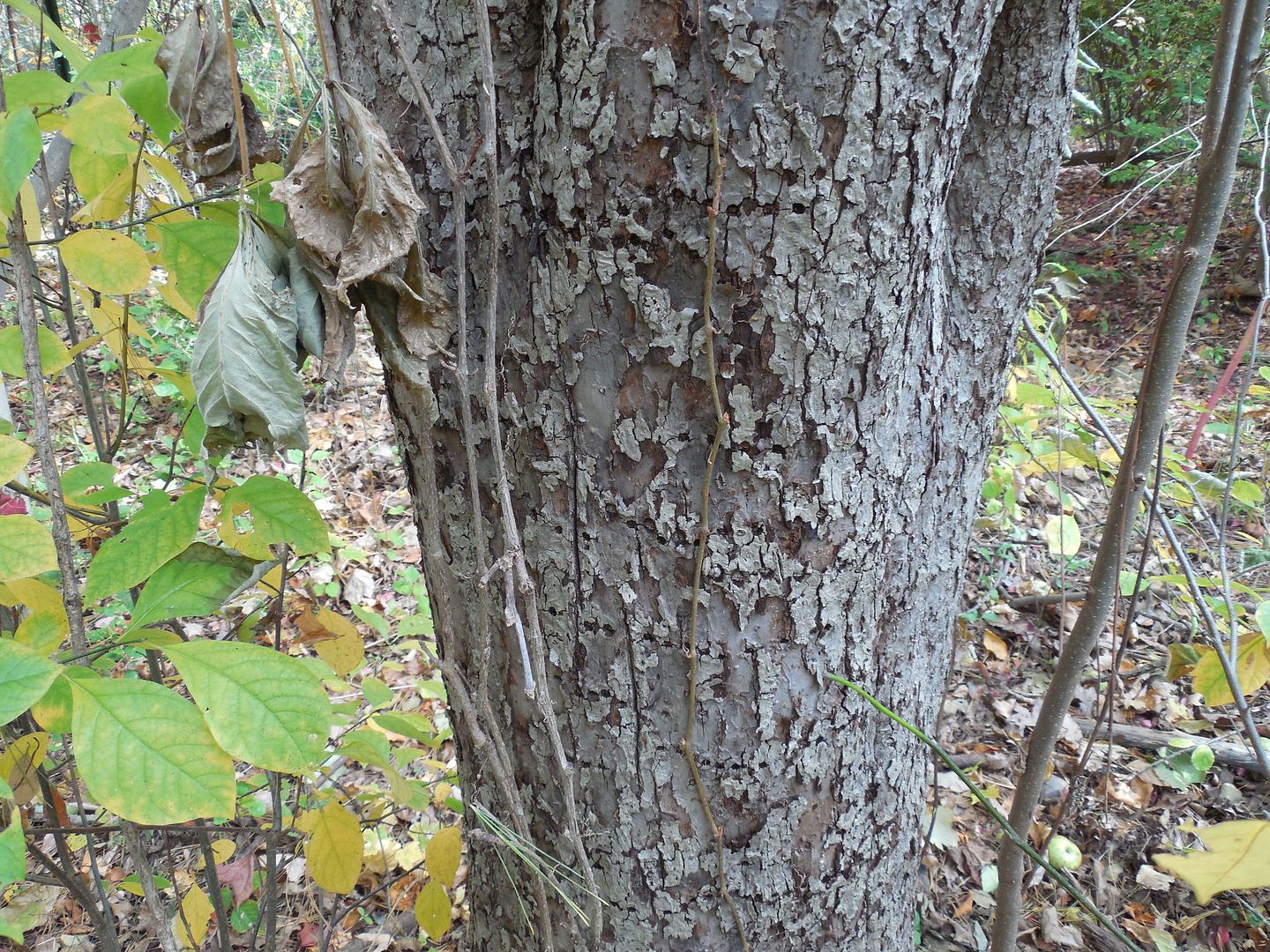
Food isn't the only resource I am foraging for. I still don't have a way to start a fire. No fire means no water because I don't have a filter or tabs either. I won't be risking waterborne illness just to test my skills. If I don't later succeed at starting a fire the game is over. Right by the apple tree was a fallen cedar. The bark wasn't prime but seemed good enough for a tinder bundle. The cedar branches might also make for a good friction fire set so took some as well. I started to notice my lack of a saw or axe. The knife did the trick for both jobs.
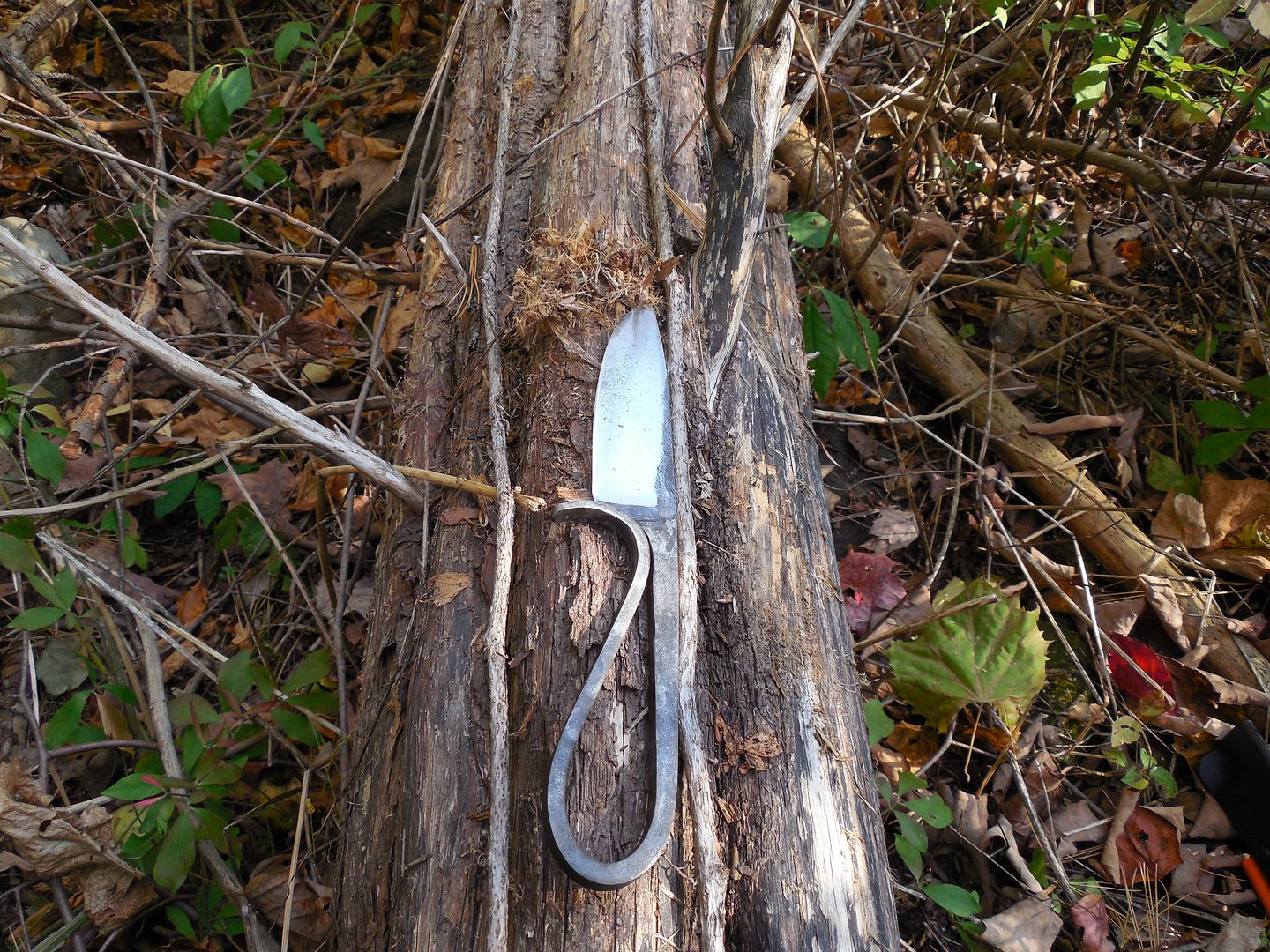
Even found some dead White pine. Going to take this cedar and White pine for a friction fire set.
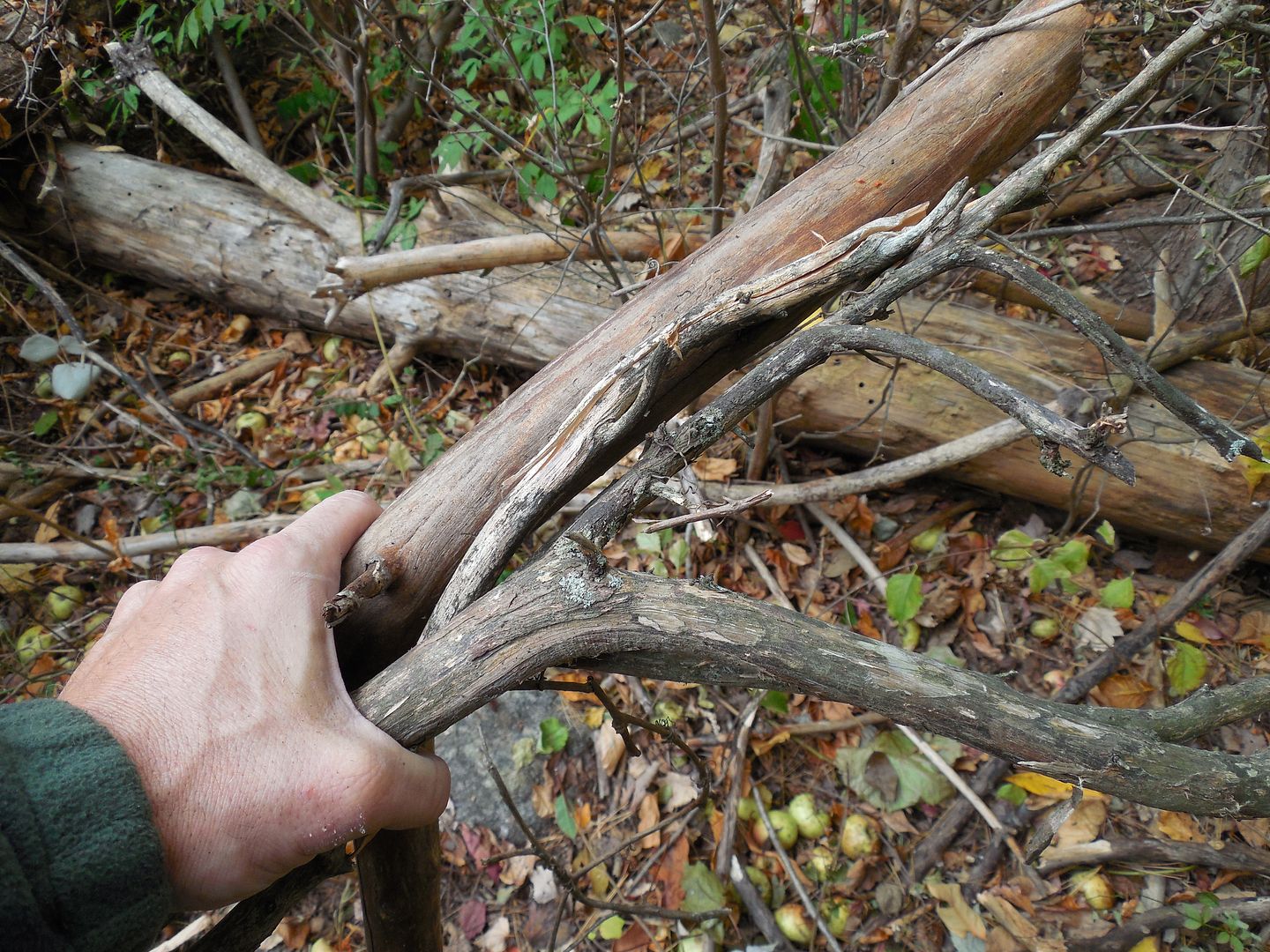
I used my knife to both remove and fluff the bark at the same time. Looks like I am starting to have the makings of two different methods of starting a fire. The more options the better.
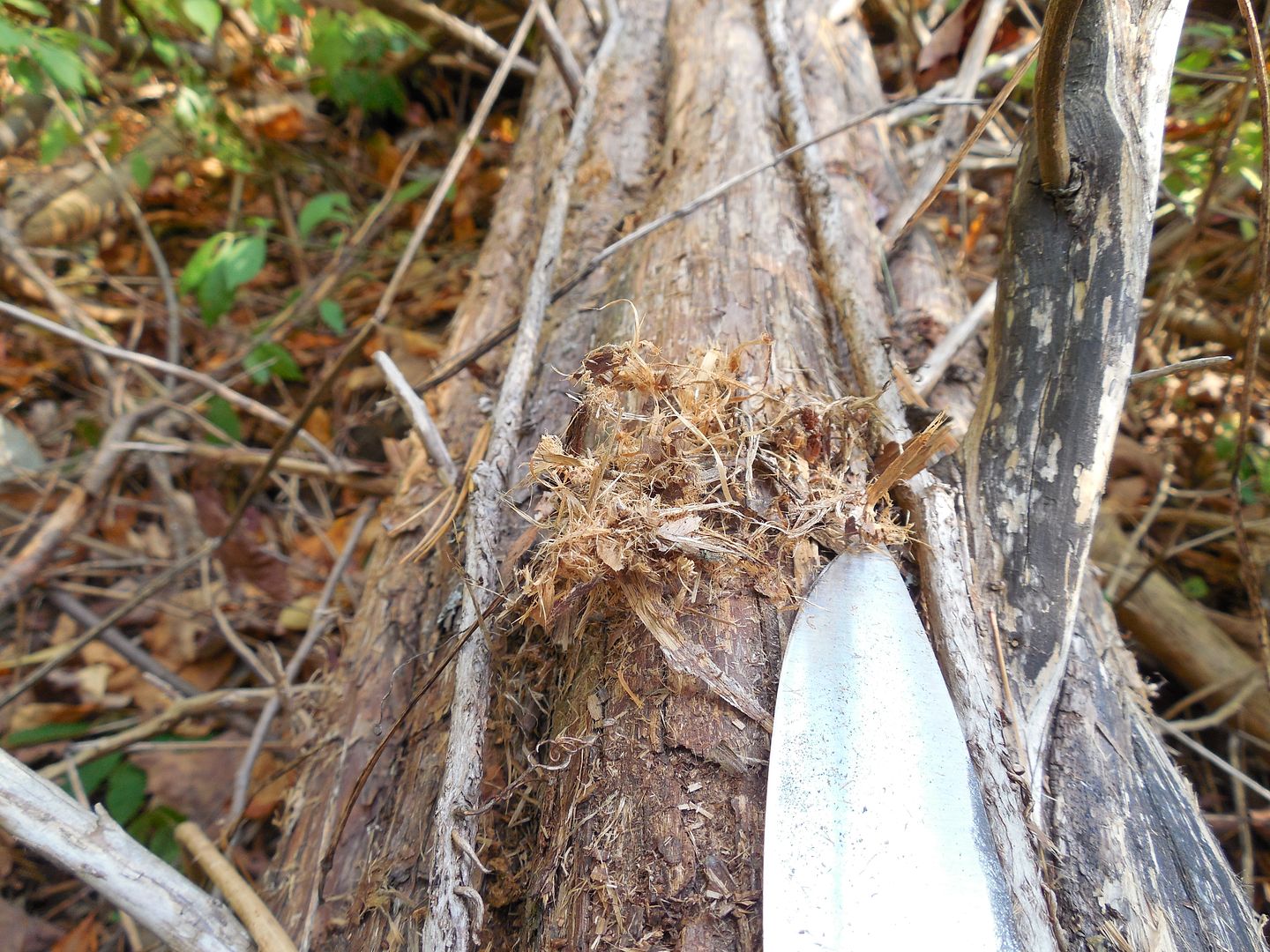
Wild carrots or rather carrot. Seems their numbers were sparser than I expected. Oh well.

Not exactly a feast but will make for a snack later on. This is one wild edible which proper ID is very important. It's possible to mix up the ID with Hemlock so make 100% sure as this is a fatal mistake. Like all wild edibles if not 100% certain don't eat them.

I still have that fire problem. I would really prefer a Bic lighter or ferro rod but unfortunately don't have them, not even as backups. A fire failure would mean an outing/challenge failure. My goal is to use items only foraged on this outing too make and sustain a fire however have contingencies.
1. I could find quartz and use that to toss a spark off the spine of my knife. That spark would hopefully be caught by the previously foraged chaga. That coal could then be blown into flames.
2. Use the previously foraged shells as a bearing block for a foraged bowdrill set.
But that really wouldn't accomplish my goal as those resources were foraged before this outing. I do have some milkweed fluff and ovums foraged during this outing. The ovum might catch a spark and the fluff could then be used within a cedar tinder bundle. It could also be charred for future use during this outing. But to do all of this I would need a rock and not any old rock would do. My pack was starting to get on the heavier side with all those apples and nuts. Time to stop to look for those rocks and assess the situation.
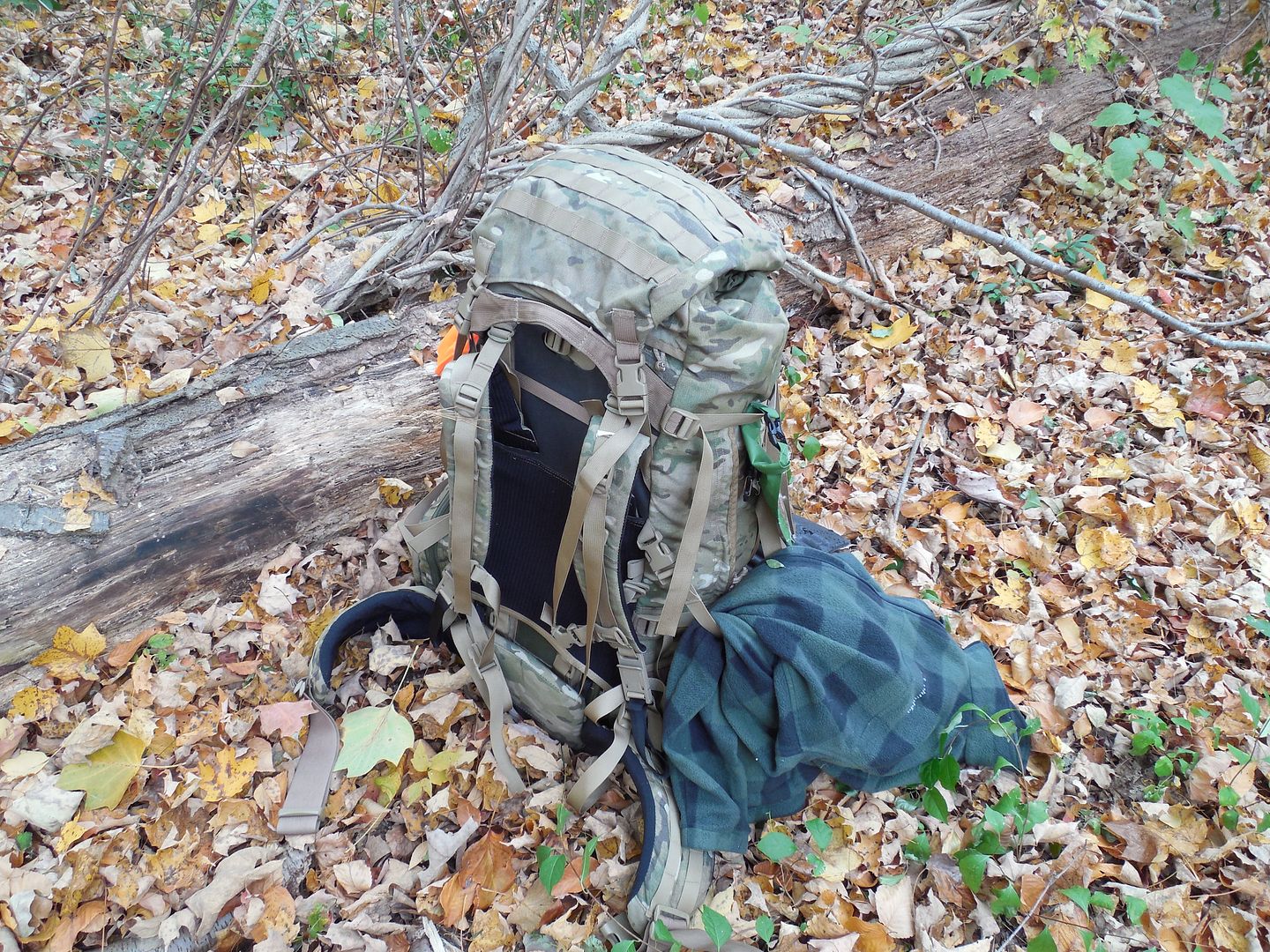
I noticed this Tulip Poplar branch. It might make for good friction fire materials however that bark is just screaming tinder bundle. It could make for natural charred materials as well.

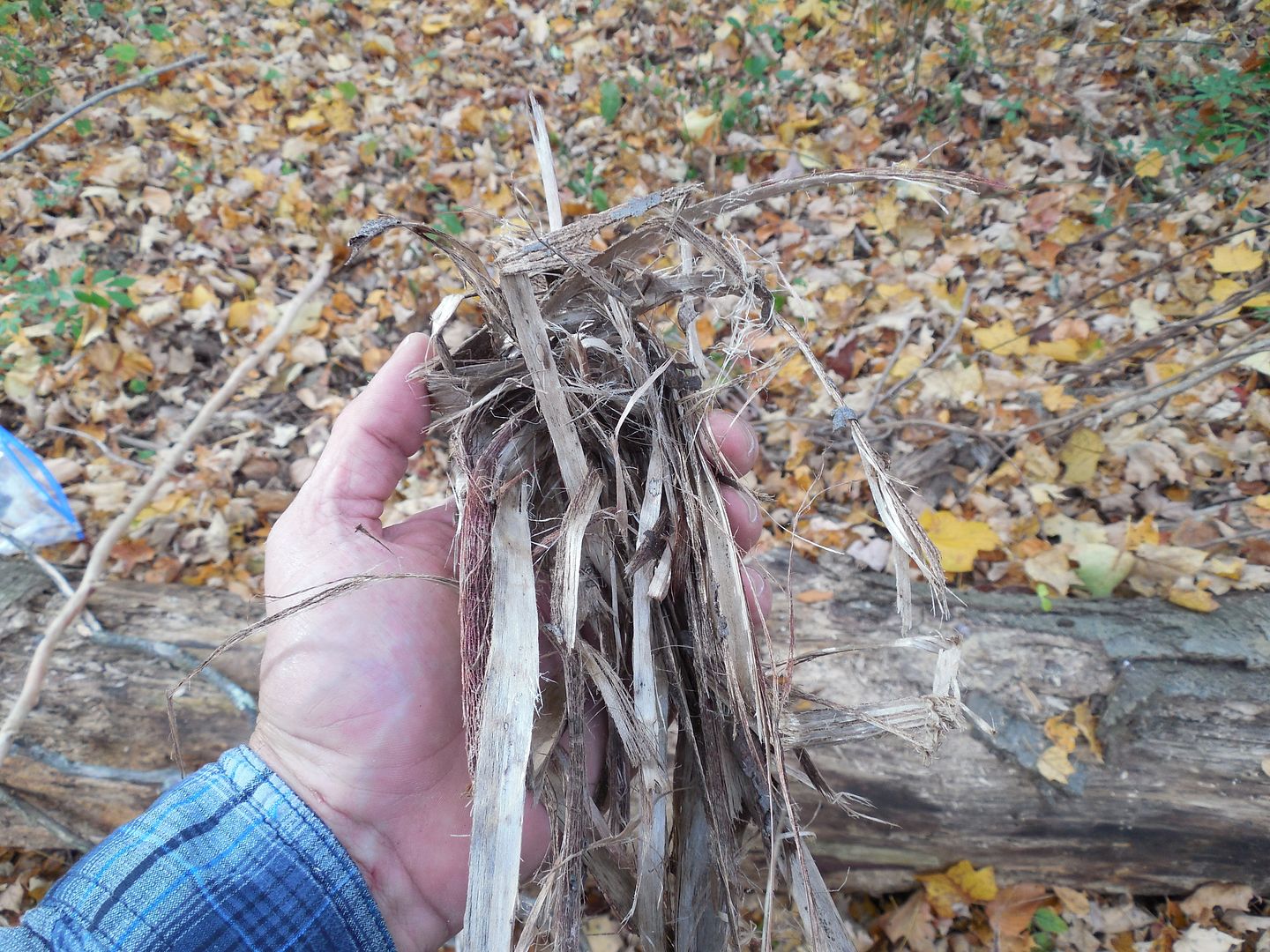
I found this quartz in a drainage area not too far from my pack. The leaves made the quartz more difficult to see but this was a good start.
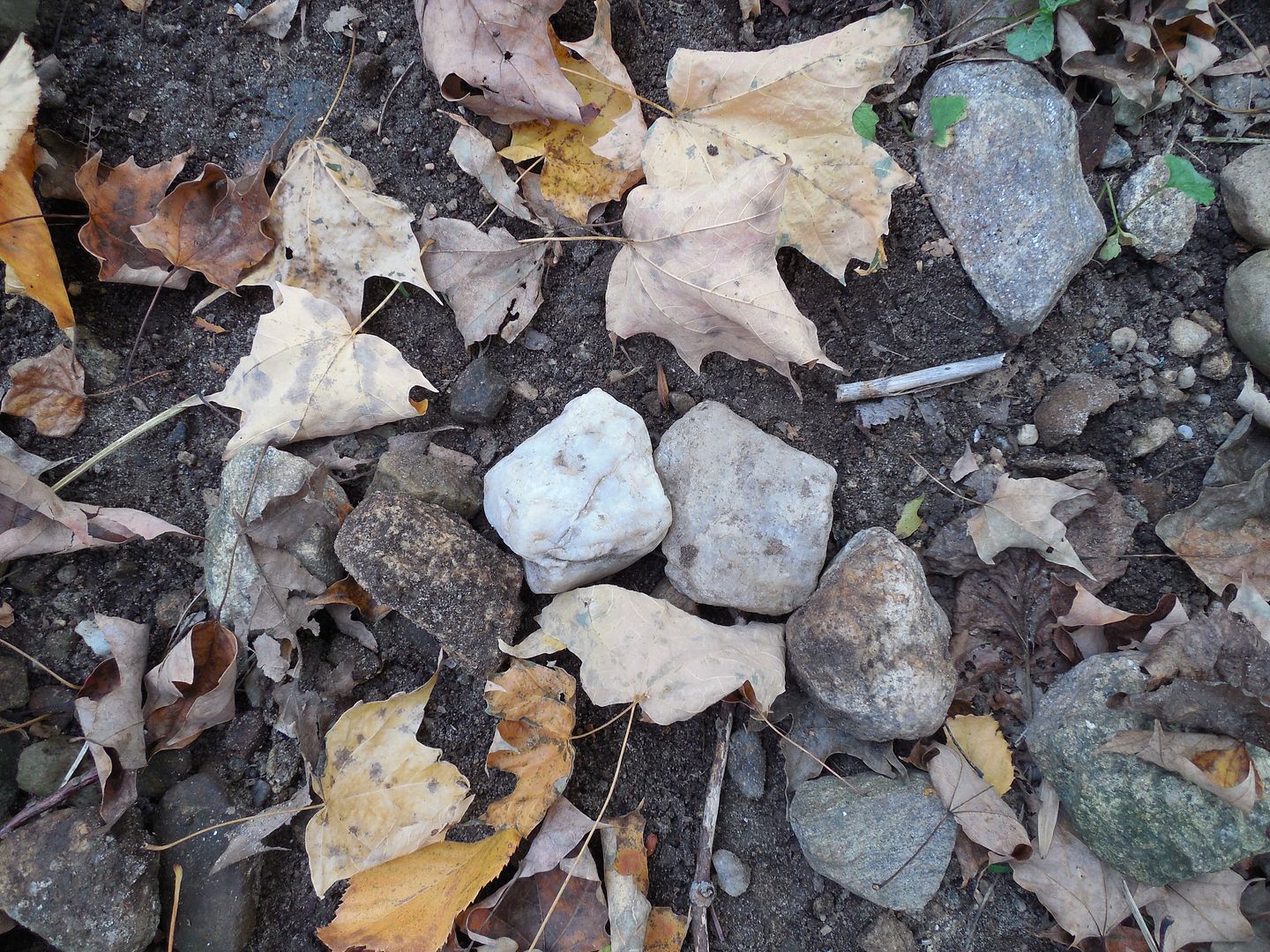
And what do we have here? Looks like punky Black birch. Punkwood can make for a good coal extender and natural charred materials. I found punkwood smoke seems to deter mosquitoes however it was too cold for them.
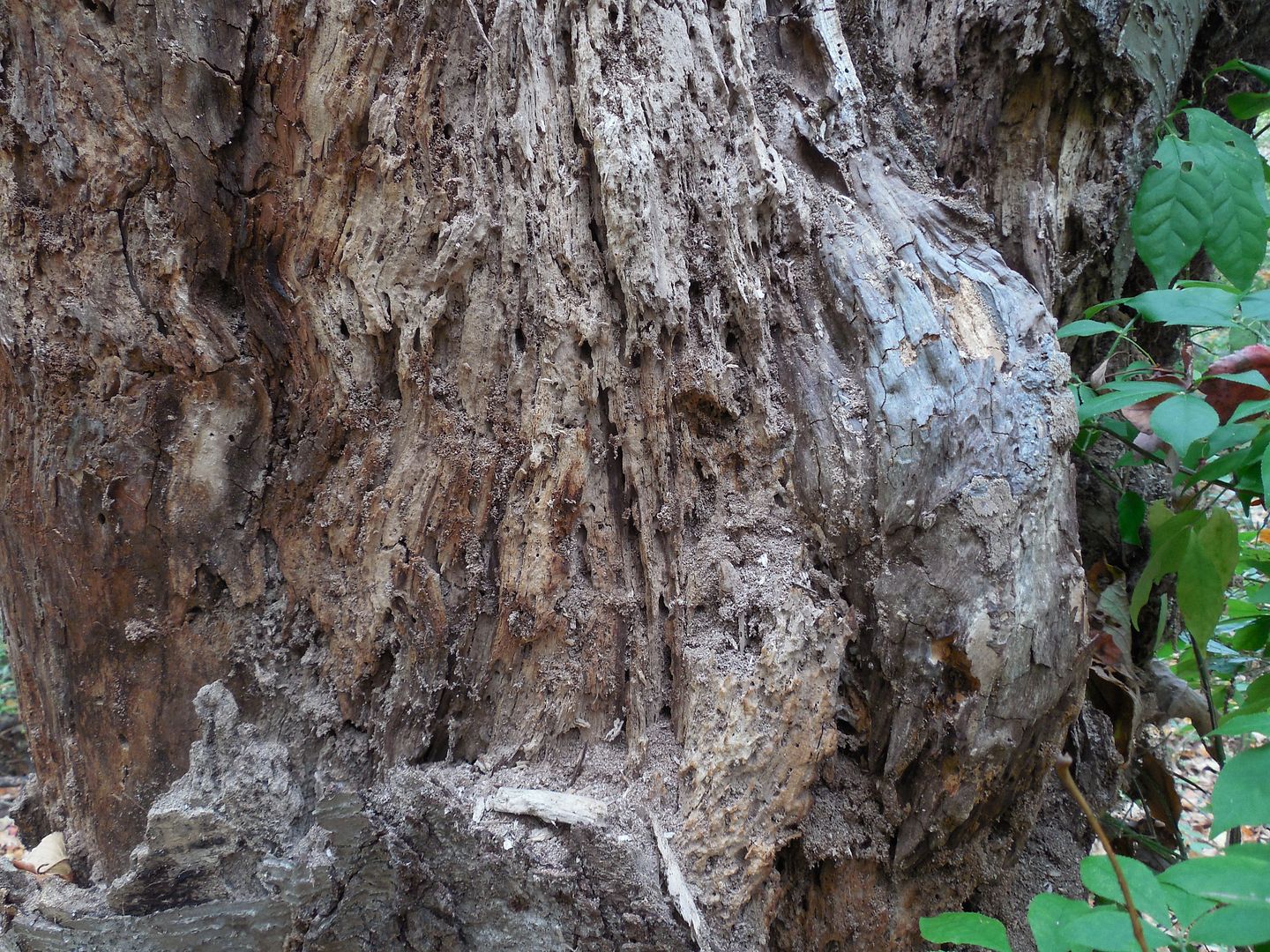
End of Part 1. Here is a video of part 1.
[video=youtube;L_gSTSSuMFY]https://www.youtube.com/watch?v=L_gSTSSuMFY[/video]
Part 2. Nuts, hydrocarbons, water and camp.
I was feeling rather good if not a bit dry. That firecraft monkey was still on my back but kept on moving. I still wanted to go fishing but also needed to find water and a camp. The food foraging continues. I found several species of hickory which was good as some produced and others not so much. Hickory nut bark. This might be a mockernut hickory but not sure and it really doesn't matter as though some are better than others in my area they all seem to be perfectly edible.

Green and still in it's husk. Green Hickory nuts are extremely bitter. This one isn't ready yet.
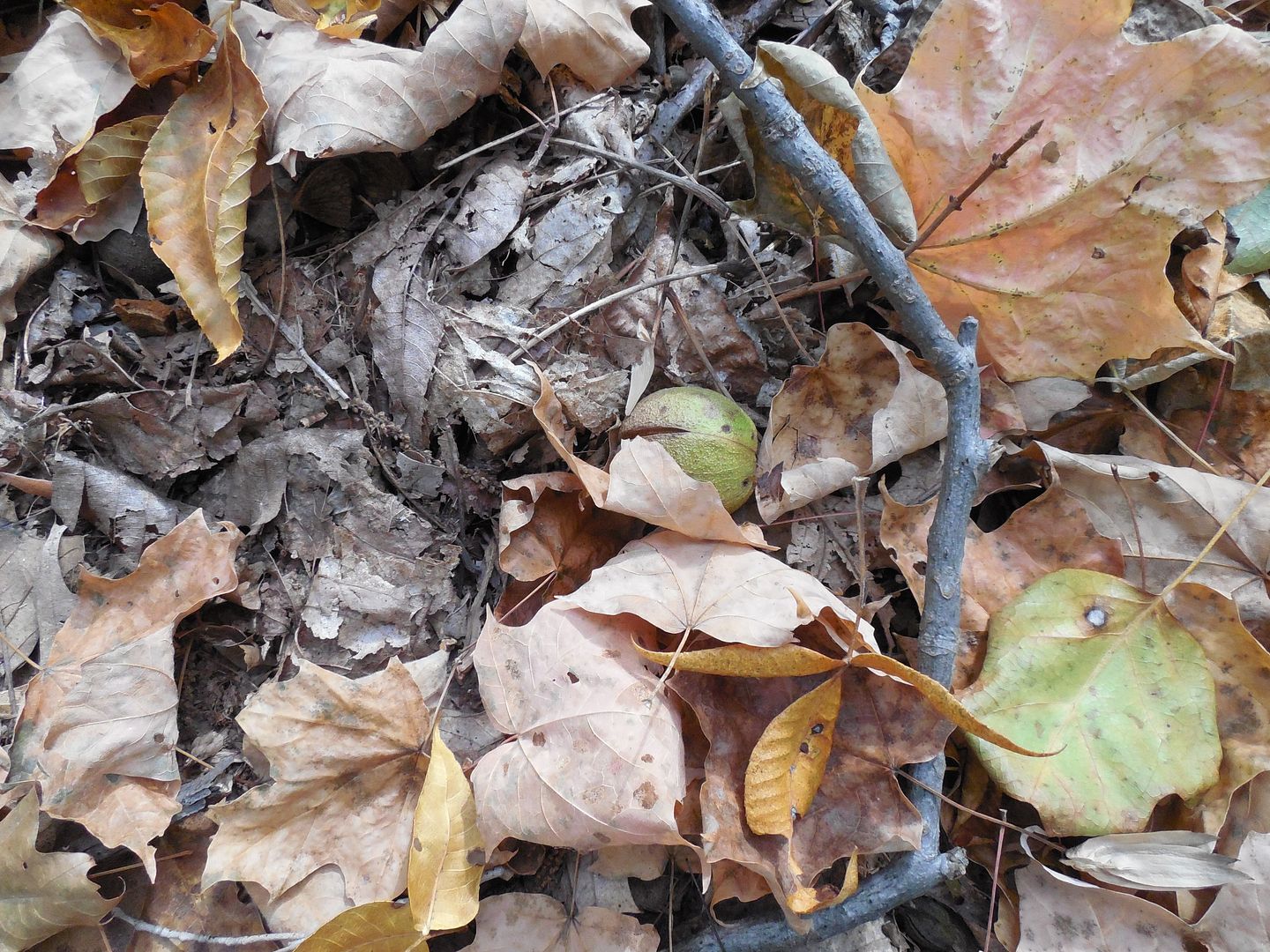
Oh nice. Out of the shell!
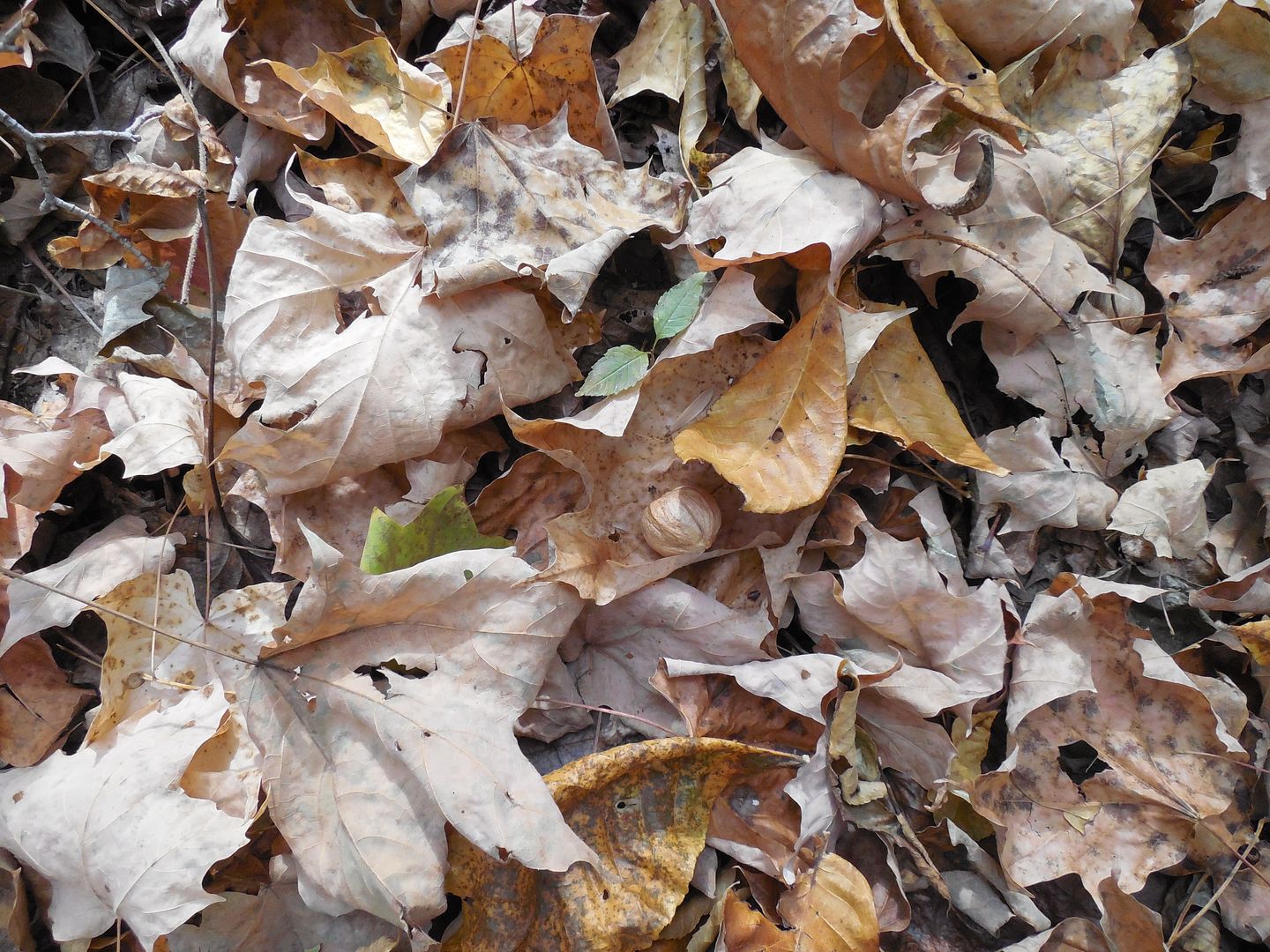
The green ones are just for show as they're a no go but the rest are perfect!

I am hungry so lets have a snack. I find using two rocks is the best way to crack both Hickory and Black Walnuts. It's best not to go all planet of the apes. Tap them between two rocks at first fracturing the shell. Add more force if needed however too much force will pulverize the nut. I think Hickory nuts are some of the best Fall forage. IMHO they rival most nuts purchased at the market. Like many wild edibles they don't run away. I didn't have to set a figure 4 trap or other contraption. I didn't have to fight them. They were just on the ground for the gathering.
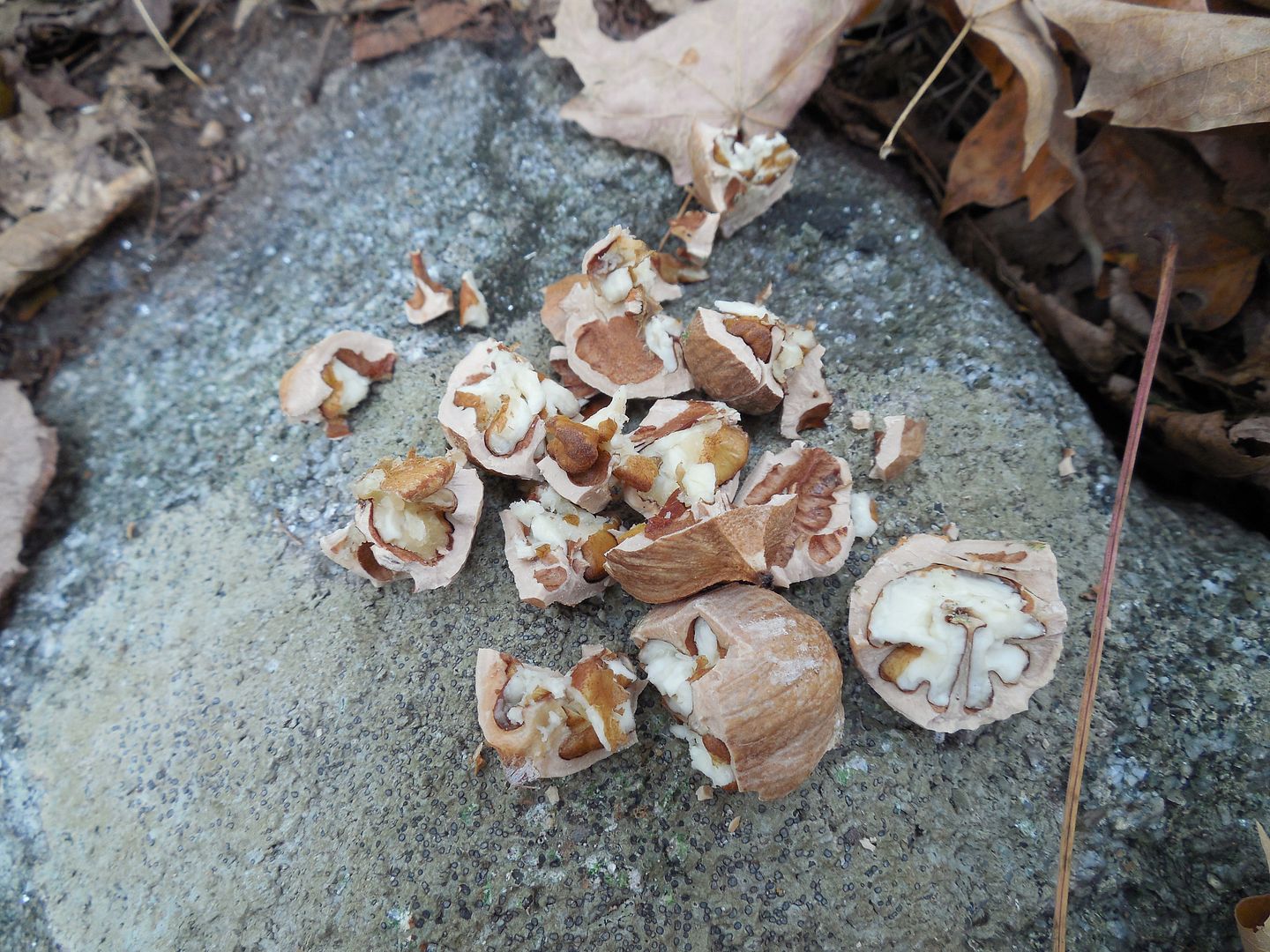
Time to get water then decide on my next course of action. Do I fish or forage some more before setting up camp? For now I had to watch my footing as the leaf litter was covering gaps and openings between these rocks.

This brook which does hold trout was so low that even getting water was a challenge. I feared this would be the case based on my previous scouting. It was so dry fishing was more of a question mark than anything else. I would have to try my luck the next day in another stream.
Bad news for fishing but at least there was water.
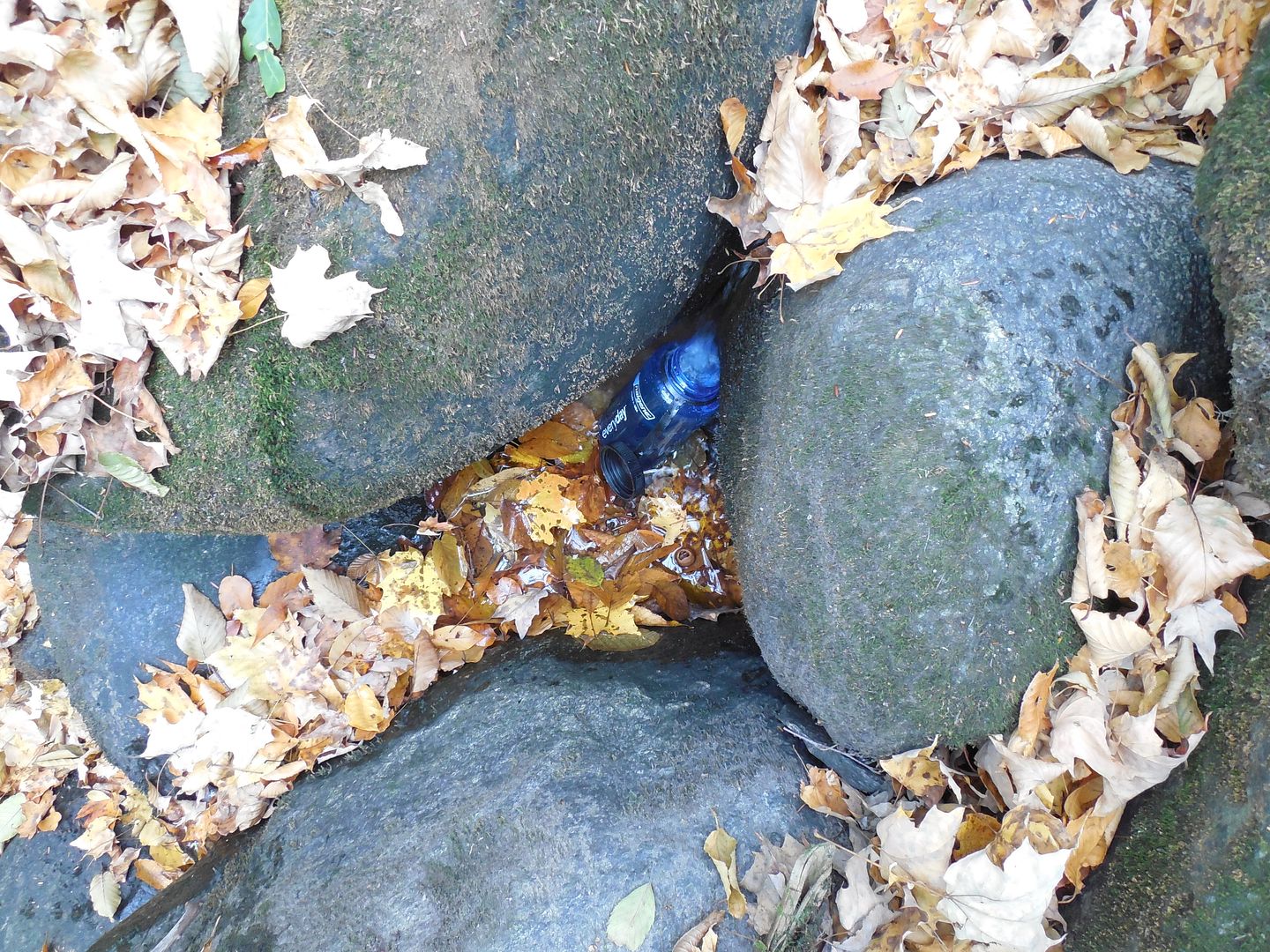

But there is a problem. I only have one canteen. When it comes to foraging containers are a big part. Without something to hold water, food and other forage items you're very limited. I am used to having more than enough water storage capacity so for now would have to improvise. My kettle can hold about the same as the Nalgene so decided to carry it full. This proved to be a pain in the back side. I could do multiple trips to the brook however it's a very rocky area and I don't want to be hiking around from camp at night even with the headlamp.
Decided to boil the kettle water first in camp then worry about what to do with the Nalgene after. Odds are I would dump the water from the Nalgene into the kettle to be boiled once that was empty. Normally I like to have containers designated for just potable water but that really wasn't practical given the limitations. For now I would be walking around with a full kettle.

Some more quartz this time encrusted in these rocks. Used a smaller rock to smash a chunk off. Quartz can be inconsistent in it's ability to toss a spark off carbon steel. Sometimes it's great, other times it just crumbles. The life of the sharp edge on quartz tends to be short. As this has just gotta work best to get a multiple samples.
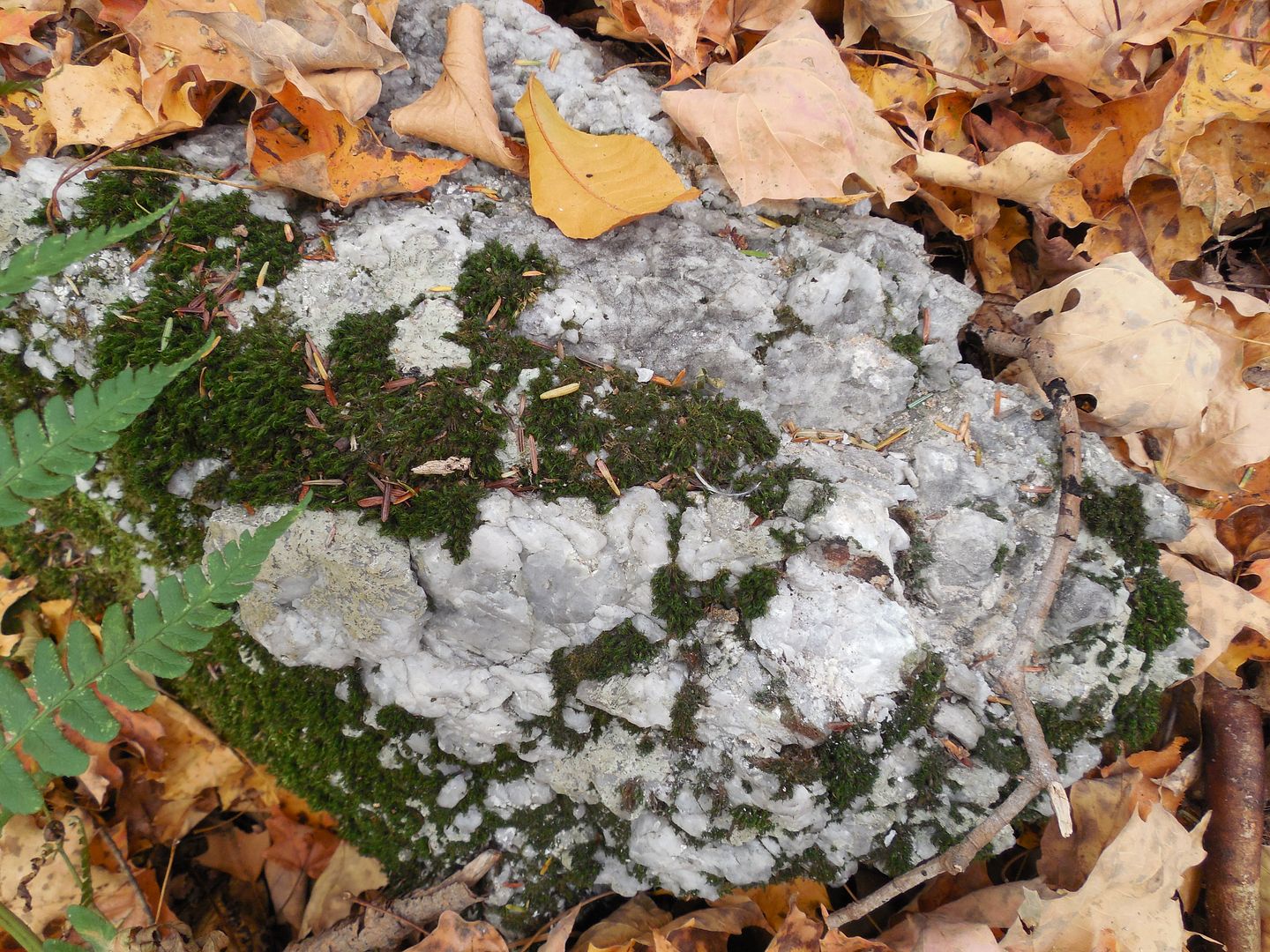
More punky wood, this time it looks like Hemlock which often has nice punkwood for firecraft. In the same area found Yellow birch bark. Happy about that as the kettle was getting on my nerves.
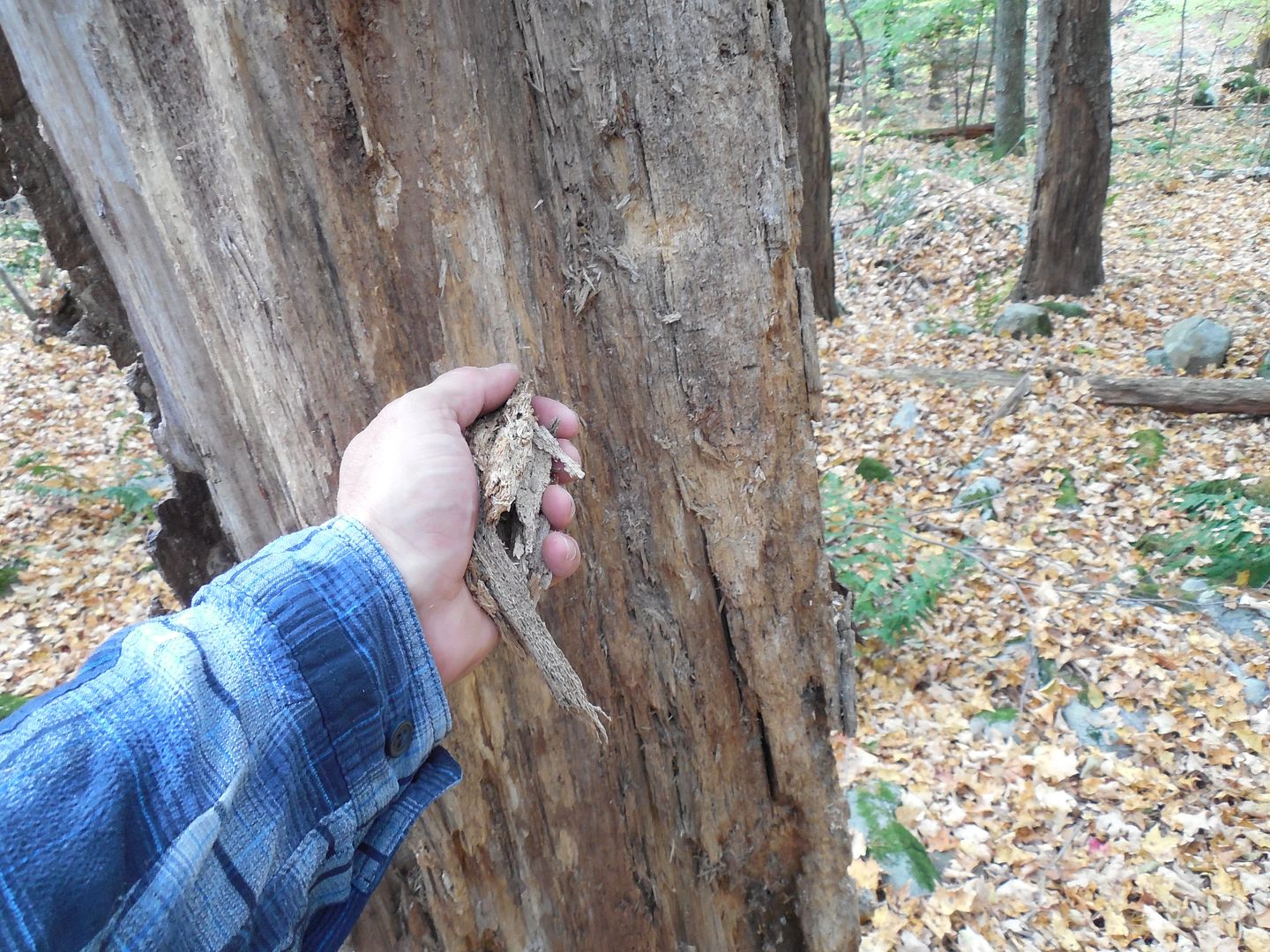

Daylight is burning. I really have got to settle down for the night and start to boil my water. Some food would be nice as well. This spot seemed to be ideal for a Fall foraging hammock camp.

So why was it good? First and foremost the site had properly spaced small trees for the hammock and near as I could tell low widowmaker risk.

It even has some wild edibles. Ate a few partridgeberries found around camp. The location was near more Hickory nuts and not all that far from the brook though the distance was still more than I would like for a simple water run in the dark if needed.
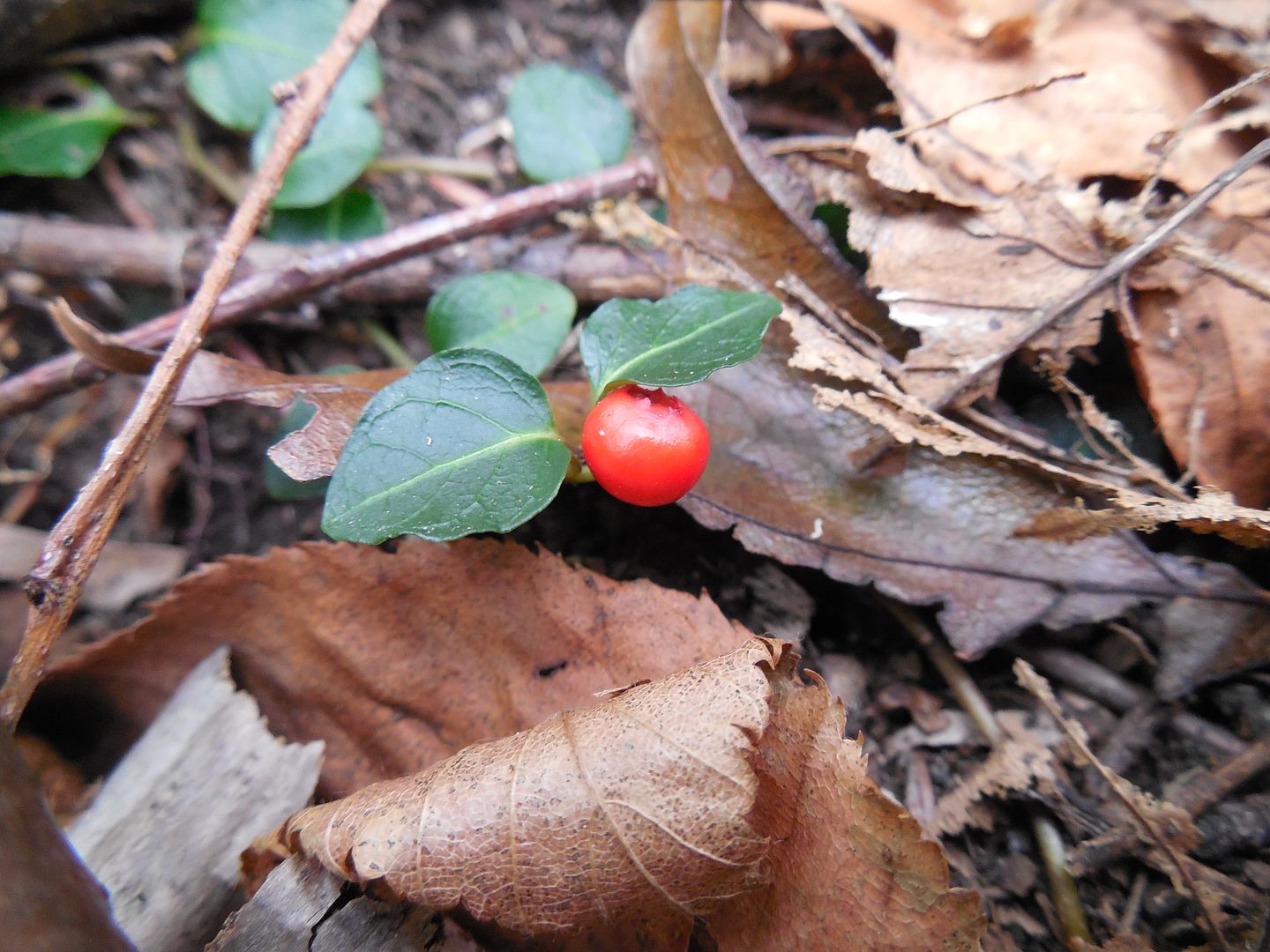
There was more quartz here than any other place during the outing.
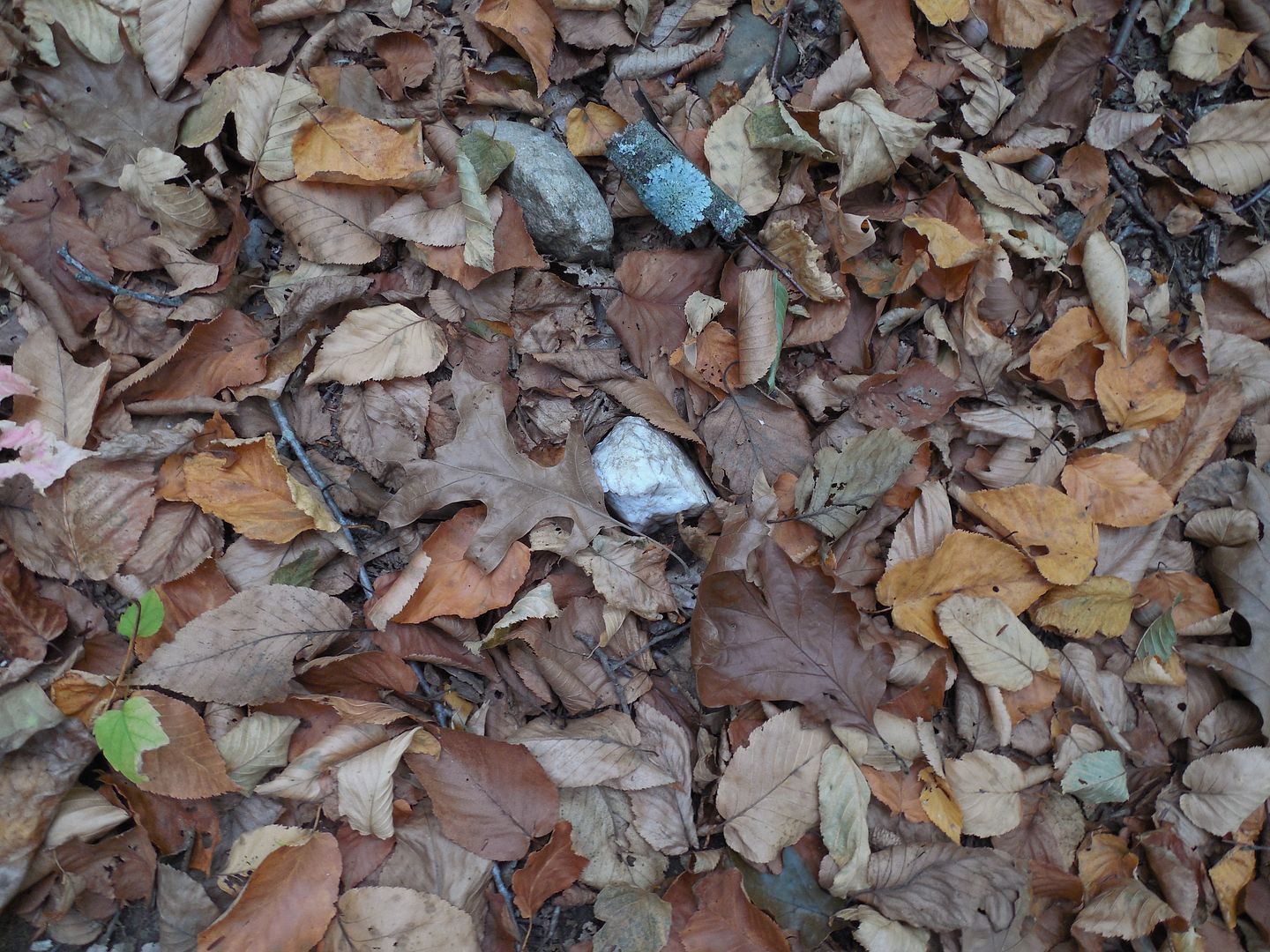
Speaking of quartz it was time for knapping. This knapping technique involves years of practice. One must understand complex physics such as objects heavier than air will drop and often things will break into small pieces when smashed by rocks. As stated complex stuff! I am looking for sharp edges. The leaves ate up many of the smaller broken pieces but found enough after during the smashing session.

My camp. Nothing fancy but then again there is really nothing fancy going on. Just what's required to get the job done.
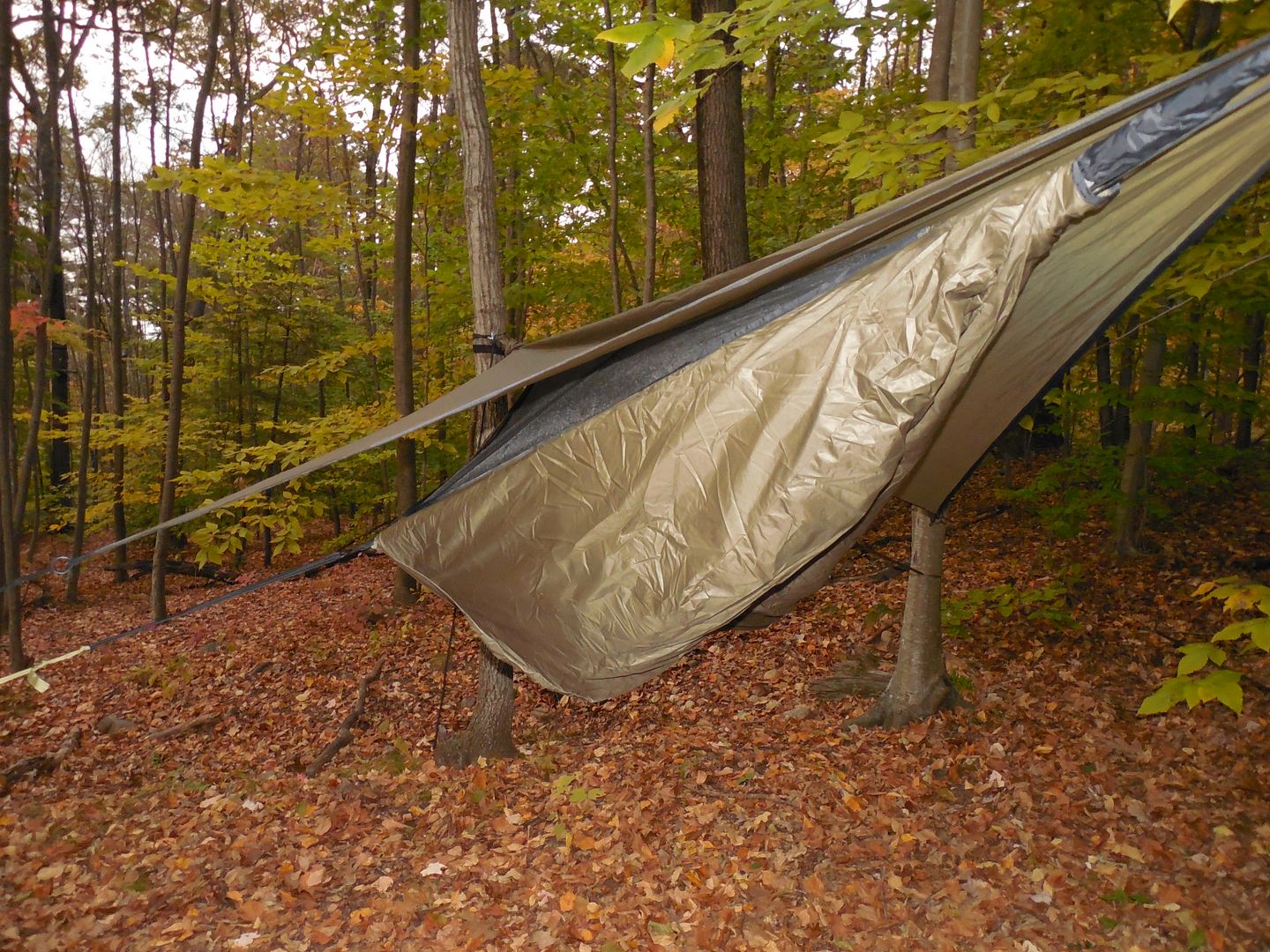
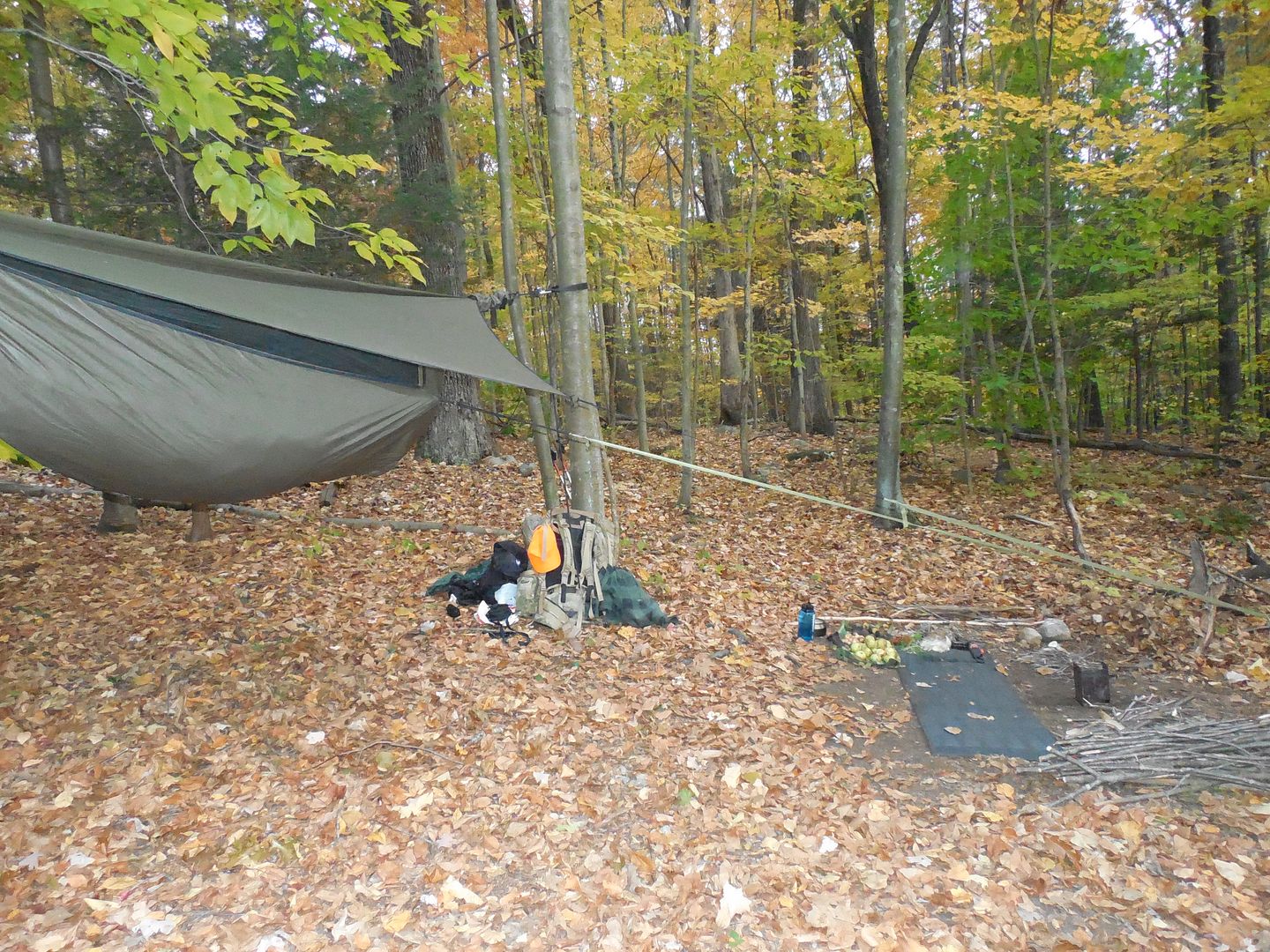
The harvest. My foraging including the friction fire woods and water.

The area had plenty of easy to find and process wood. The conditions were very dry. Lots of rocks to make a fire ring but decided to use the hobo stove for safety. It was that dry and with all of those leaves around it just seemed like the smarter play. There would be both pros and cons to this decision. The immediate pro being a hobo stove doesn't burn much wood.
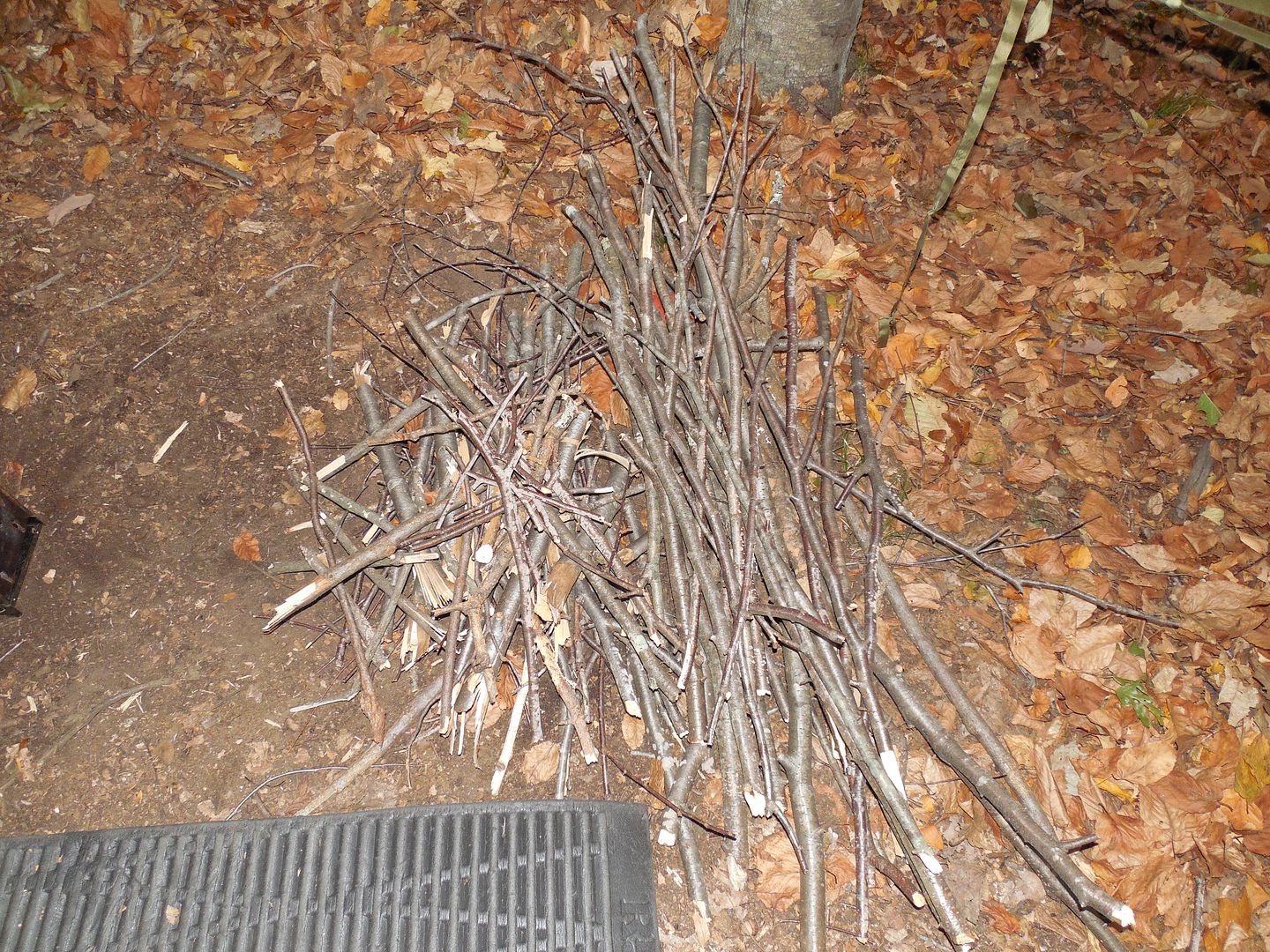
Camp rocks to crack nuts and for other uses as well. The quartz is ready to GO!

Wild apples, hickory nuts and Black walnuts.

Wild carrot, wild scallions and onion, rose hips, punkwood, cedar bark tulip poplar bark and milkweed.
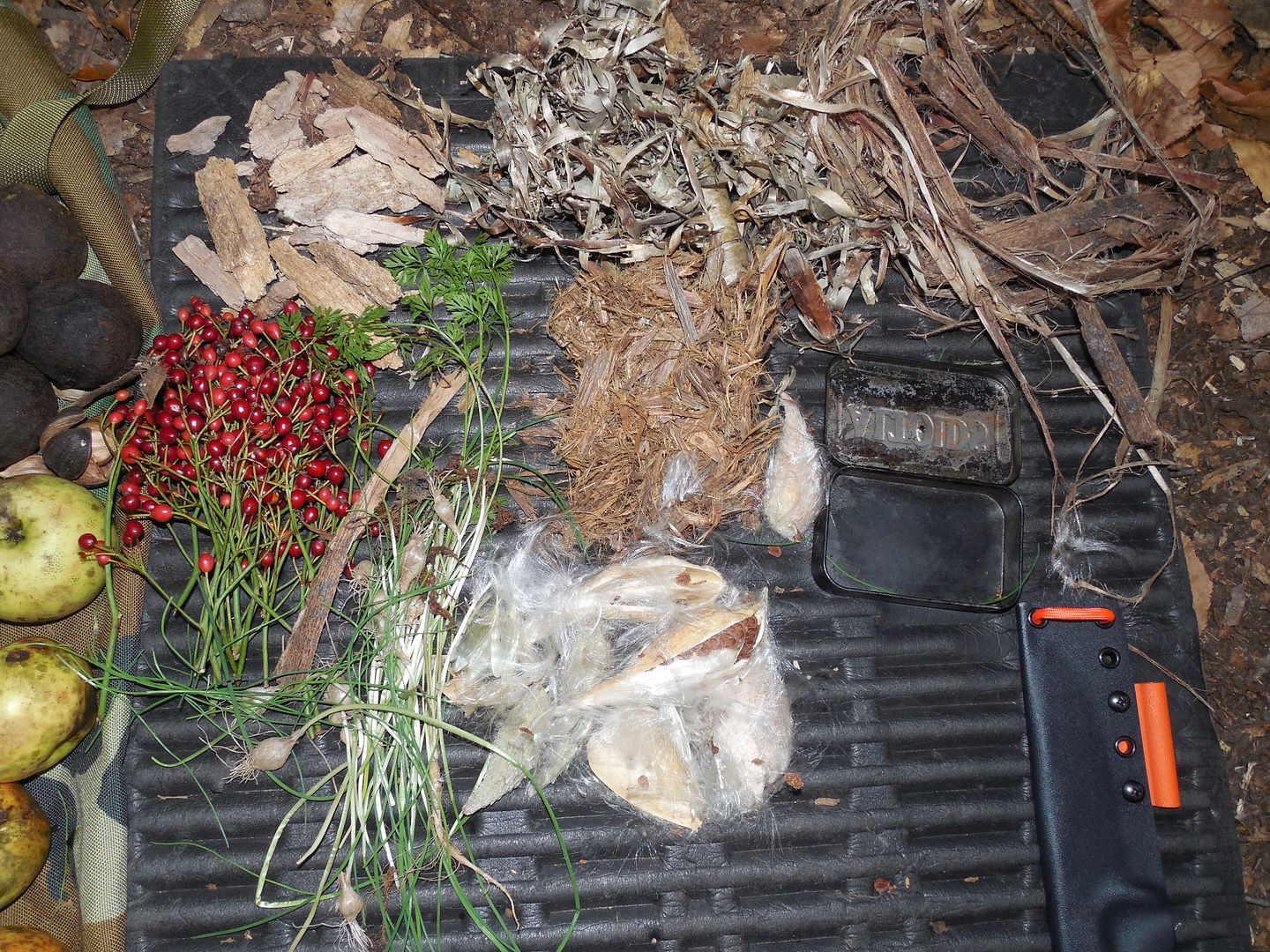
Don't these rose hips look wonderful!
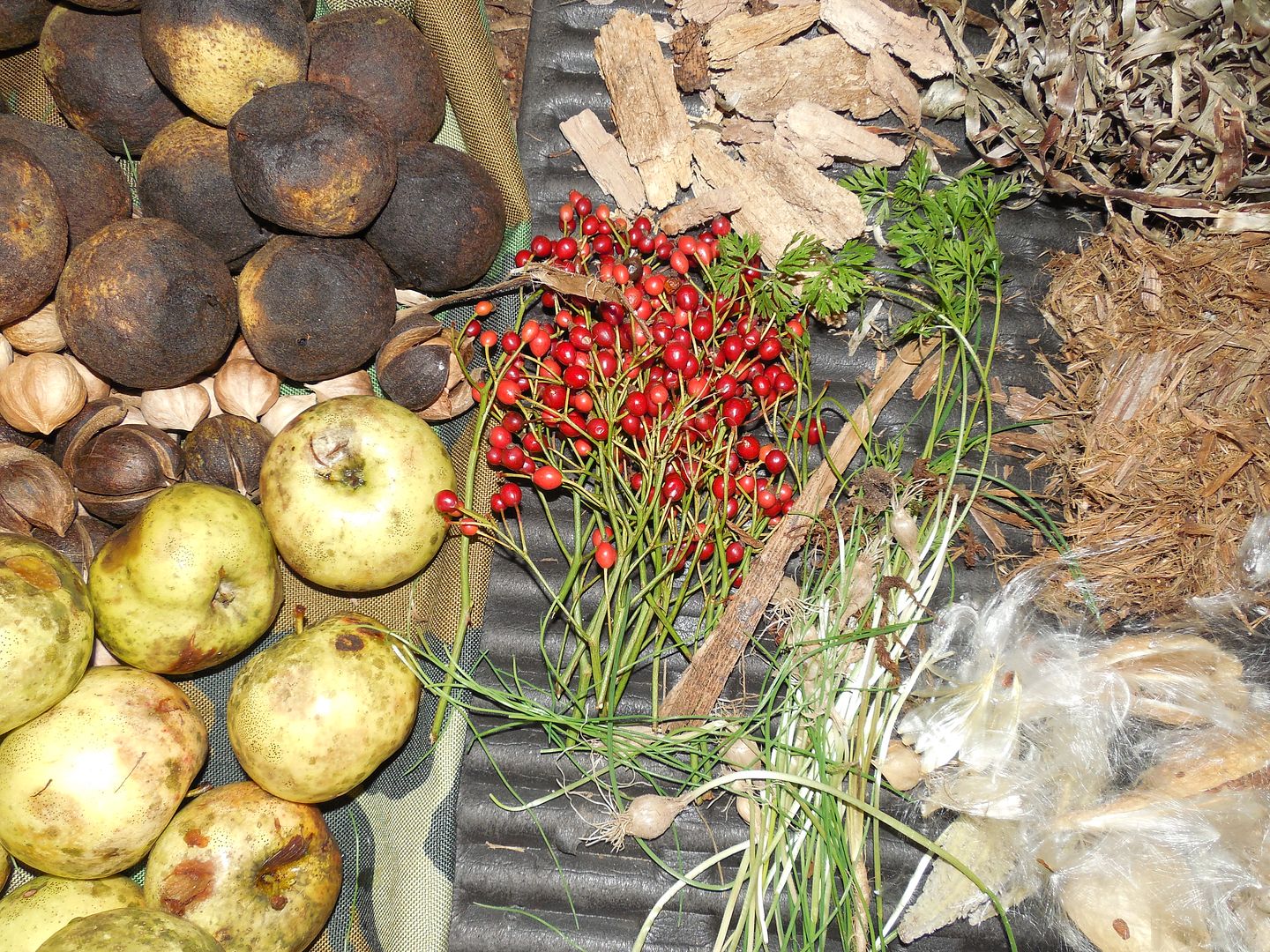
End of Part 2. Here is a video of part 2.
[video=youtube;iXZ9M6F-2g4]https://www.youtube.com/watch?v=iXZ9M6F-2g4[/video]
1. No firesteel, matches, lighters or charred materials unless I char them in the field.
2. No food.
3. No water.
4. Only one packed canteen which will be dry.
5. No water filter or tabs.
6. Poncho for rain gear.
7. Only one edged tool.
8. Tenkara setup for fishing.
9. Only one kettle, pot or pan. No cups, bowls or spoons etc etc etc.
10. Maybe a firearm for hunting.
11. 2.5 days. This will really put the pressure on getting a fire going for purify water.
The goal was to live out of my pack, using only my feet once disembarking from the vehicle. I intended to forage for my consumable needs. In my view water, fire and food are different strands of the same foraging rope. To acquire each of them from environment is to complete the puzzle. A pack is both a person's wings and their albatroz at the same time. There are limitations on how far someone can travel for what they need. During foraging outings decisions must be made as to what's worth the effort. I believe scouting before such an outing is important. I did my scouting, posting the results later in this thread.
My plan was to use 8-10 miles of blue trail to increase my range on foot. These trails link up with multiple environments giving me an advantage in terms of distance on foot and resource acquisition. Also the trail links up with streams for fishing and areas to camp. As the goal was foraging I packed all of my shelter and insulation needs. Let's take a look at my gear.

In addition to these items I have a Hennessy Hammock, UL sleeping bag, clothing and poncho. Here is a list which may or may not be total. No one is perfect so it is what it is.
1. Empty Nalgene canteen.
2. Oyster shells.
3. Chunk of chaga.
4. Empty Altoids tin.
5. GSI Stainless kettle.
6. WCF knife.
7. Bag of bags.
8. Fenix HL50 headlamp.
9. Tenkara rod and kit.
10. Firebox hobo stove.
11. TP.
12. Poncho.
13. Bandana.
So off to the Fall foraging and hiking.
Part 1. The gathering.
I first feared there would be no hickory nuts as checked out several spots along my path. However hit paydirt!

I want the husk black or better yet out of the husk.

Some wild scallions. I find these in spots which have enough sunlight along with rich soil though they can grow in multiple environments. Best part is they seem to thrive well into Fall. The green stems are the scallions.

If one digs down just a bit there are small onions. I believe onion grass is another name for these. I will be taking them to eat.

Hey look! It's a worm. No I am not going to be eating worms but they're bait. Found a few during the day without even looking.

Black Walnuts. These are native and a nice find. Tons of calories high in fat. I want the ones with black husks or better yet out of the husk. The shell is amazingly hard.

Milkweed pods. Milkweed is a useful plant but for this time of the year I will be seeking out the pods. This area has both open and closed pods. I will go more into this later. My primary target is the ovum within the pods and the fluff.

Rose hips. These are going to make some nice tea! Every rose has it's thorns but multi flora roses excel at this. Nasty things. They like the margins of fields and my advice is not to attempt to force your way through them without proper clothing and tools.

But the hips are good! It was a great year for them.

Wild apples. Actually apples aren't wild but were once planted in long forgotten orchards. They might look nasty compared to what's available in the market but they're not bad. It's a BIG score and will forage many. Looks like deer or something else has been chewing on them. Wild edibles is a game with many players, most of which are far better at it than myself.

The bark.

Food isn't the only resource I am foraging for. I still don't have a way to start a fire. No fire means no water because I don't have a filter or tabs either. I won't be risking waterborne illness just to test my skills. If I don't later succeed at starting a fire the game is over. Right by the apple tree was a fallen cedar. The bark wasn't prime but seemed good enough for a tinder bundle. The cedar branches might also make for a good friction fire set so took some as well. I started to notice my lack of a saw or axe. The knife did the trick for both jobs.

Even found some dead White pine. Going to take this cedar and White pine for a friction fire set.

I used my knife to both remove and fluff the bark at the same time. Looks like I am starting to have the makings of two different methods of starting a fire. The more options the better.

Wild carrots or rather carrot. Seems their numbers were sparser than I expected. Oh well.

Not exactly a feast but will make for a snack later on. This is one wild edible which proper ID is very important. It's possible to mix up the ID with Hemlock so make 100% sure as this is a fatal mistake. Like all wild edibles if not 100% certain don't eat them.

I still have that fire problem. I would really prefer a Bic lighter or ferro rod but unfortunately don't have them, not even as backups. A fire failure would mean an outing/challenge failure. My goal is to use items only foraged on this outing too make and sustain a fire however have contingencies.
1. I could find quartz and use that to toss a spark off the spine of my knife. That spark would hopefully be caught by the previously foraged chaga. That coal could then be blown into flames.
2. Use the previously foraged shells as a bearing block for a foraged bowdrill set.
But that really wouldn't accomplish my goal as those resources were foraged before this outing. I do have some milkweed fluff and ovums foraged during this outing. The ovum might catch a spark and the fluff could then be used within a cedar tinder bundle. It could also be charred for future use during this outing. But to do all of this I would need a rock and not any old rock would do. My pack was starting to get on the heavier side with all those apples and nuts. Time to stop to look for those rocks and assess the situation.

I noticed this Tulip Poplar branch. It might make for good friction fire materials however that bark is just screaming tinder bundle. It could make for natural charred materials as well.


I found this quartz in a drainage area not too far from my pack. The leaves made the quartz more difficult to see but this was a good start.

And what do we have here? Looks like punky Black birch. Punkwood can make for a good coal extender and natural charred materials. I found punkwood smoke seems to deter mosquitoes however it was too cold for them.

End of Part 1. Here is a video of part 1.
[video=youtube;L_gSTSSuMFY]https://www.youtube.com/watch?v=L_gSTSSuMFY[/video]
Part 2. Nuts, hydrocarbons, water and camp.
I was feeling rather good if not a bit dry. That firecraft monkey was still on my back but kept on moving. I still wanted to go fishing but also needed to find water and a camp. The food foraging continues. I found several species of hickory which was good as some produced and others not so much. Hickory nut bark. This might be a mockernut hickory but not sure and it really doesn't matter as though some are better than others in my area they all seem to be perfectly edible.

Green and still in it's husk. Green Hickory nuts are extremely bitter. This one isn't ready yet.

Oh nice. Out of the shell!

The green ones are just for show as they're a no go but the rest are perfect!

I am hungry so lets have a snack. I find using two rocks is the best way to crack both Hickory and Black Walnuts. It's best not to go all planet of the apes. Tap them between two rocks at first fracturing the shell. Add more force if needed however too much force will pulverize the nut. I think Hickory nuts are some of the best Fall forage. IMHO they rival most nuts purchased at the market. Like many wild edibles they don't run away. I didn't have to set a figure 4 trap or other contraption. I didn't have to fight them. They were just on the ground for the gathering.

Time to get water then decide on my next course of action. Do I fish or forage some more before setting up camp? For now I had to watch my footing as the leaf litter was covering gaps and openings between these rocks.

This brook which does hold trout was so low that even getting water was a challenge. I feared this would be the case based on my previous scouting. It was so dry fishing was more of a question mark than anything else. I would have to try my luck the next day in another stream.
Bad news for fishing but at least there was water.


But there is a problem. I only have one canteen. When it comes to foraging containers are a big part. Without something to hold water, food and other forage items you're very limited. I am used to having more than enough water storage capacity so for now would have to improvise. My kettle can hold about the same as the Nalgene so decided to carry it full. This proved to be a pain in the back side. I could do multiple trips to the brook however it's a very rocky area and I don't want to be hiking around from camp at night even with the headlamp.
Decided to boil the kettle water first in camp then worry about what to do with the Nalgene after. Odds are I would dump the water from the Nalgene into the kettle to be boiled once that was empty. Normally I like to have containers designated for just potable water but that really wasn't practical given the limitations. For now I would be walking around with a full kettle.

Some more quartz this time encrusted in these rocks. Used a smaller rock to smash a chunk off. Quartz can be inconsistent in it's ability to toss a spark off carbon steel. Sometimes it's great, other times it just crumbles. The life of the sharp edge on quartz tends to be short. As this has just gotta work best to get a multiple samples.

More punky wood, this time it looks like Hemlock which often has nice punkwood for firecraft. In the same area found Yellow birch bark. Happy about that as the kettle was getting on my nerves.


Daylight is burning. I really have got to settle down for the night and start to boil my water. Some food would be nice as well. This spot seemed to be ideal for a Fall foraging hammock camp.

So why was it good? First and foremost the site had properly spaced small trees for the hammock and near as I could tell low widowmaker risk.

It even has some wild edibles. Ate a few partridgeberries found around camp. The location was near more Hickory nuts and not all that far from the brook though the distance was still more than I would like for a simple water run in the dark if needed.

There was more quartz here than any other place during the outing.

Speaking of quartz it was time for knapping. This knapping technique involves years of practice. One must understand complex physics such as objects heavier than air will drop and often things will break into small pieces when smashed by rocks. As stated complex stuff! I am looking for sharp edges. The leaves ate up many of the smaller broken pieces but found enough after during the smashing session.

My camp. Nothing fancy but then again there is really nothing fancy going on. Just what's required to get the job done.


The harvest. My foraging including the friction fire woods and water.

The area had plenty of easy to find and process wood. The conditions were very dry. Lots of rocks to make a fire ring but decided to use the hobo stove for safety. It was that dry and with all of those leaves around it just seemed like the smarter play. There would be both pros and cons to this decision. The immediate pro being a hobo stove doesn't burn much wood.

Camp rocks to crack nuts and for other uses as well. The quartz is ready to GO!

Wild apples, hickory nuts and Black walnuts.

Wild carrot, wild scallions and onion, rose hips, punkwood, cedar bark tulip poplar bark and milkweed.

Don't these rose hips look wonderful!

End of Part 2. Here is a video of part 2.
[video=youtube;iXZ9M6F-2g4]https://www.youtube.com/watch?v=iXZ9M6F-2g4[/video]
Last edited:

